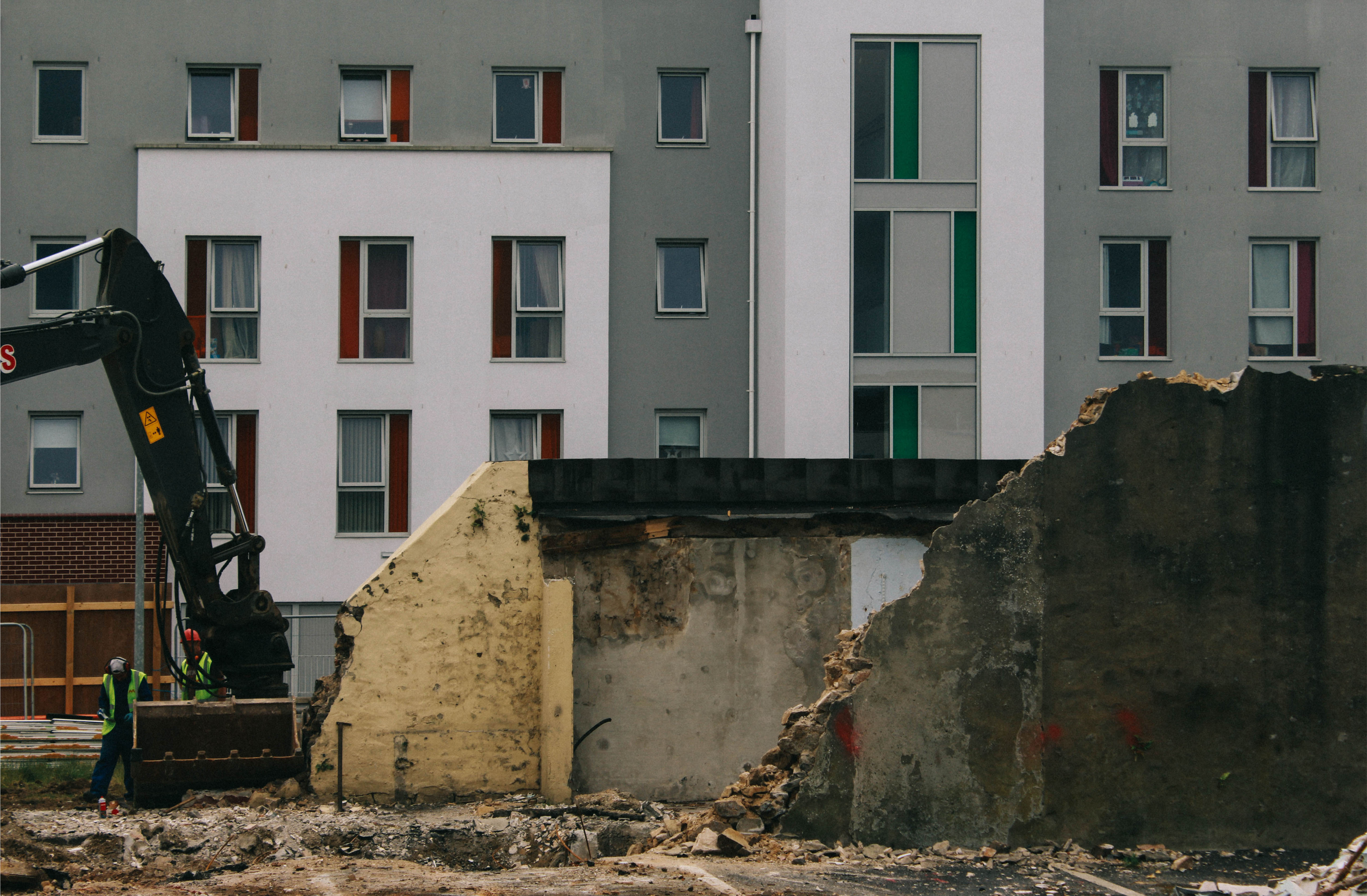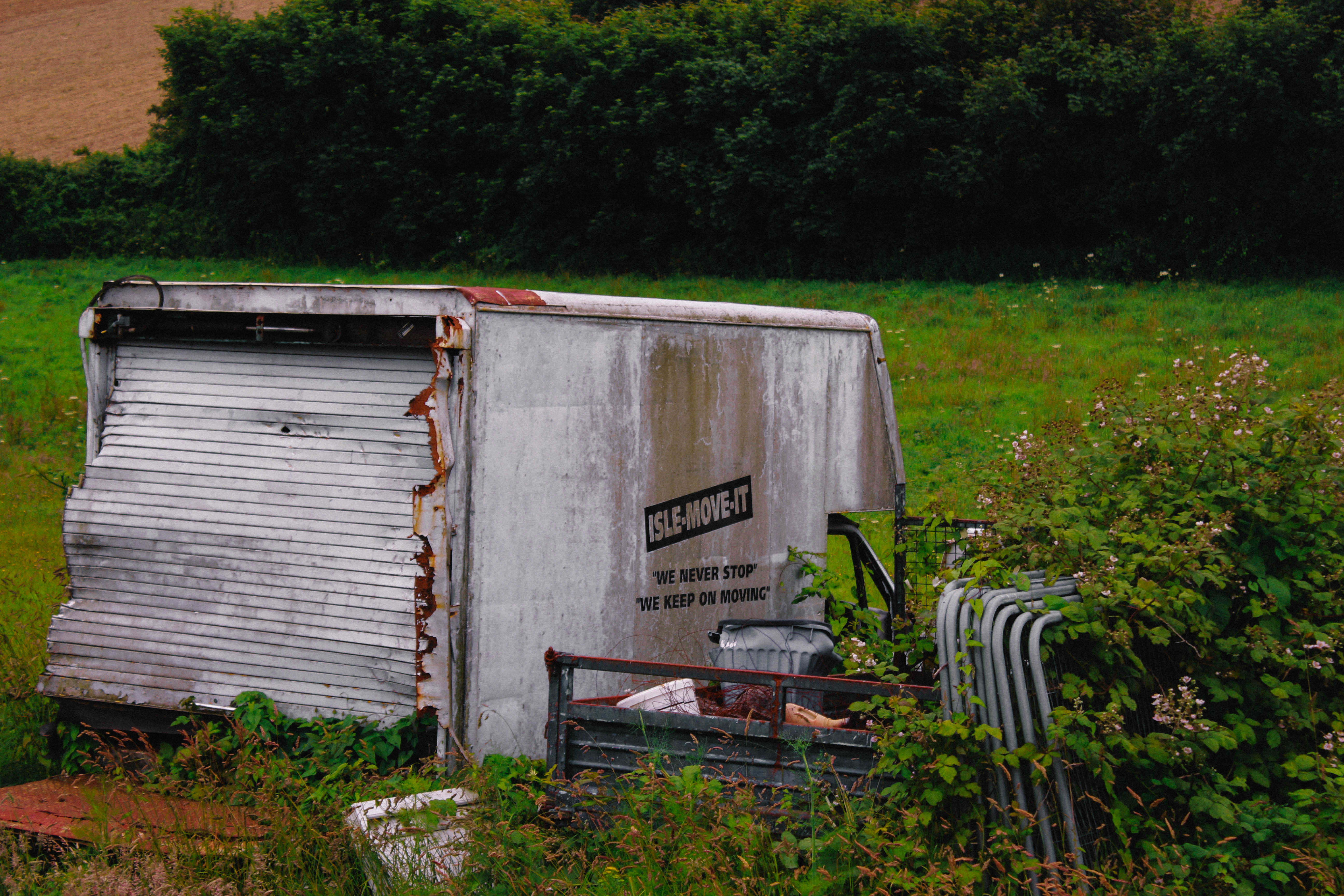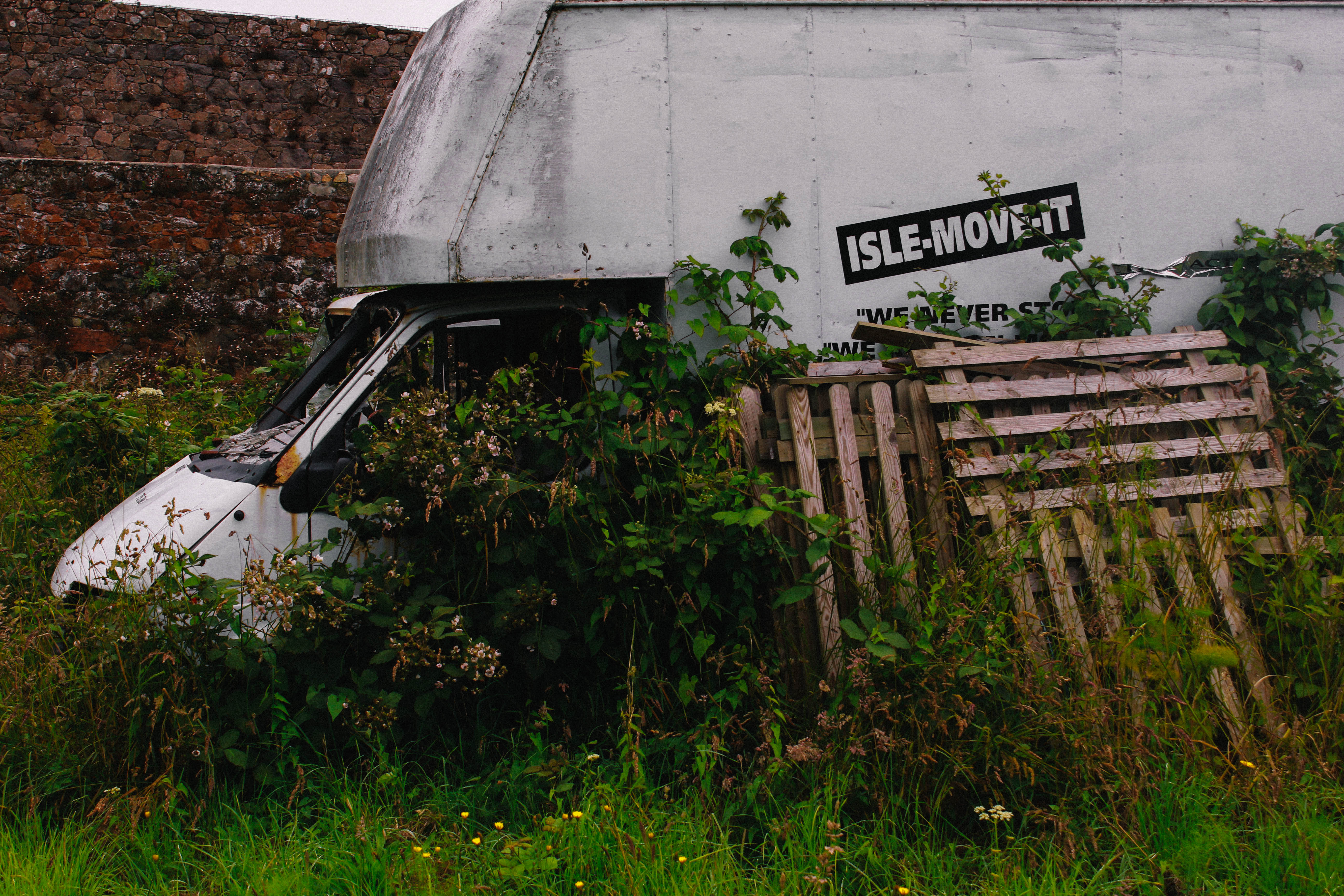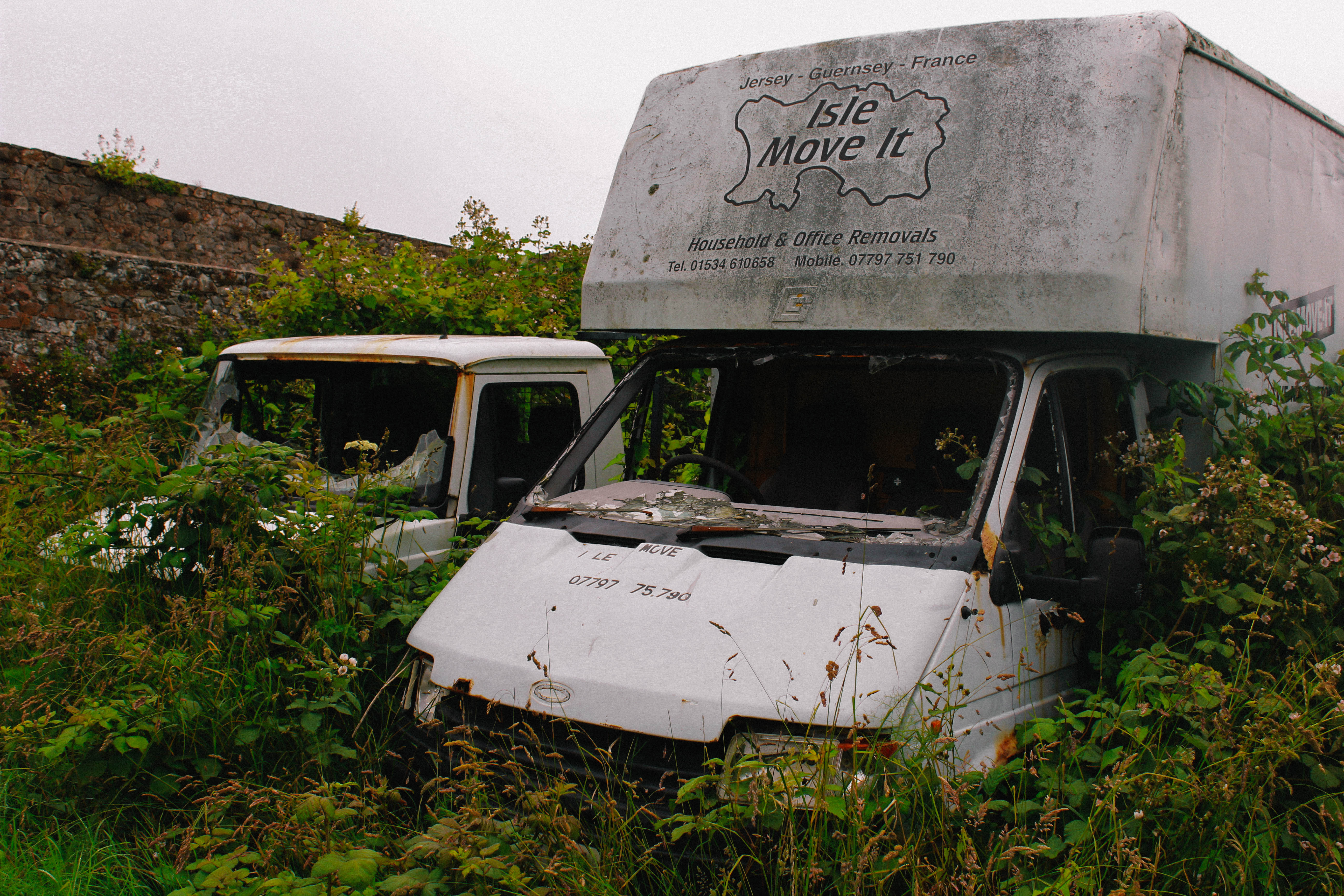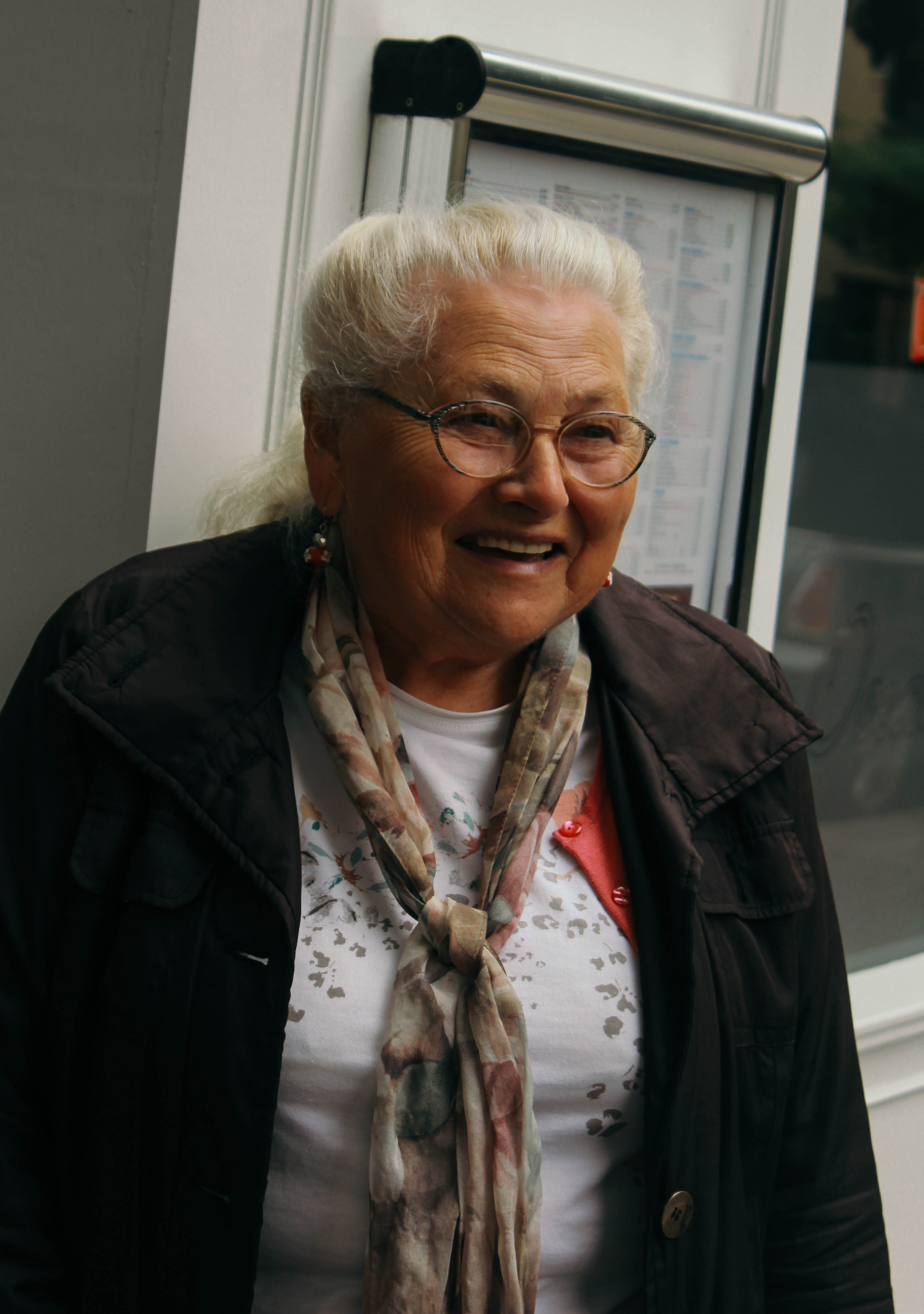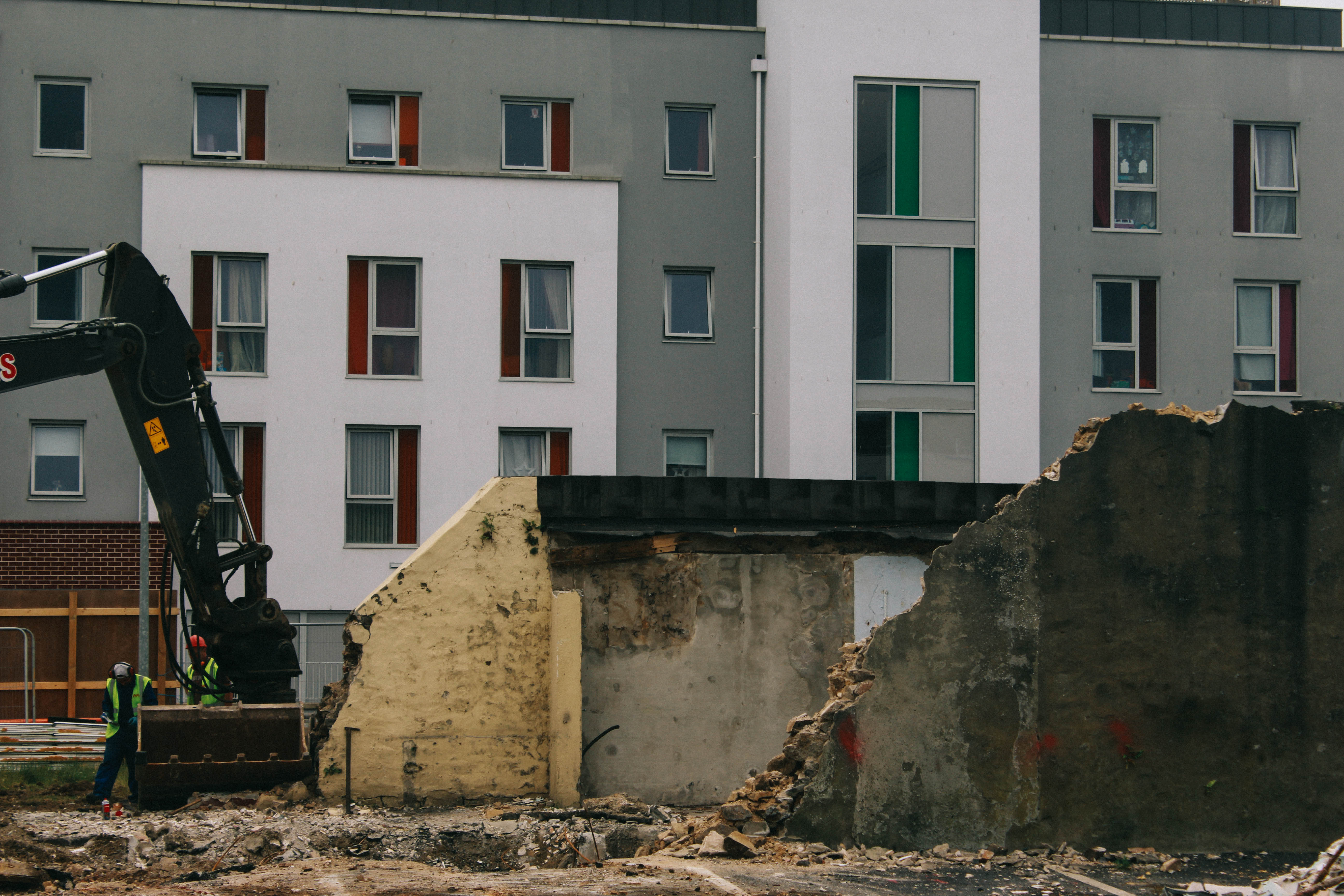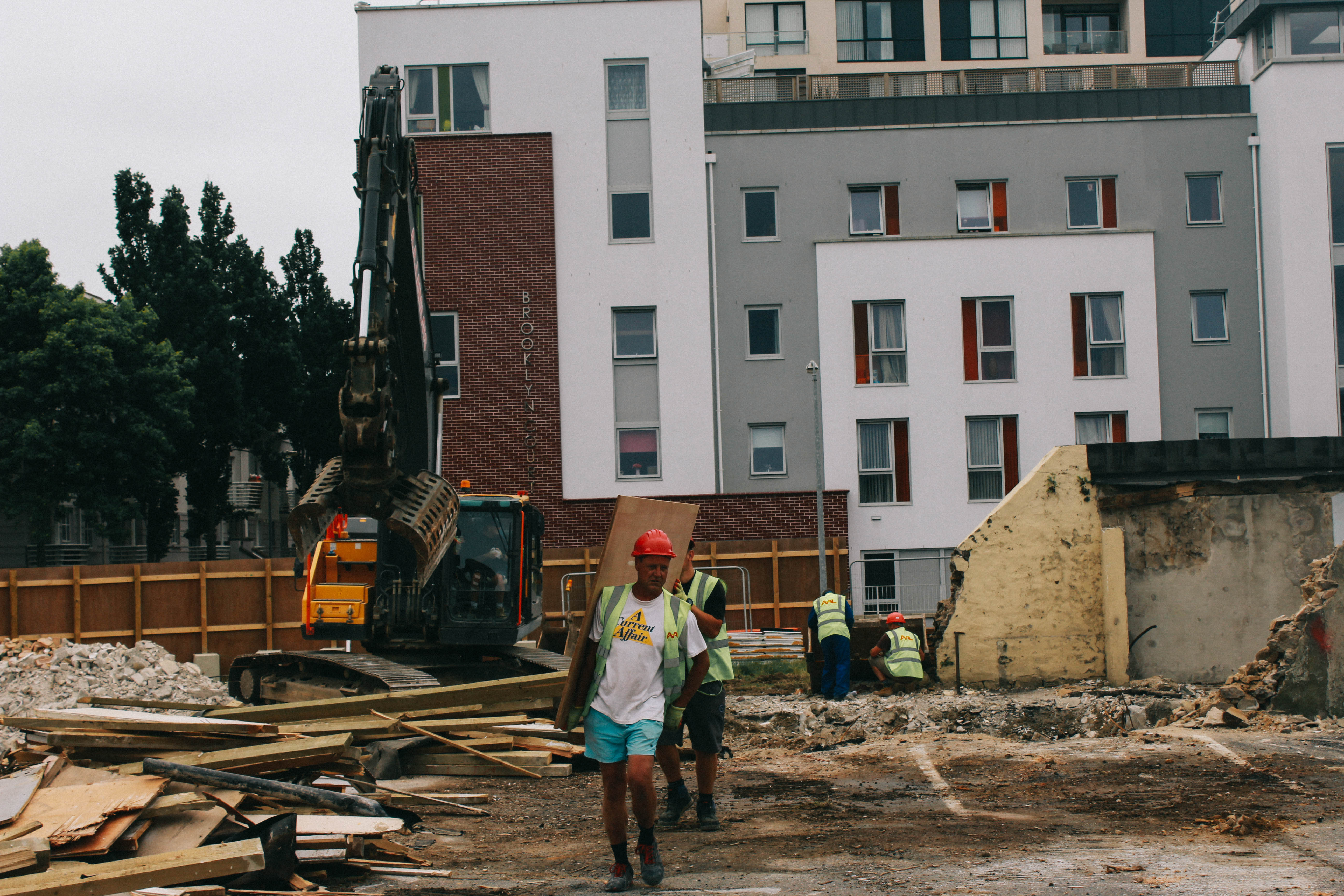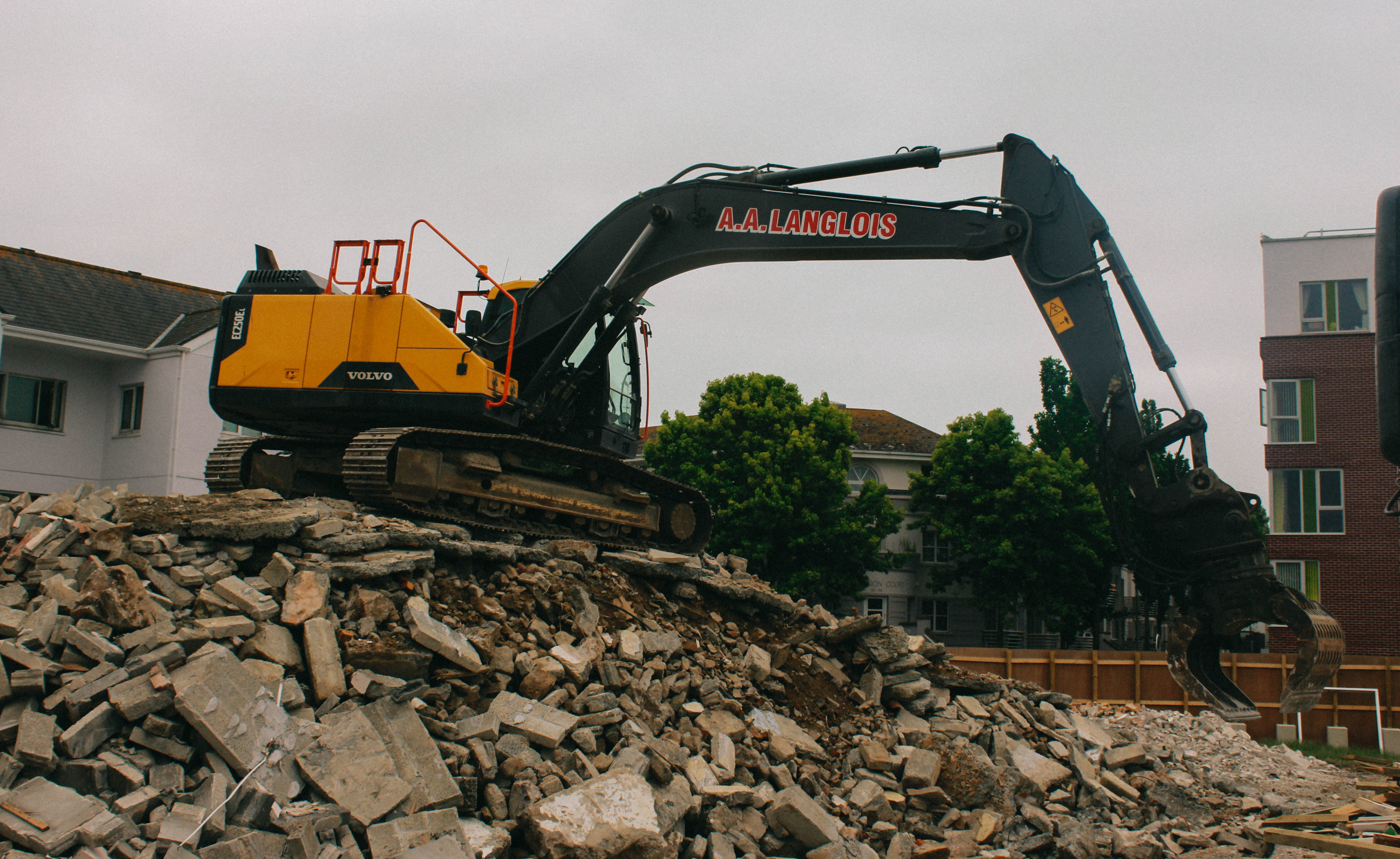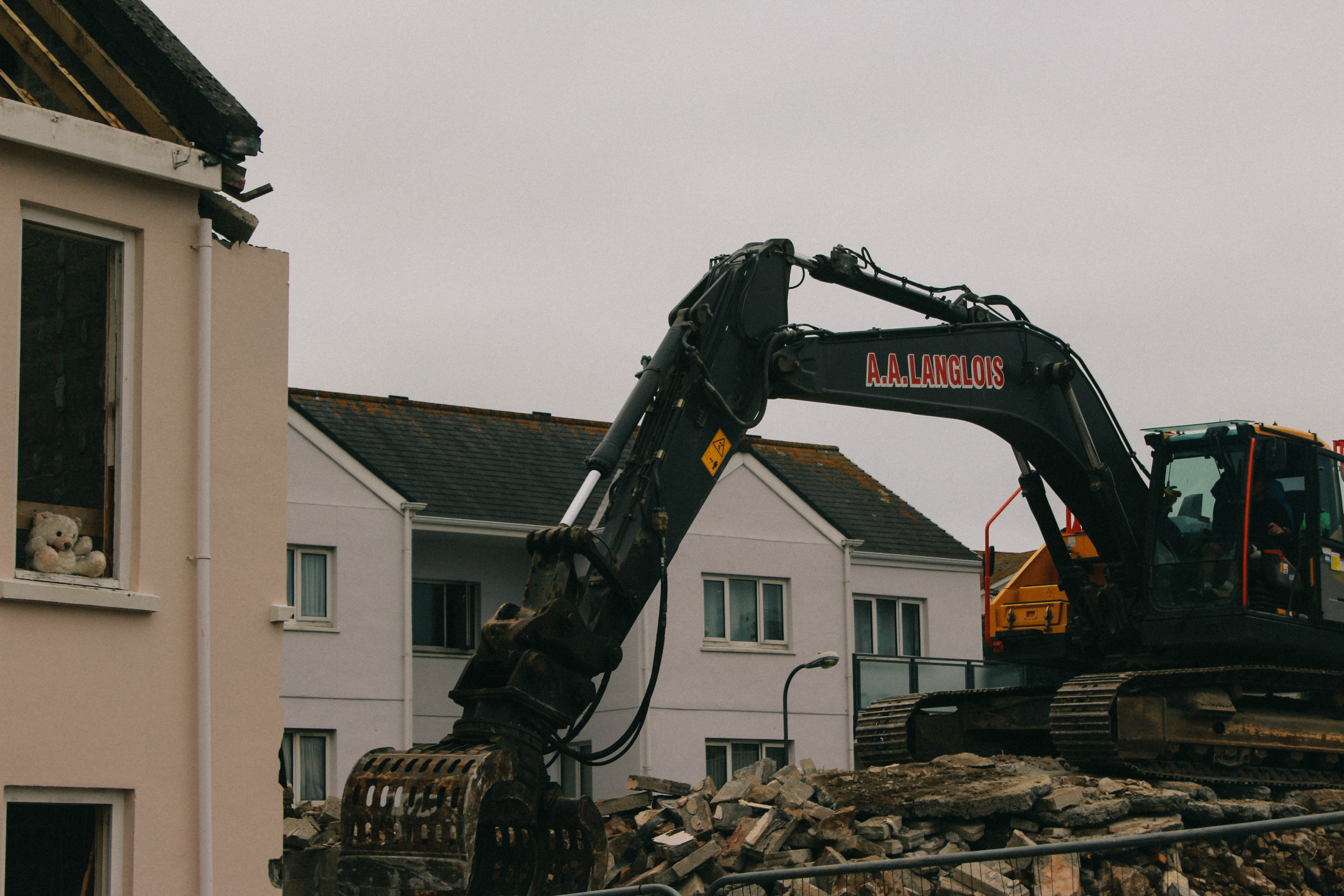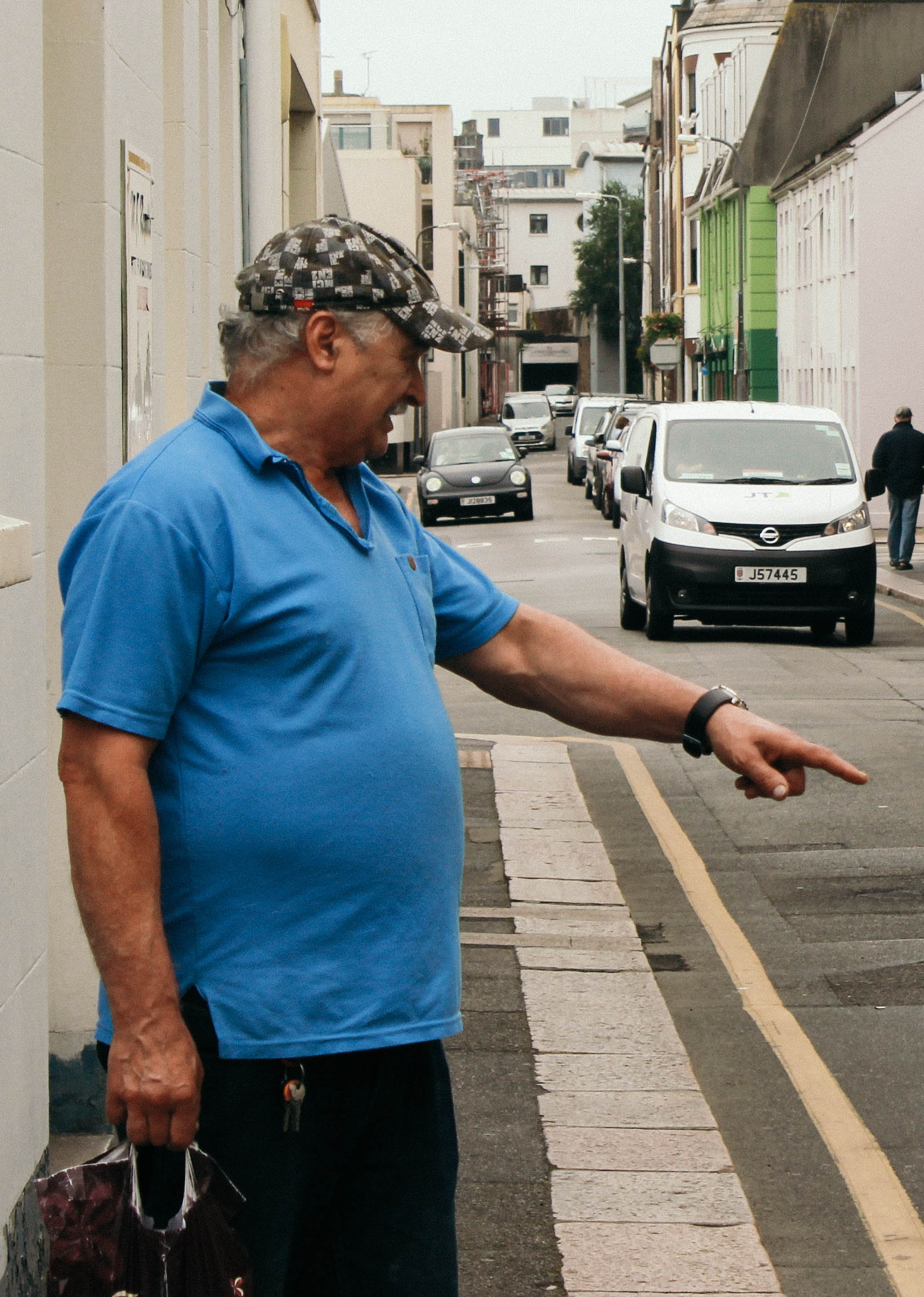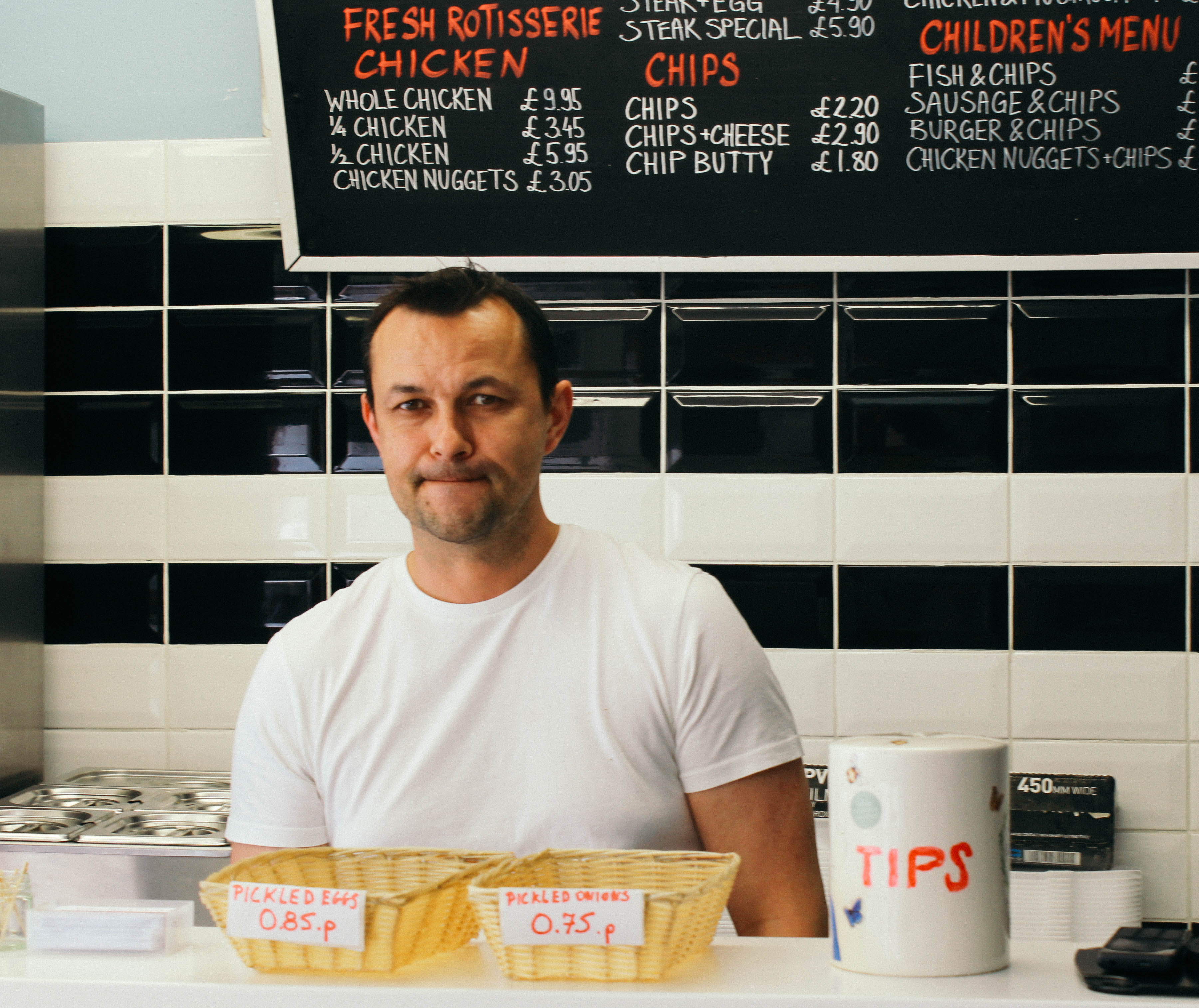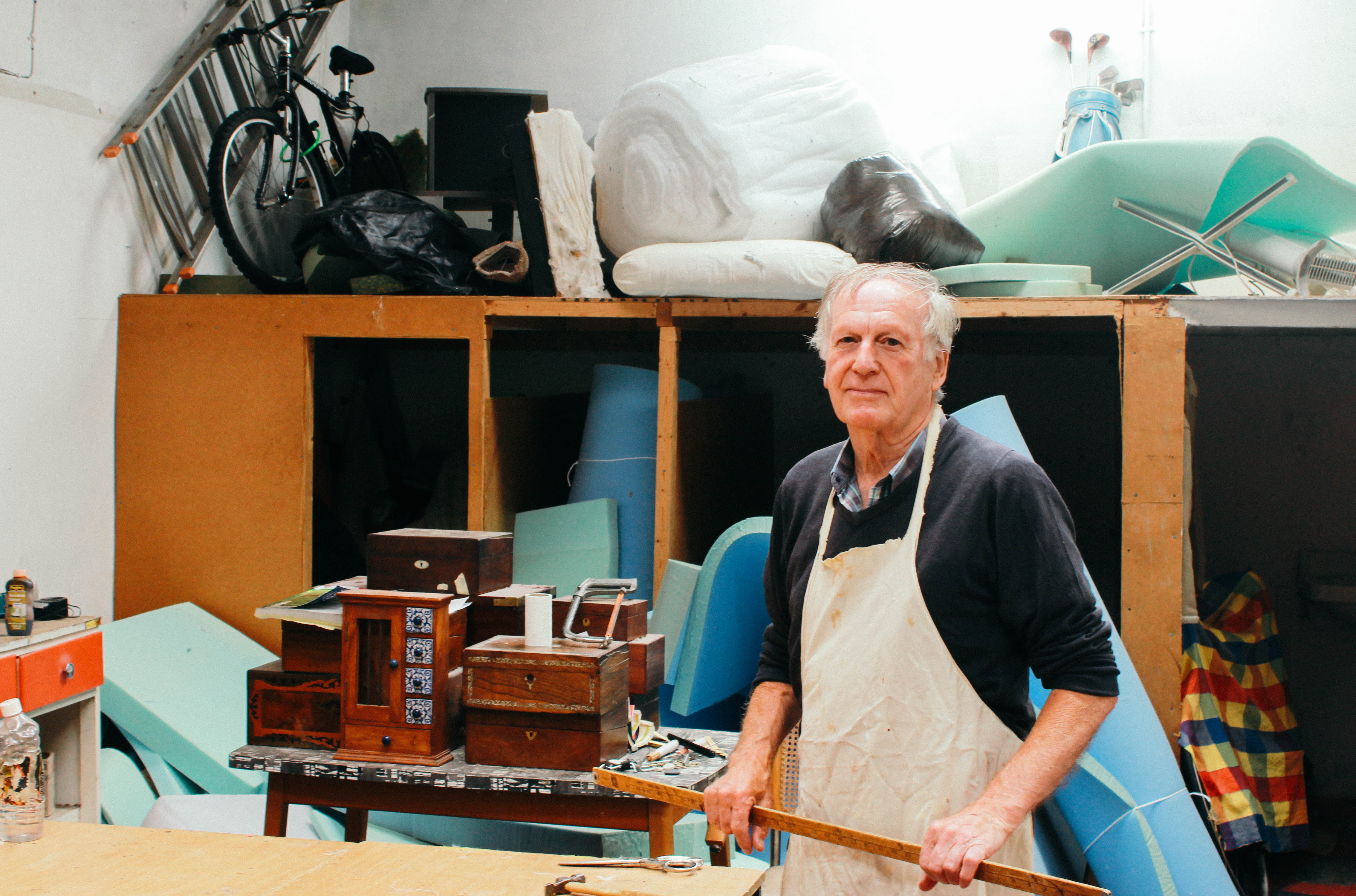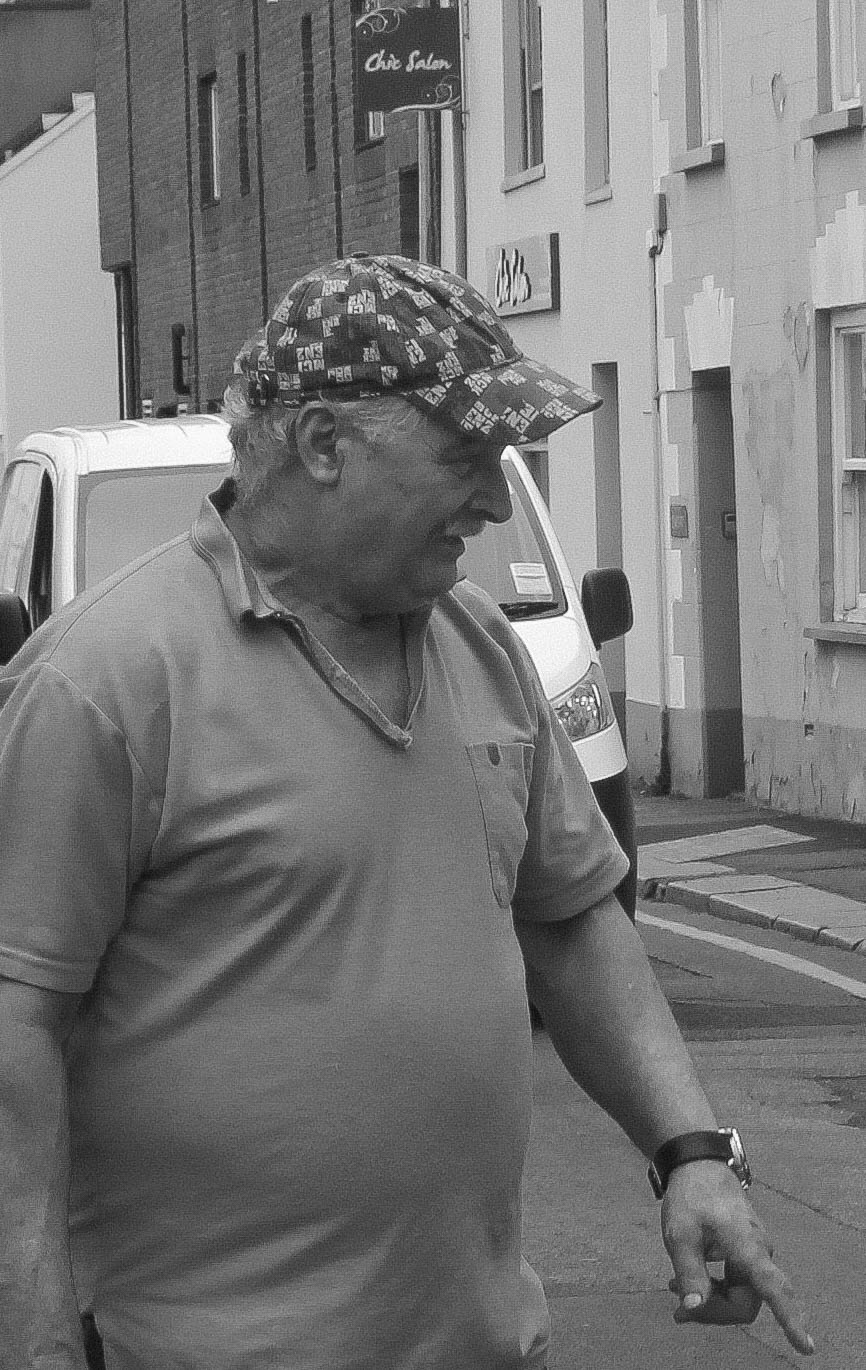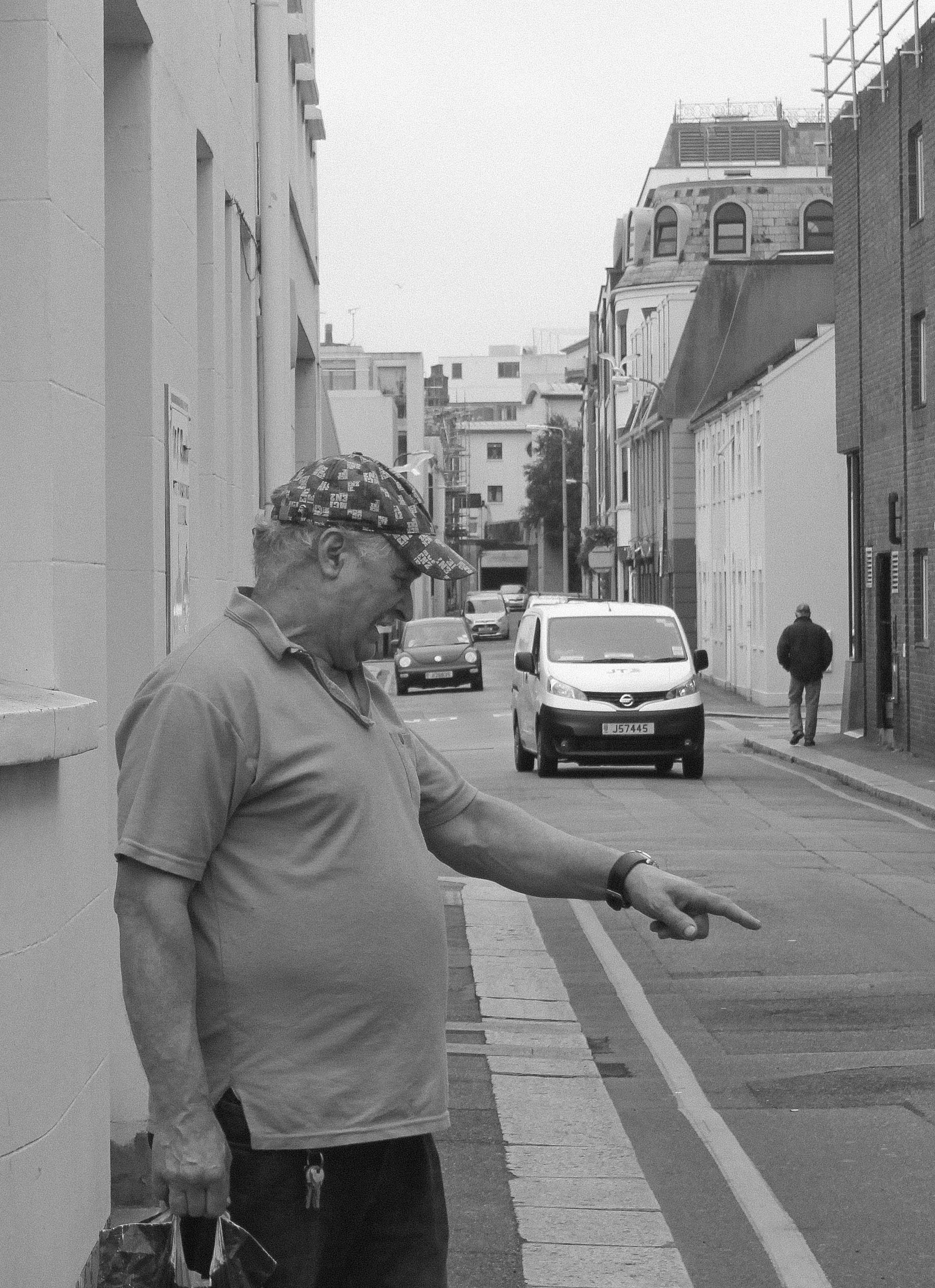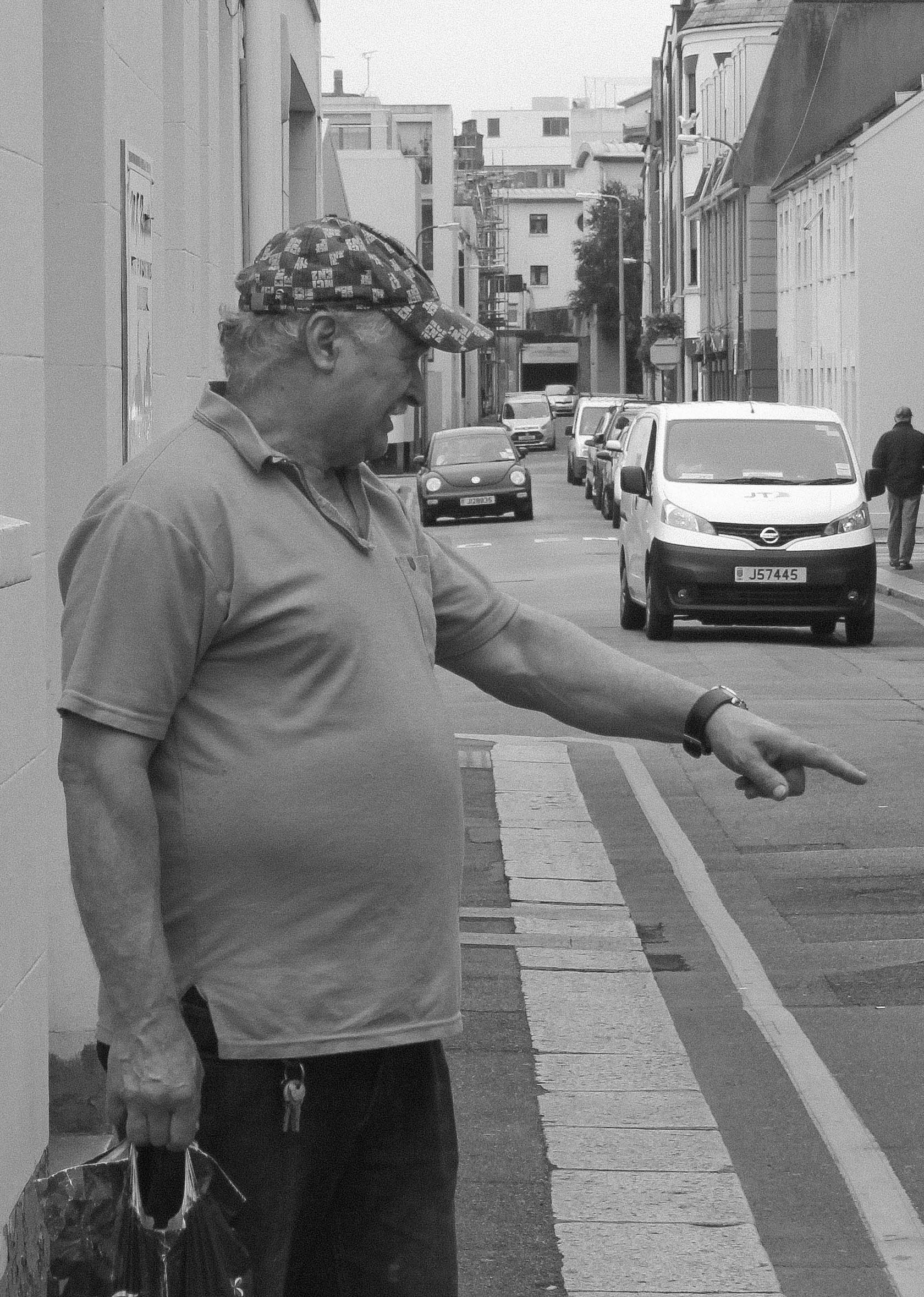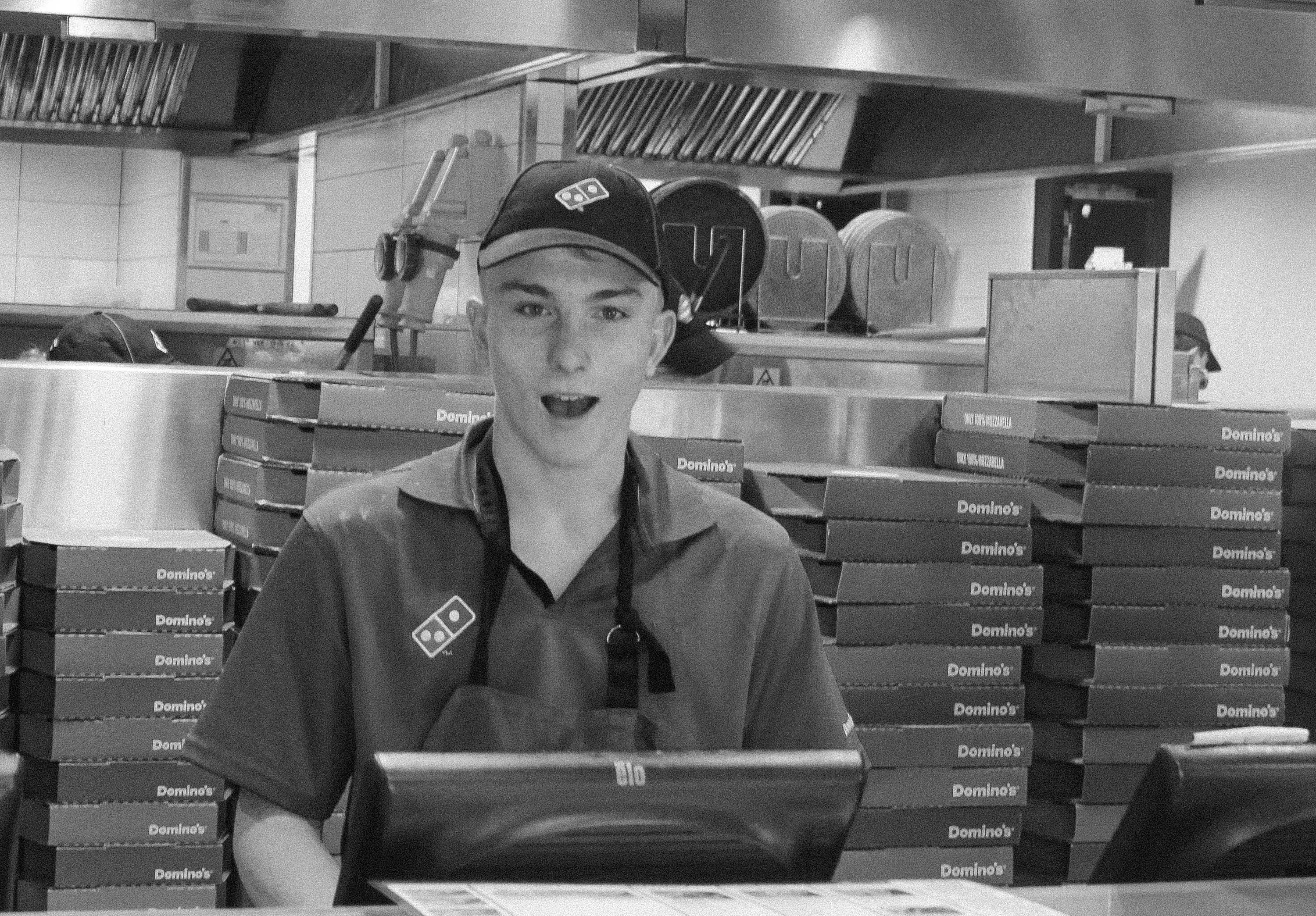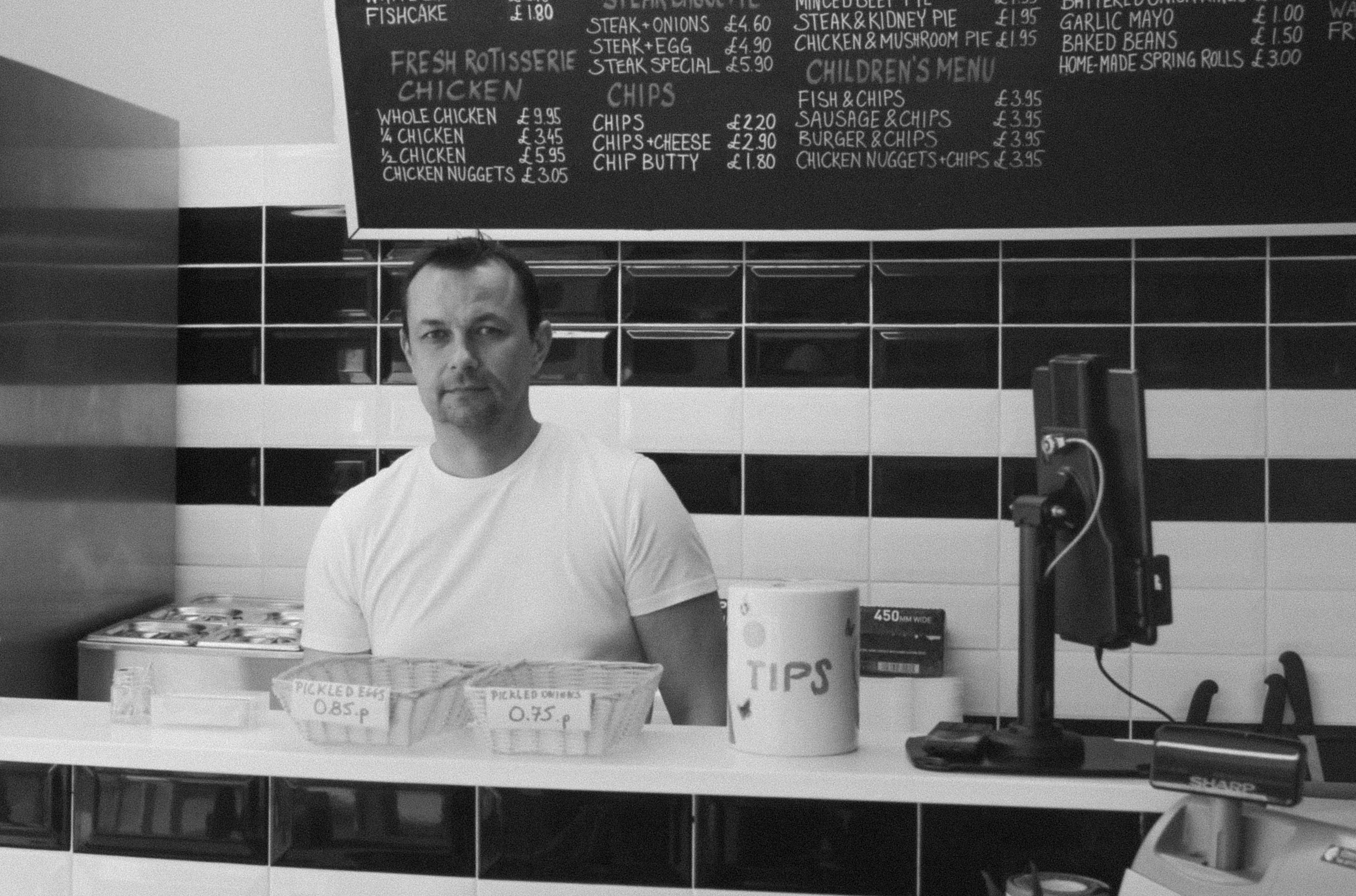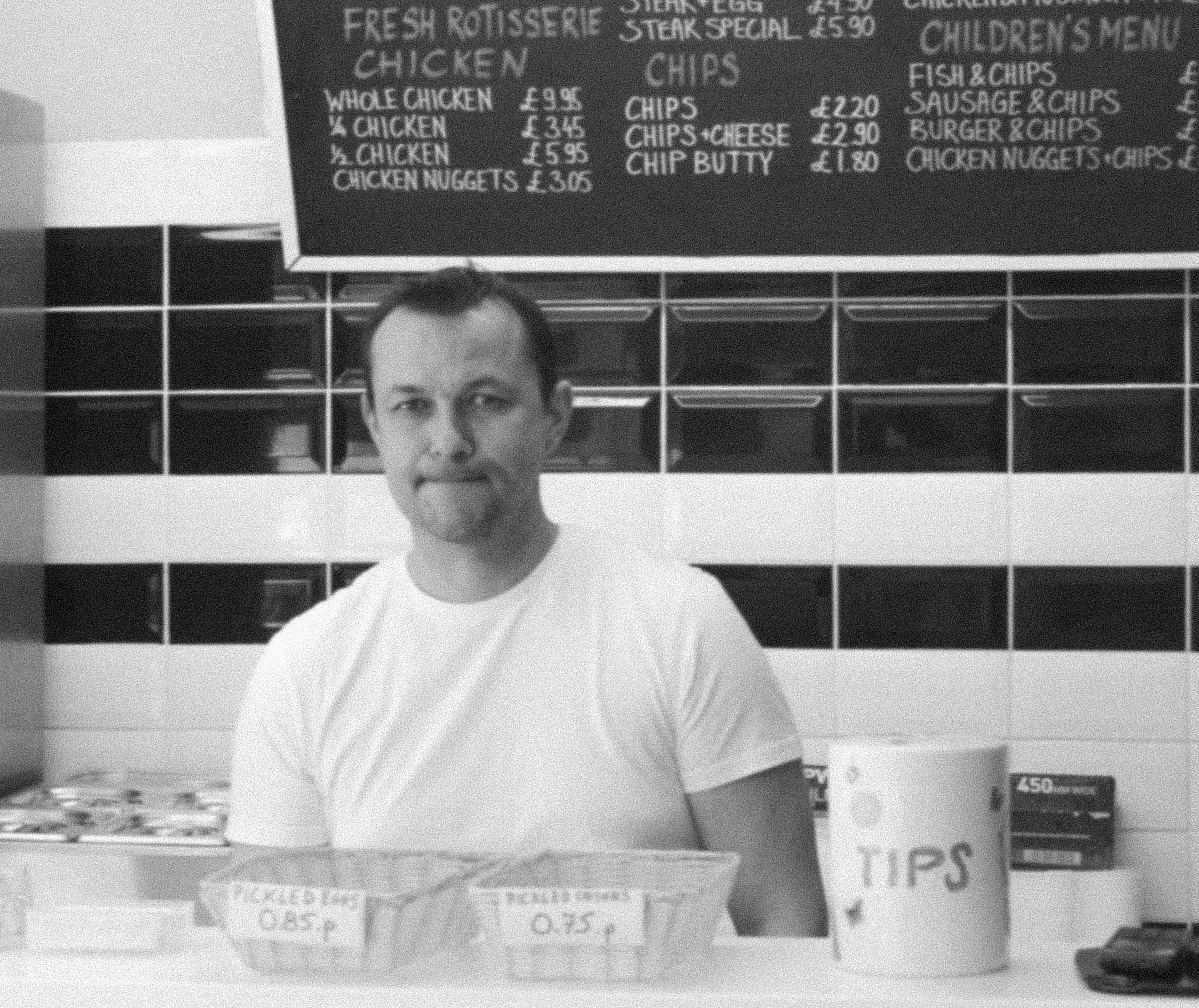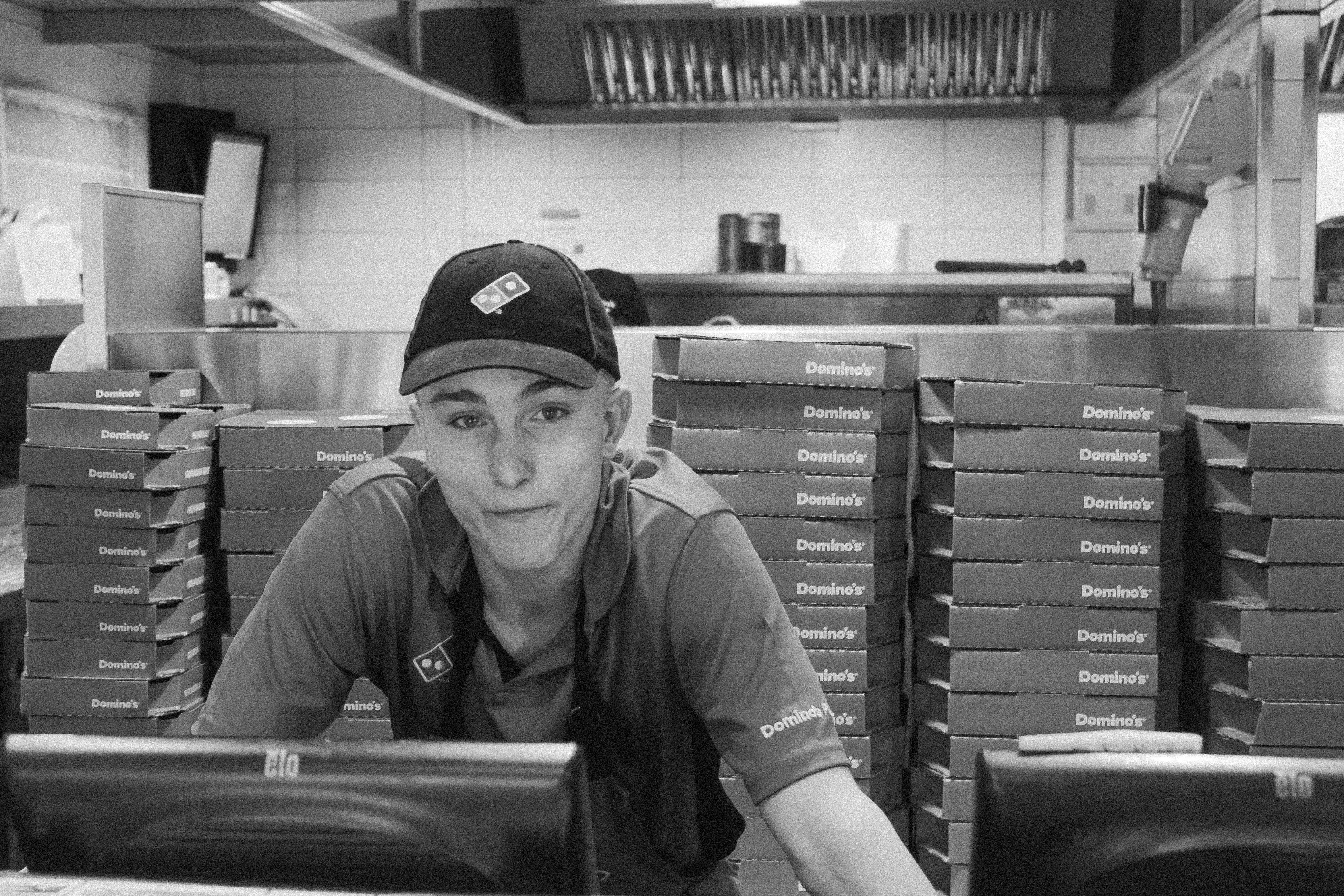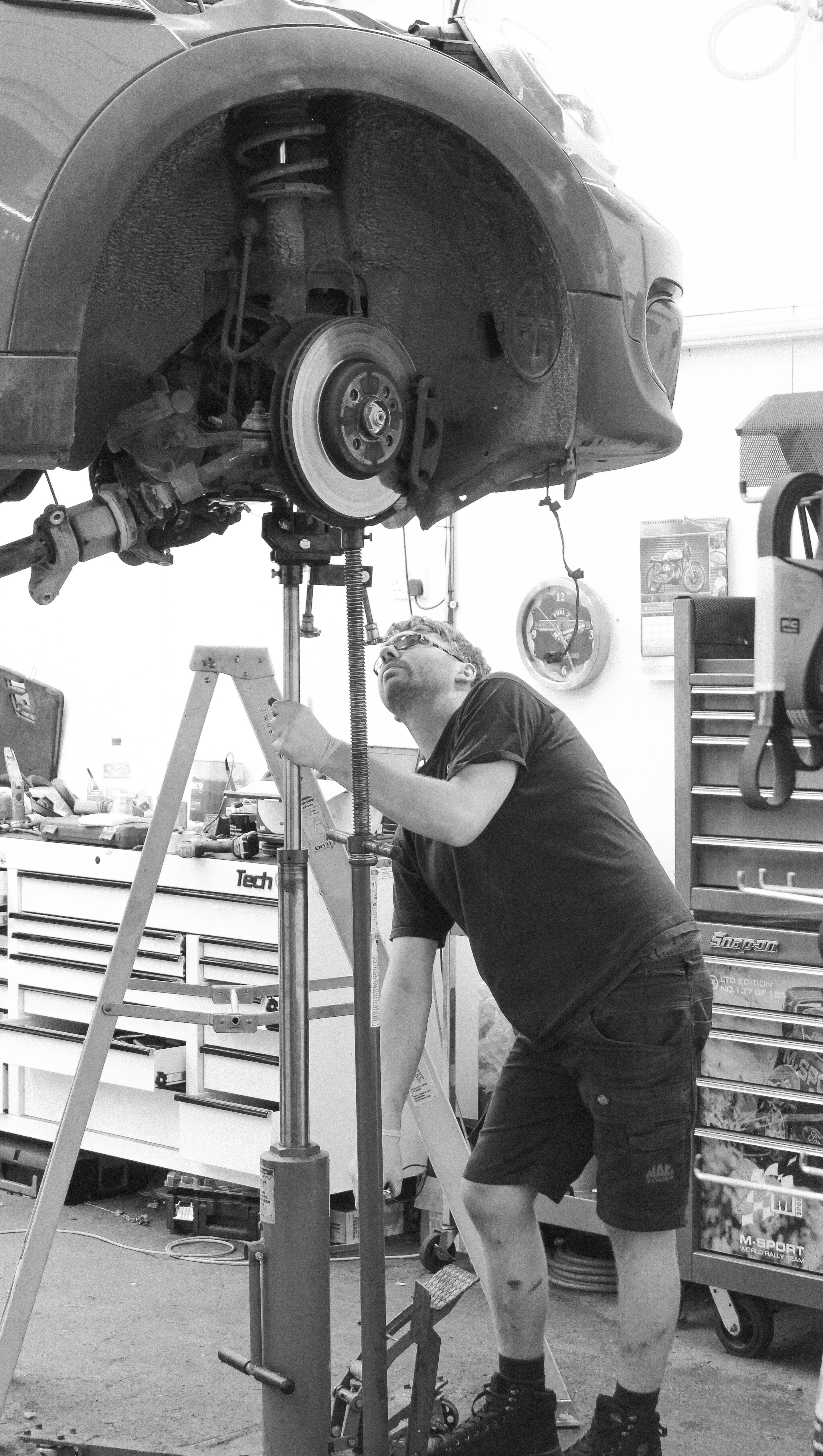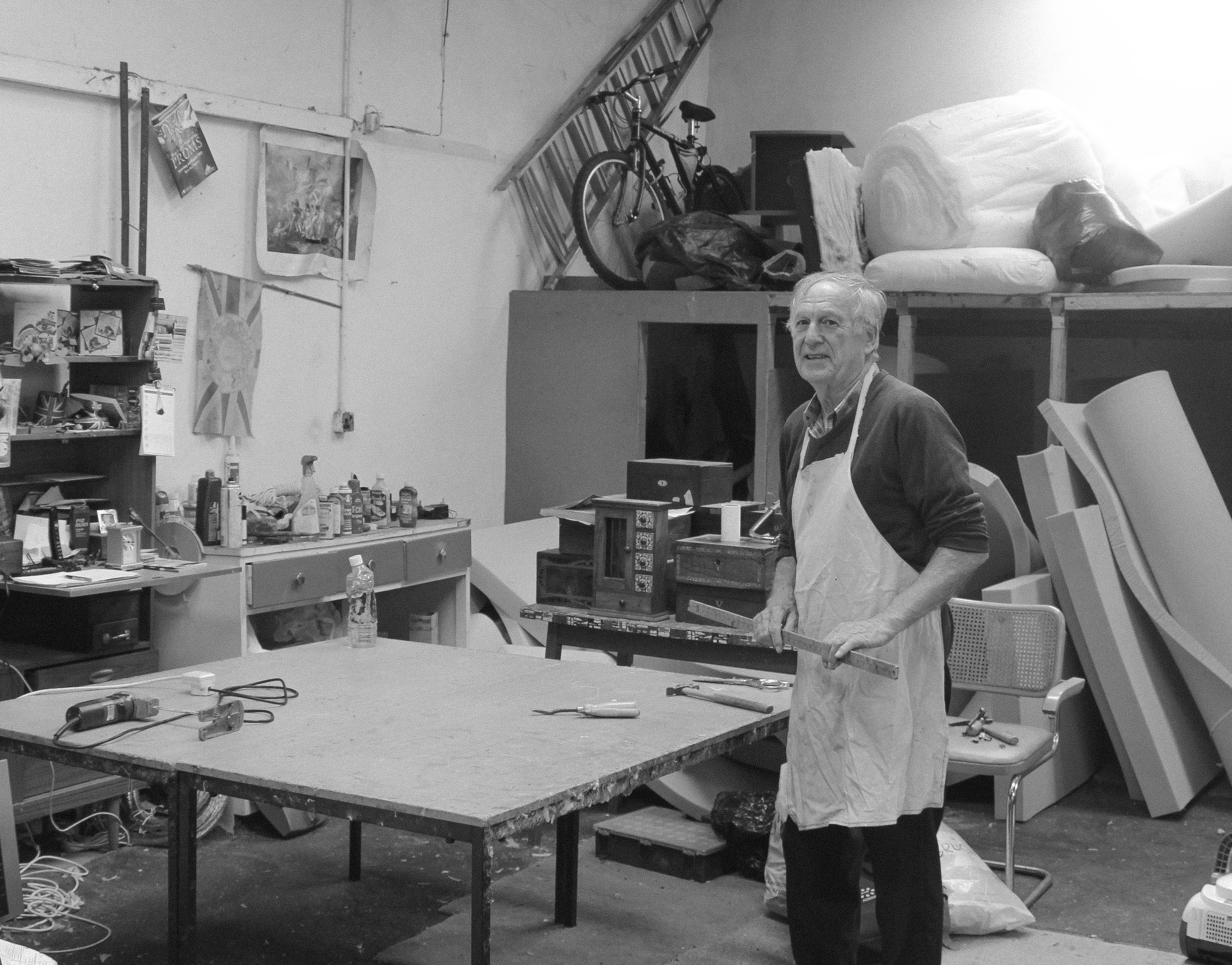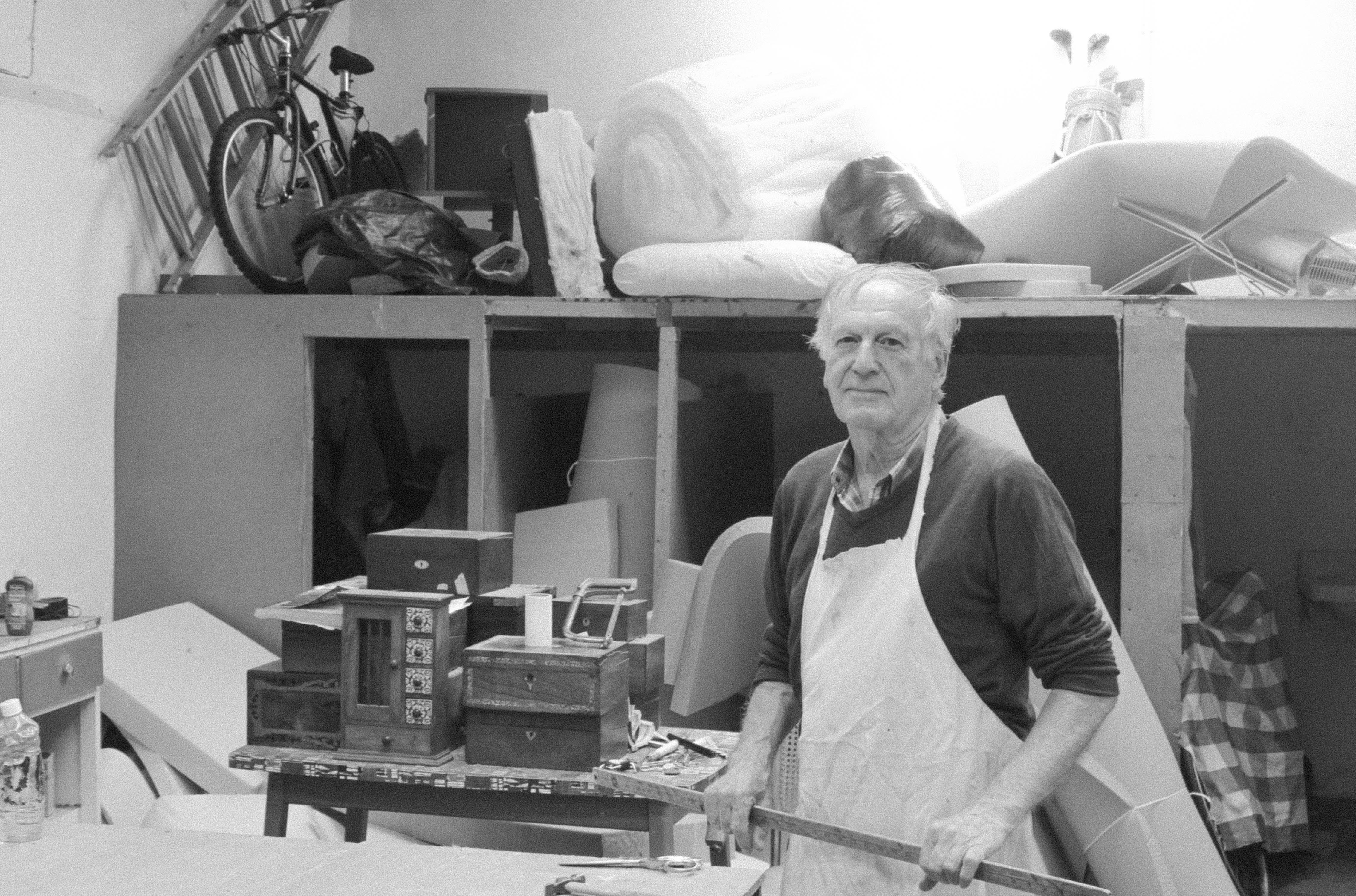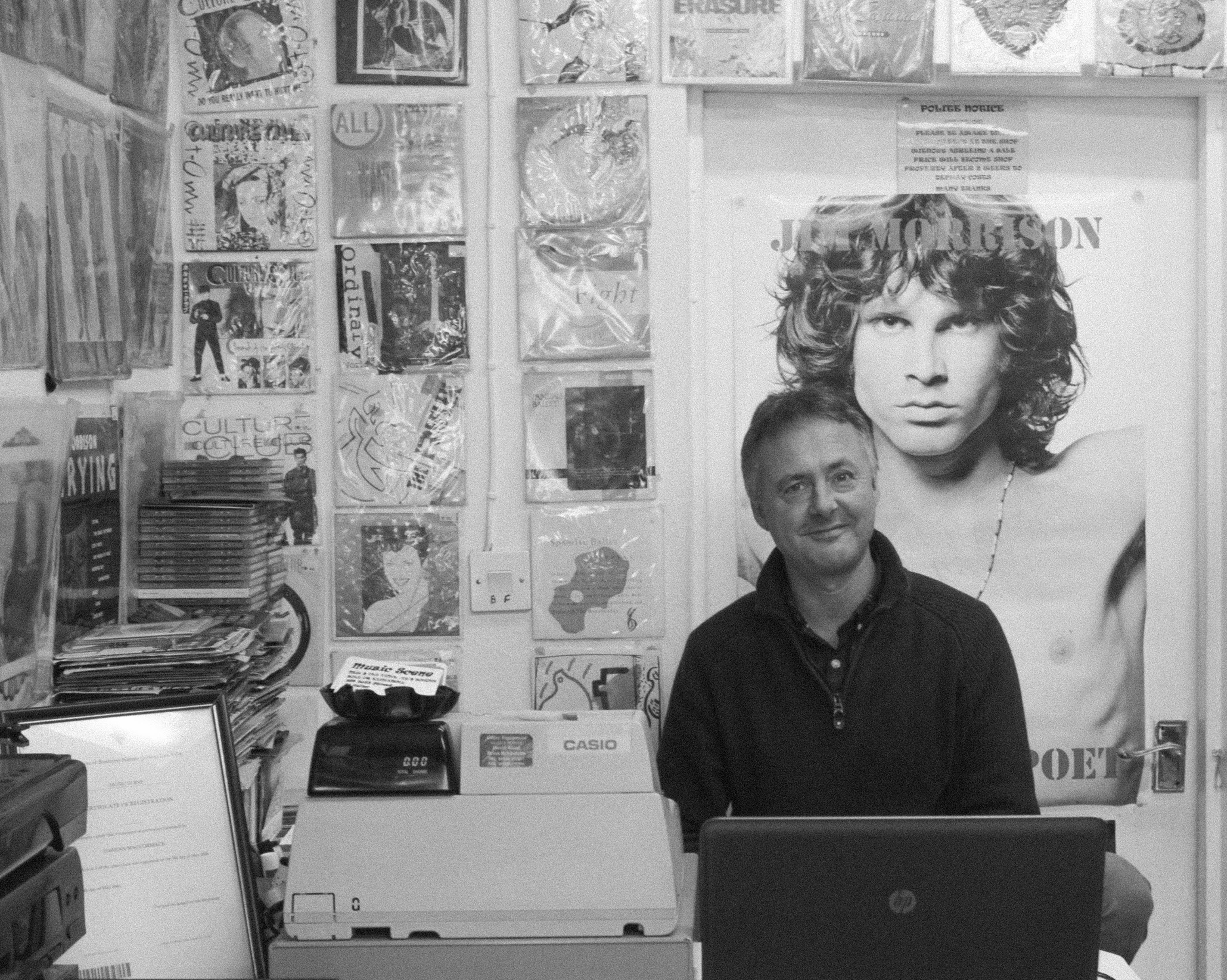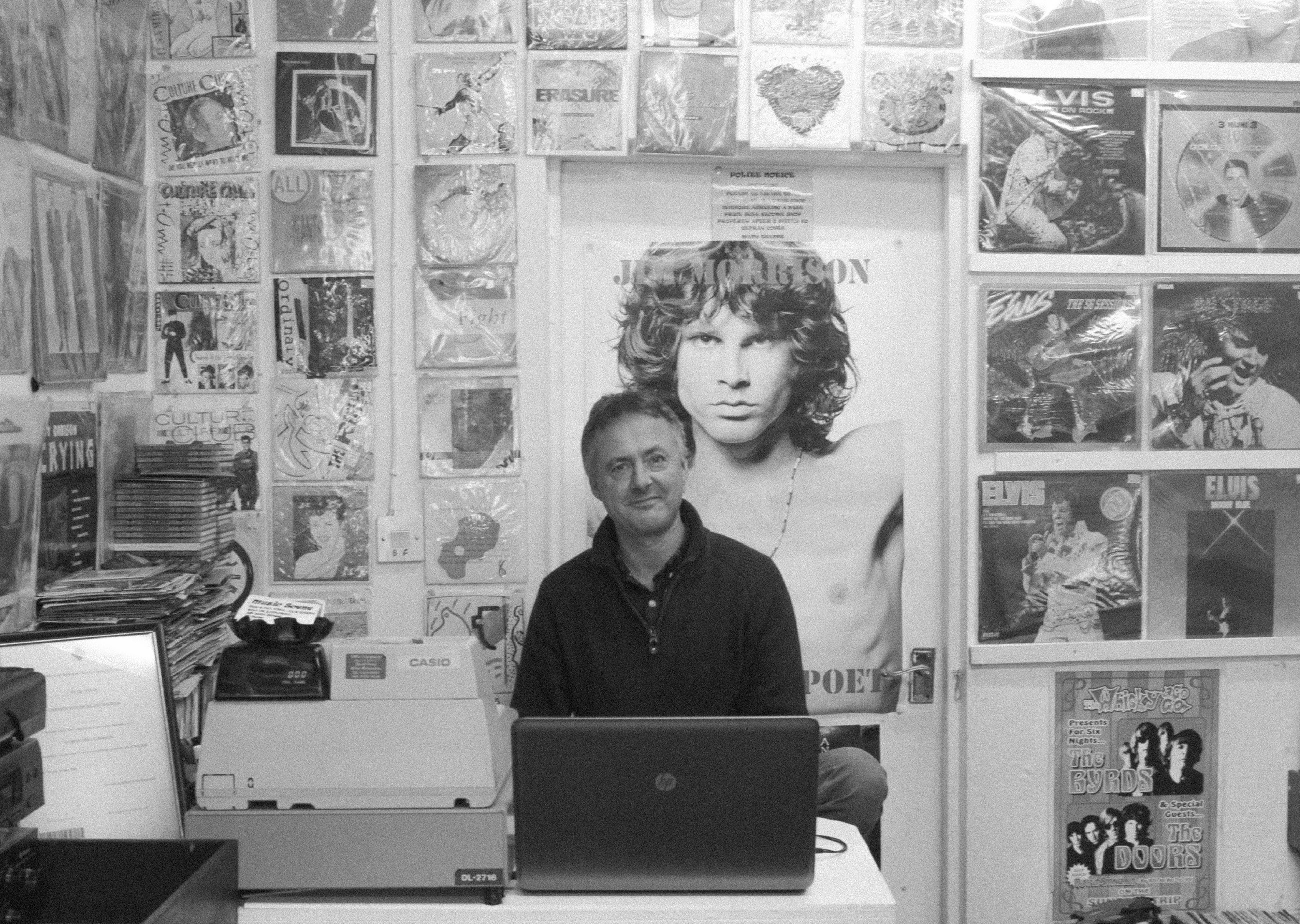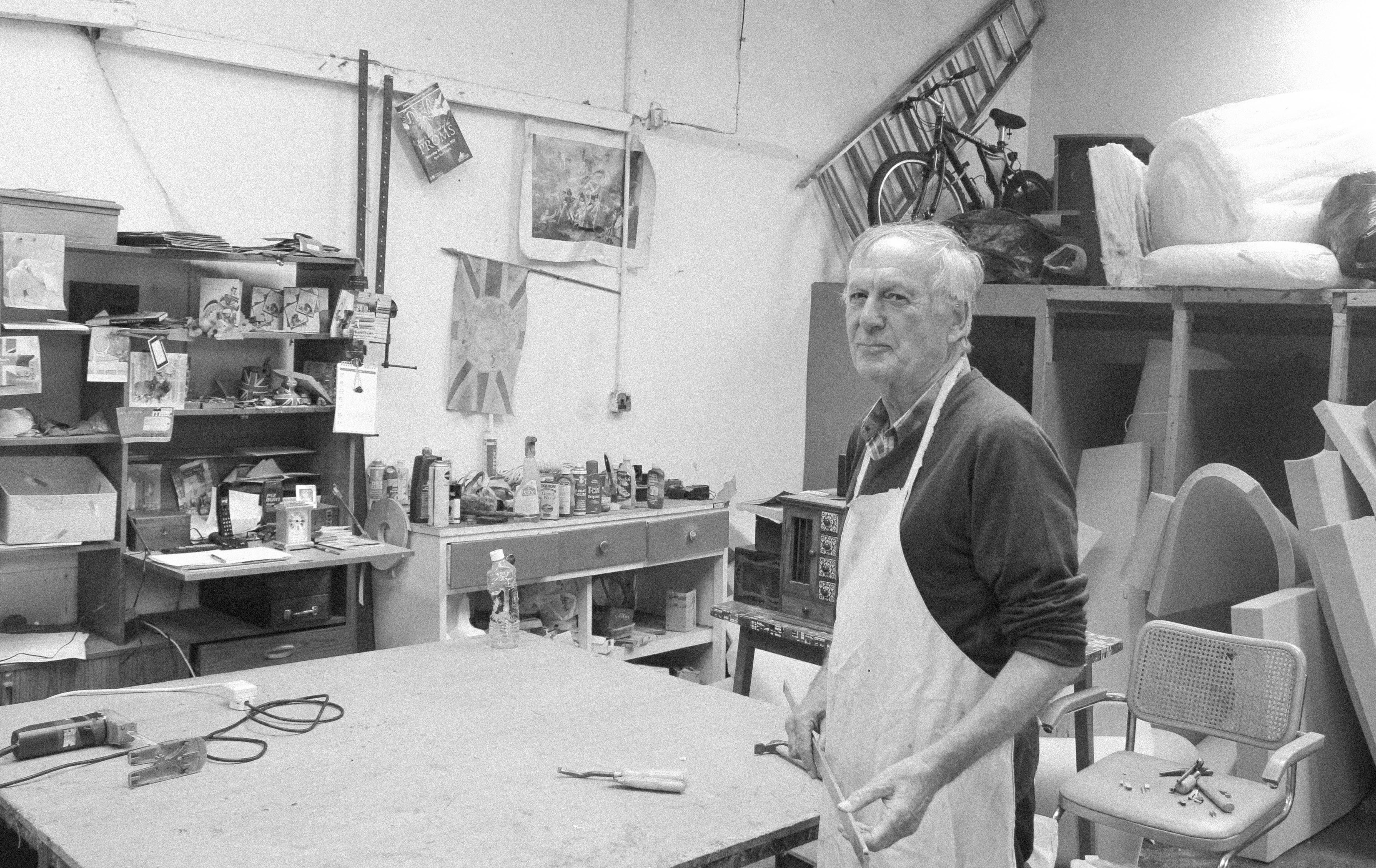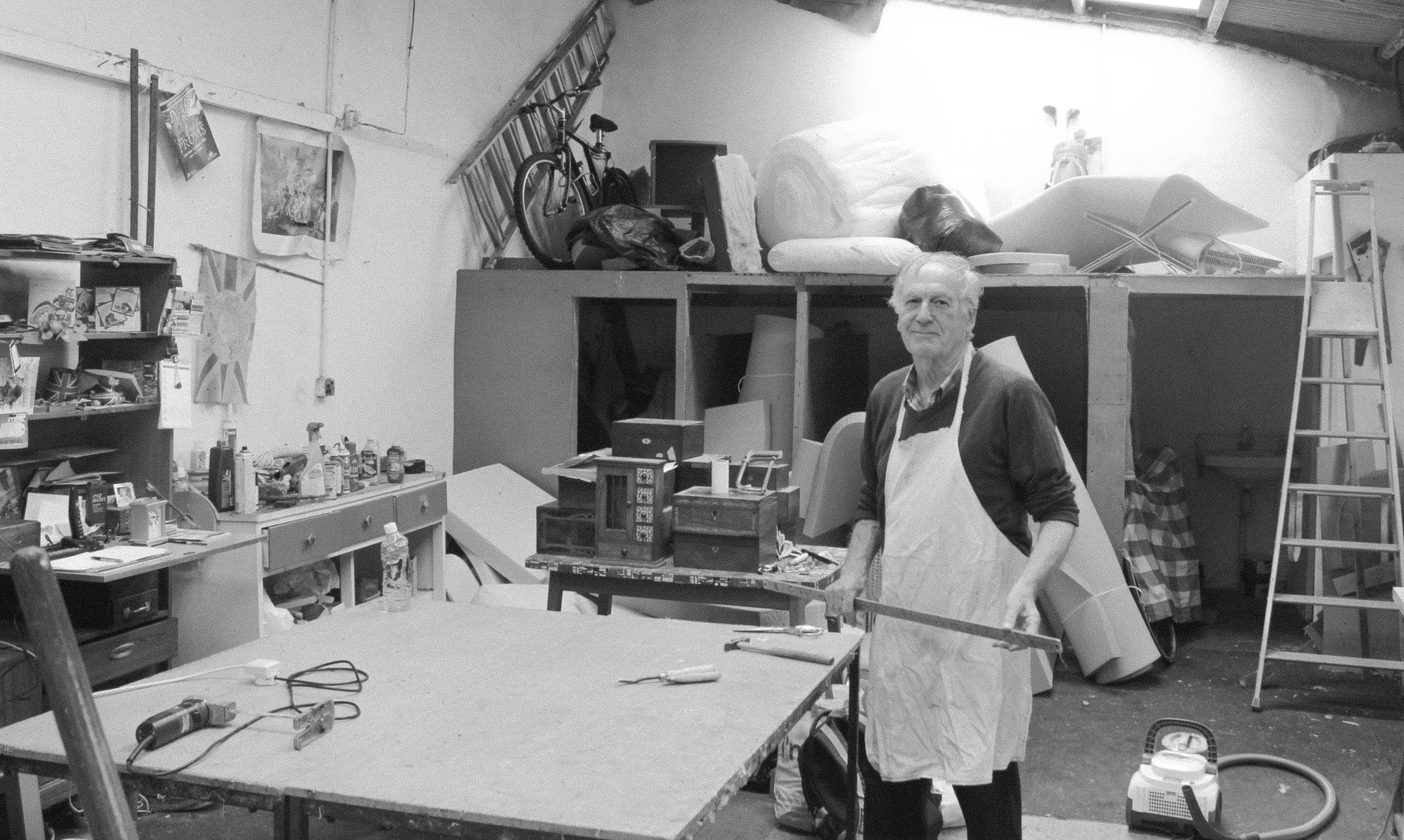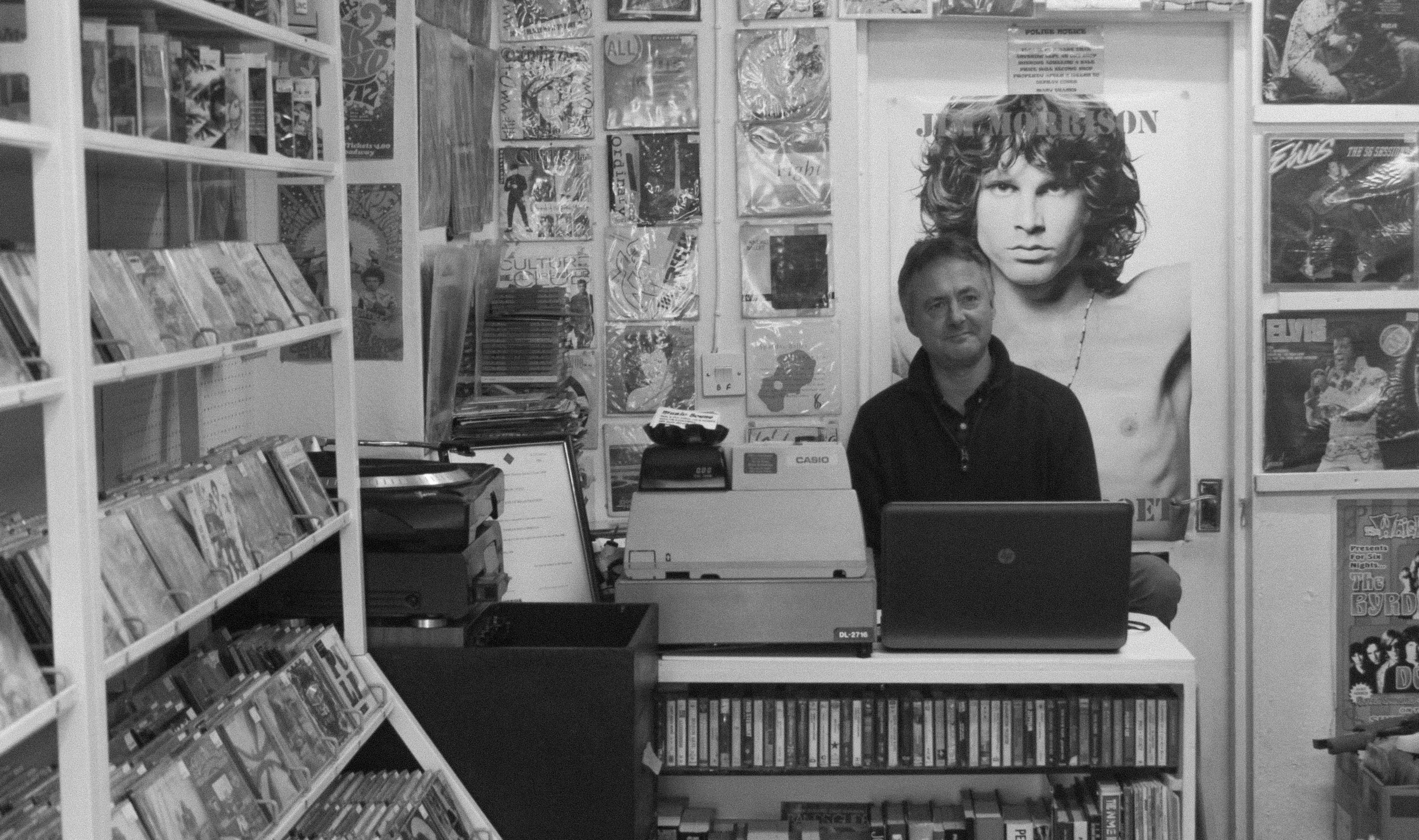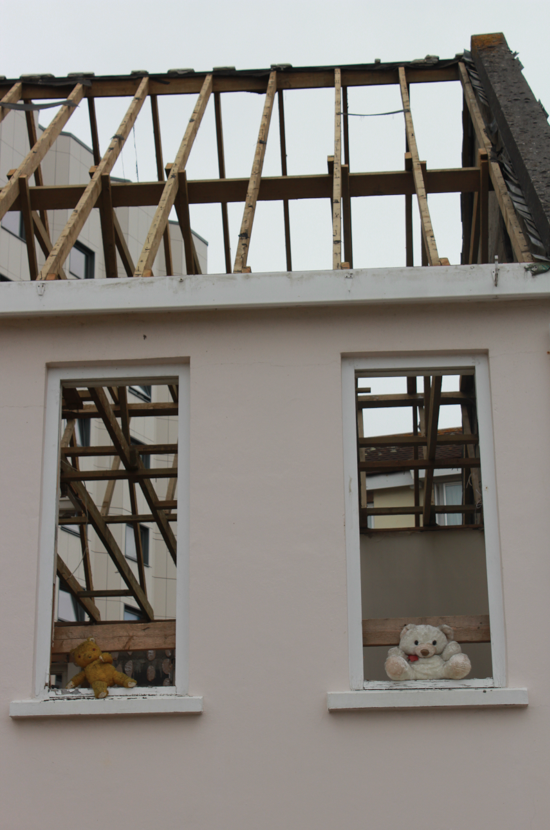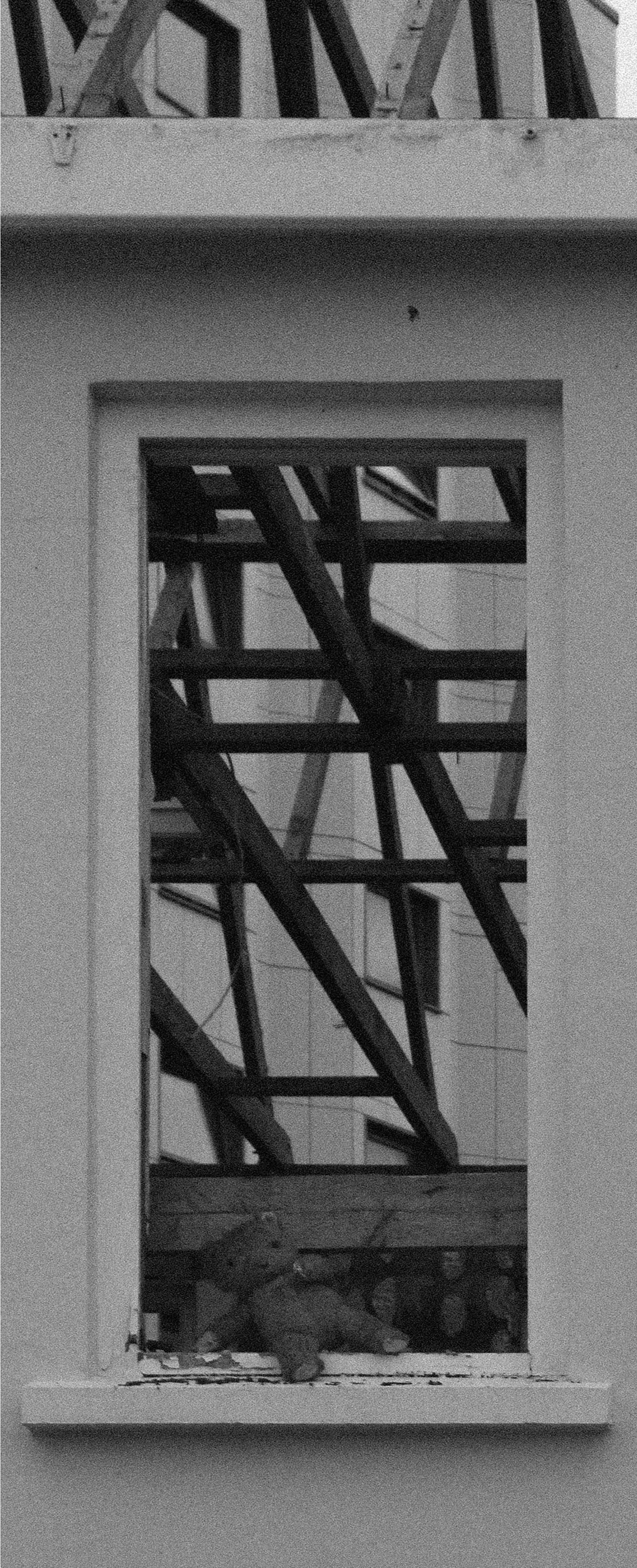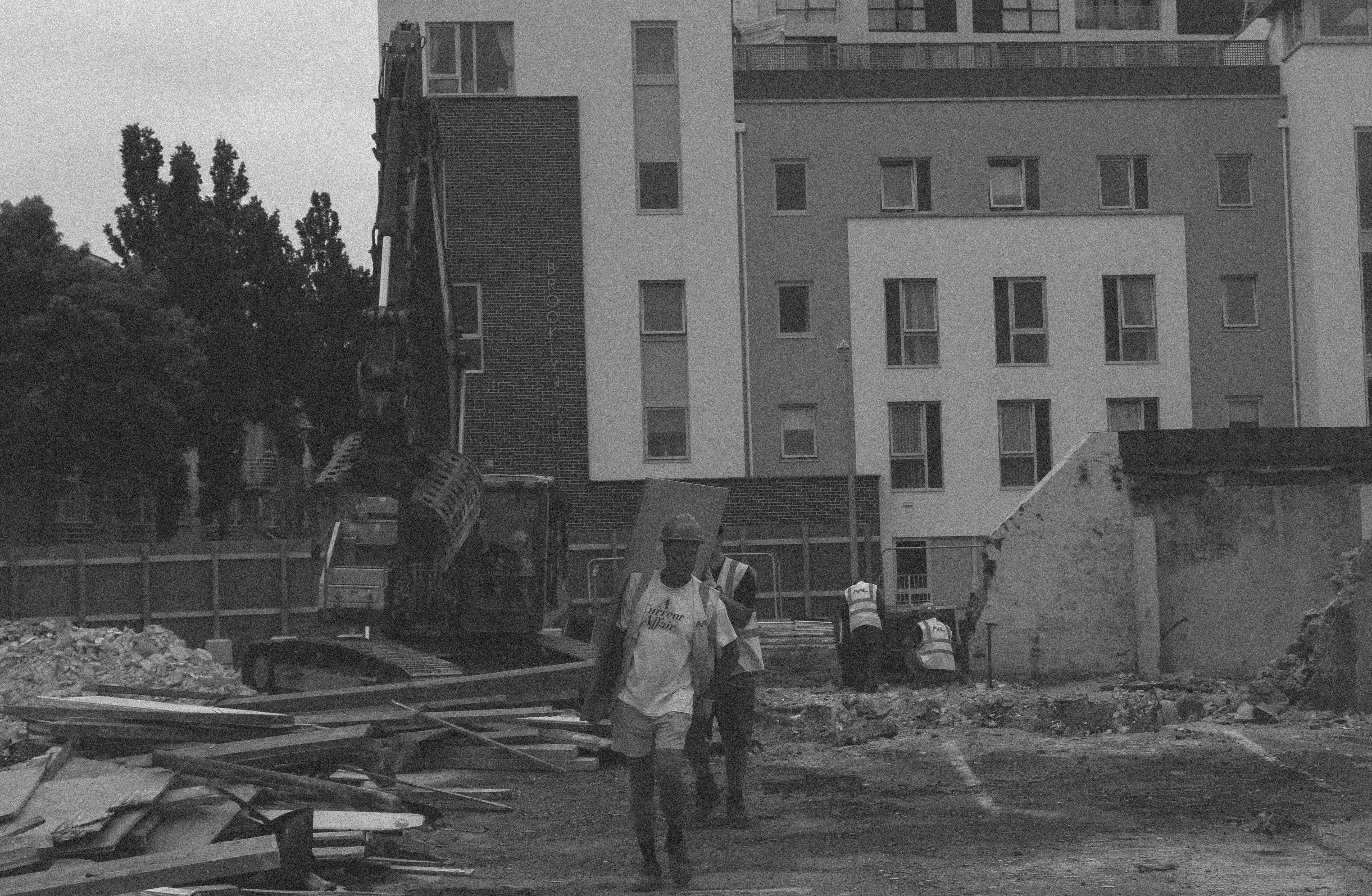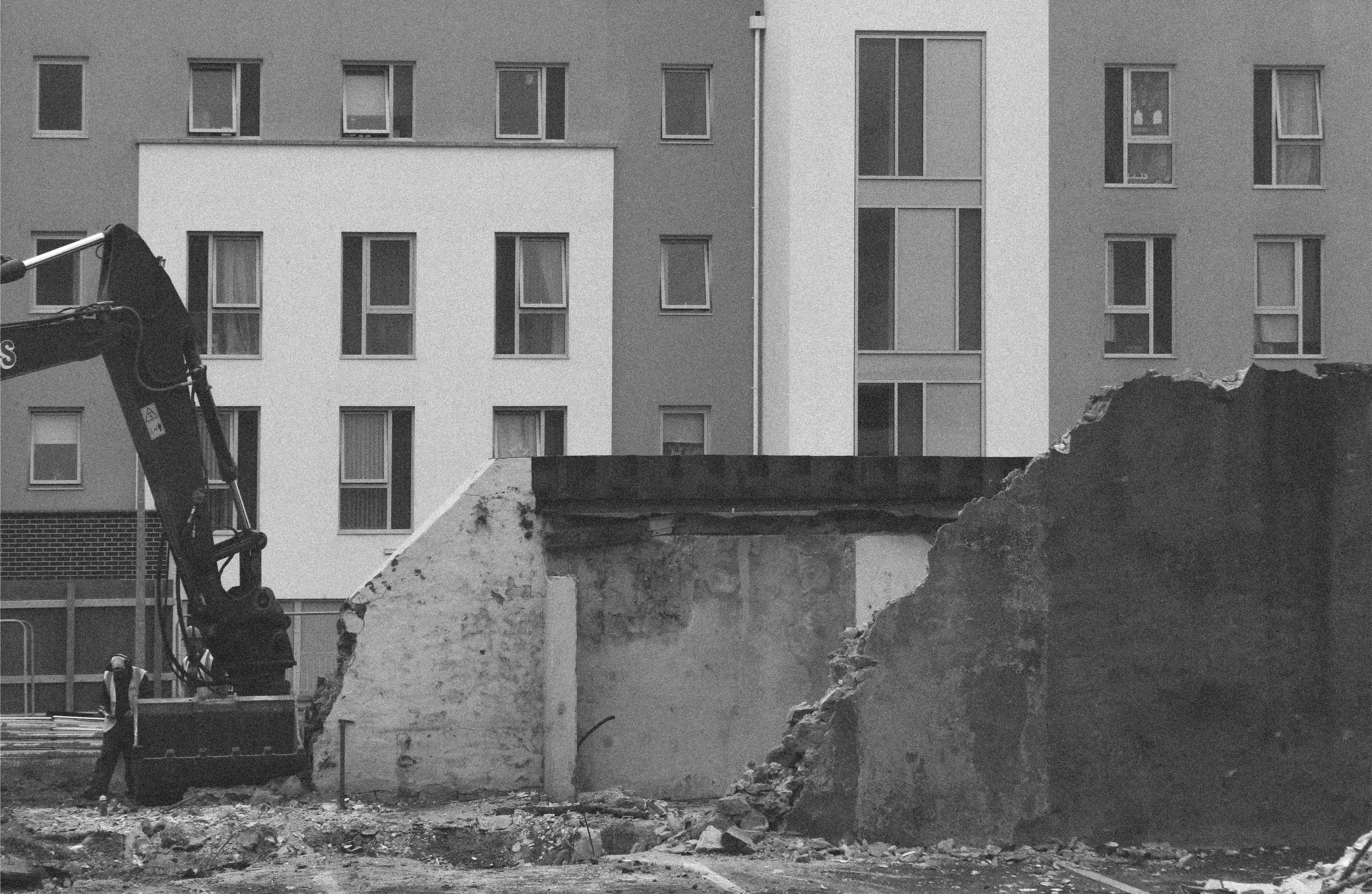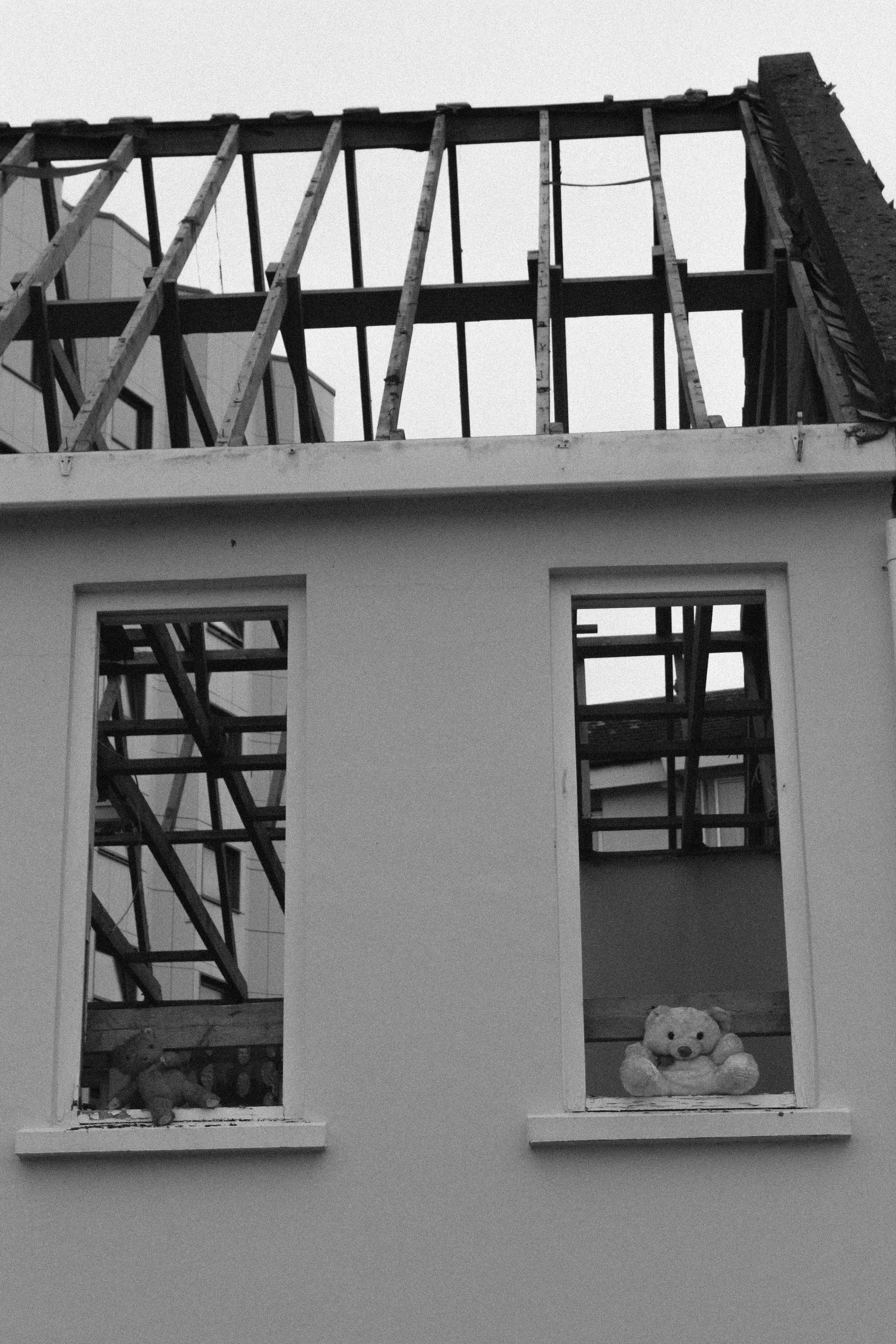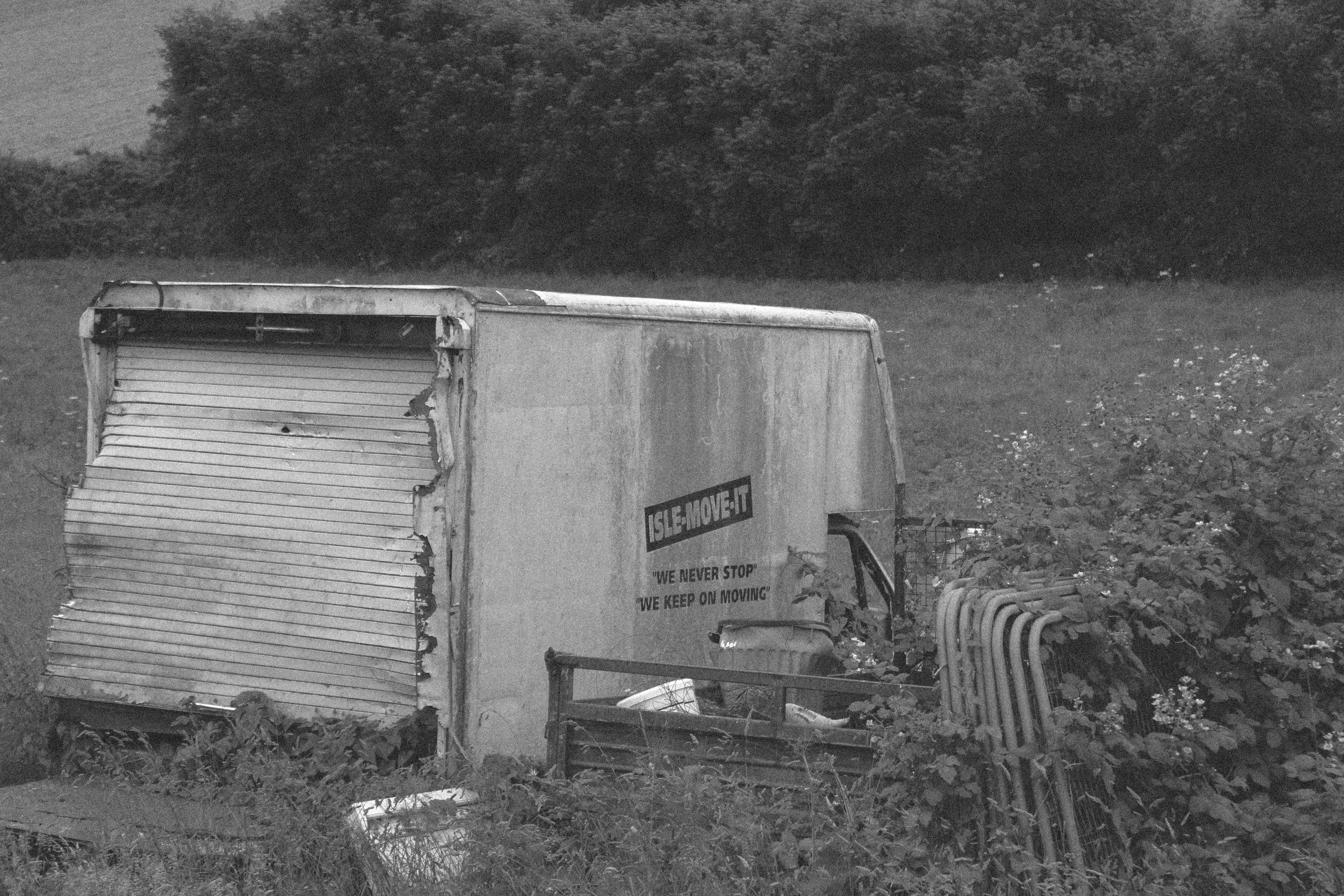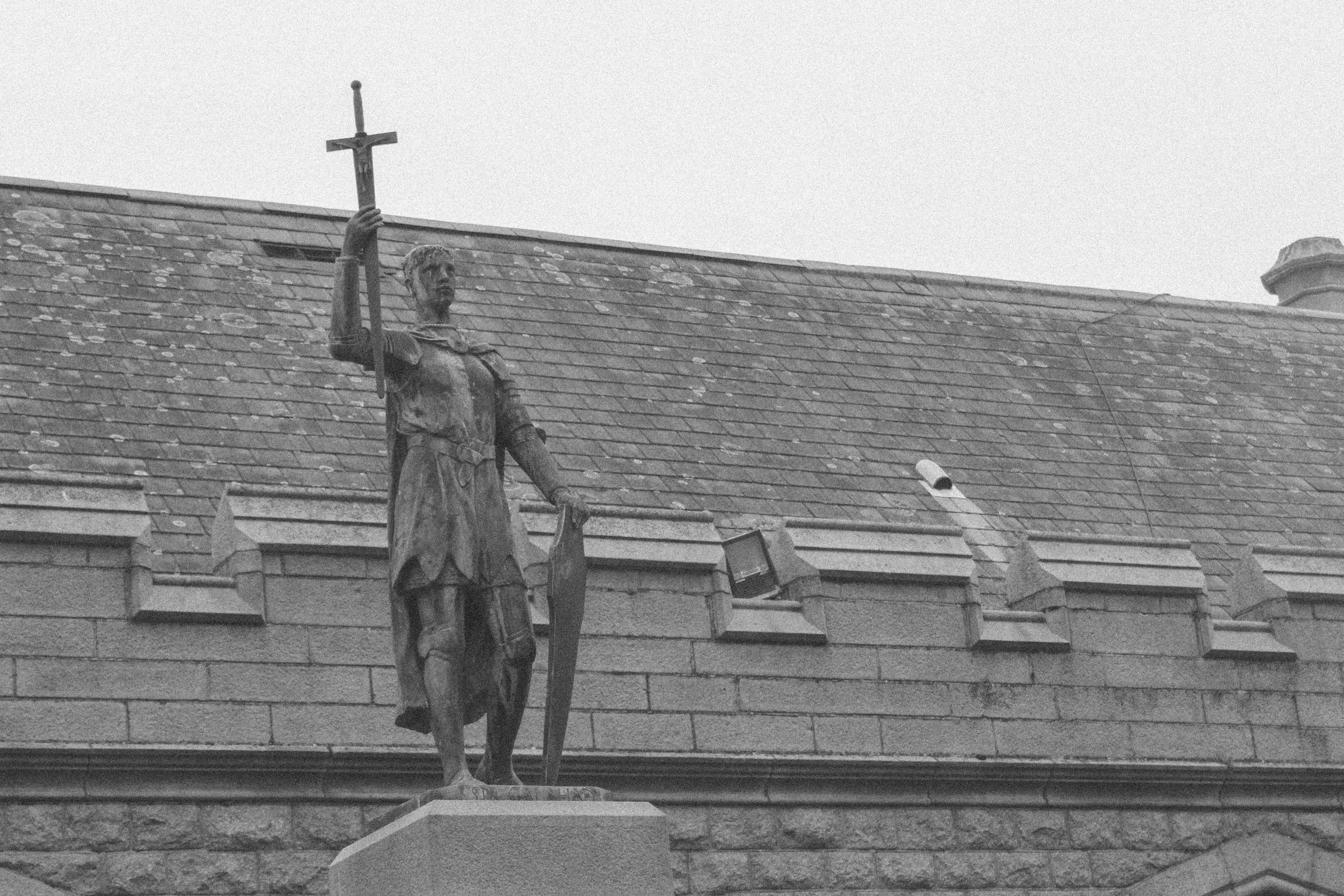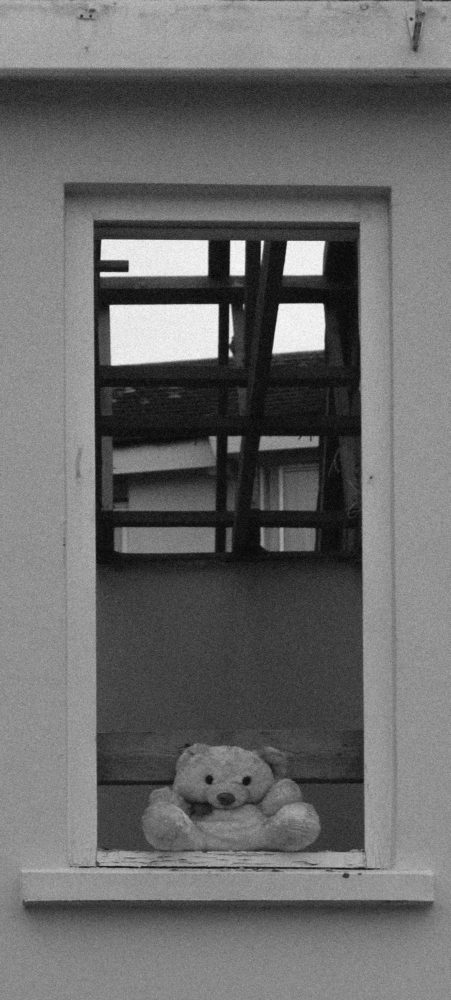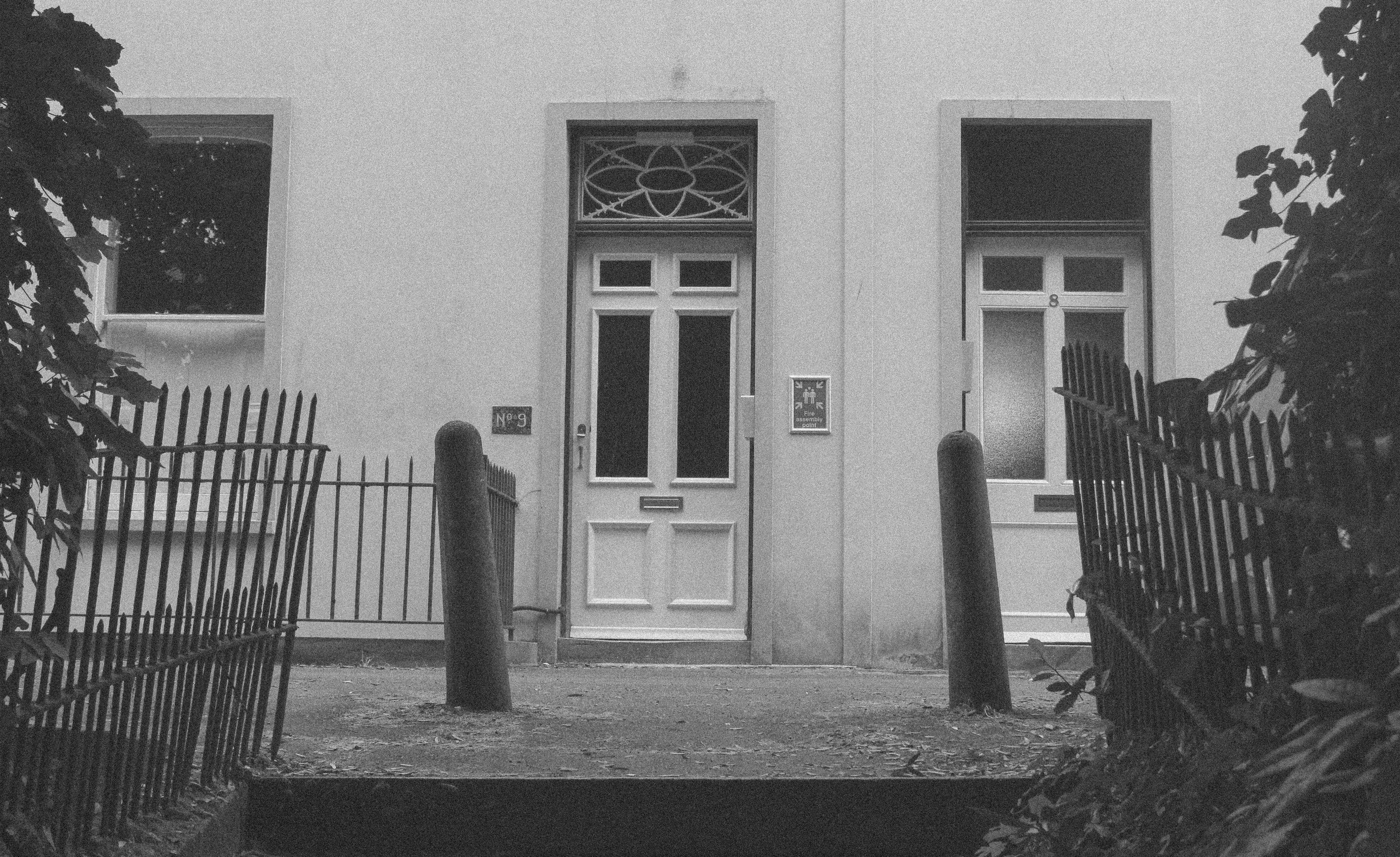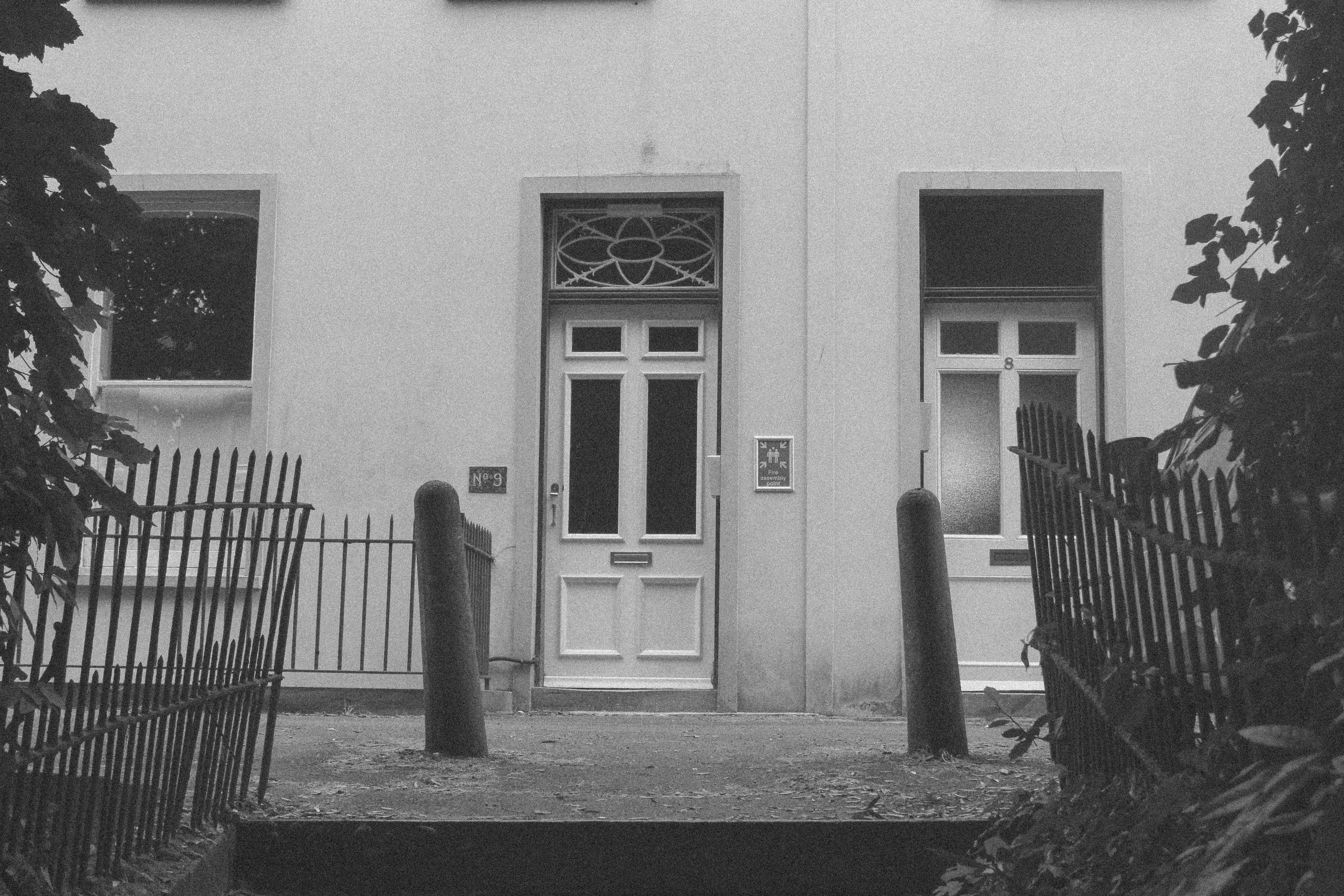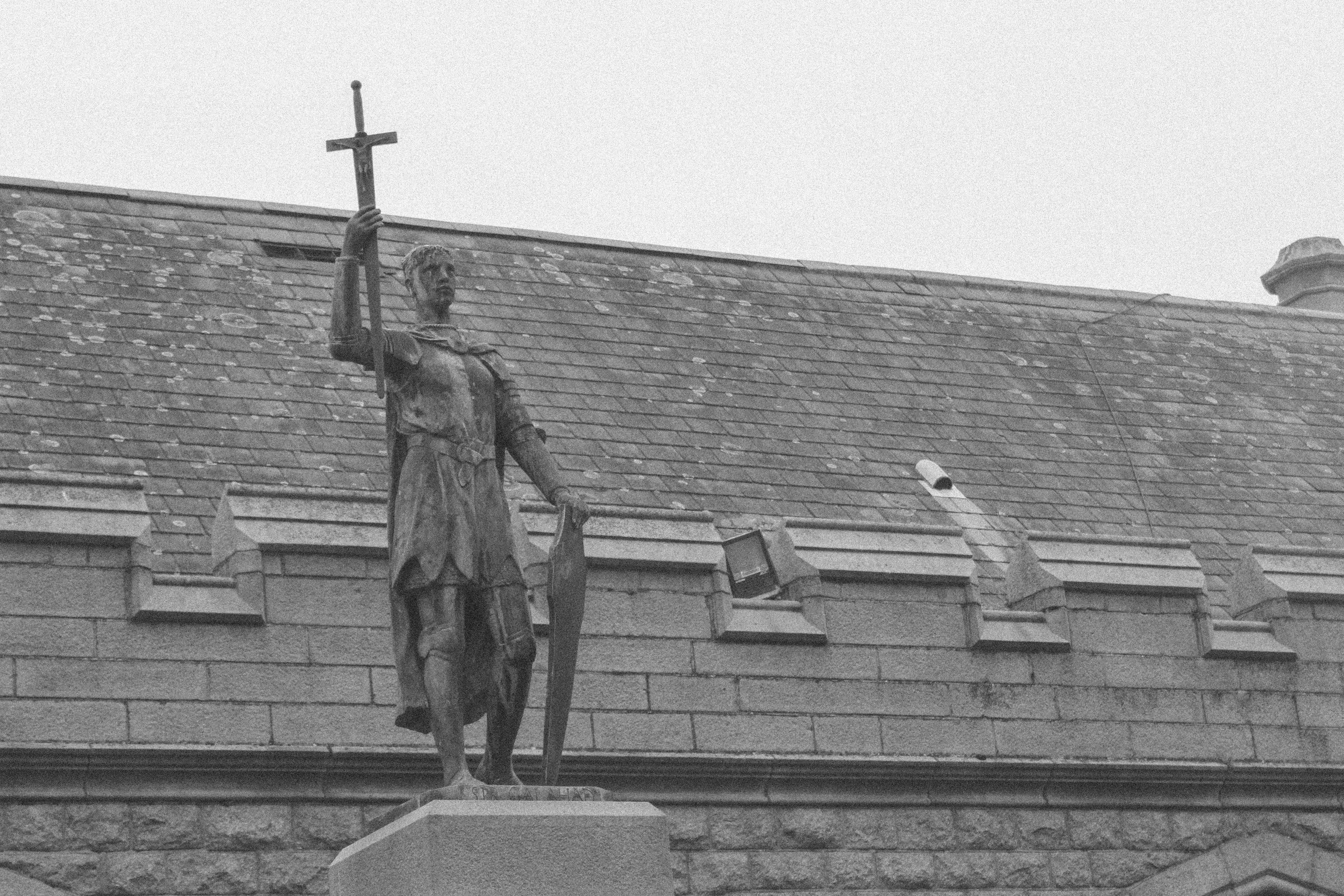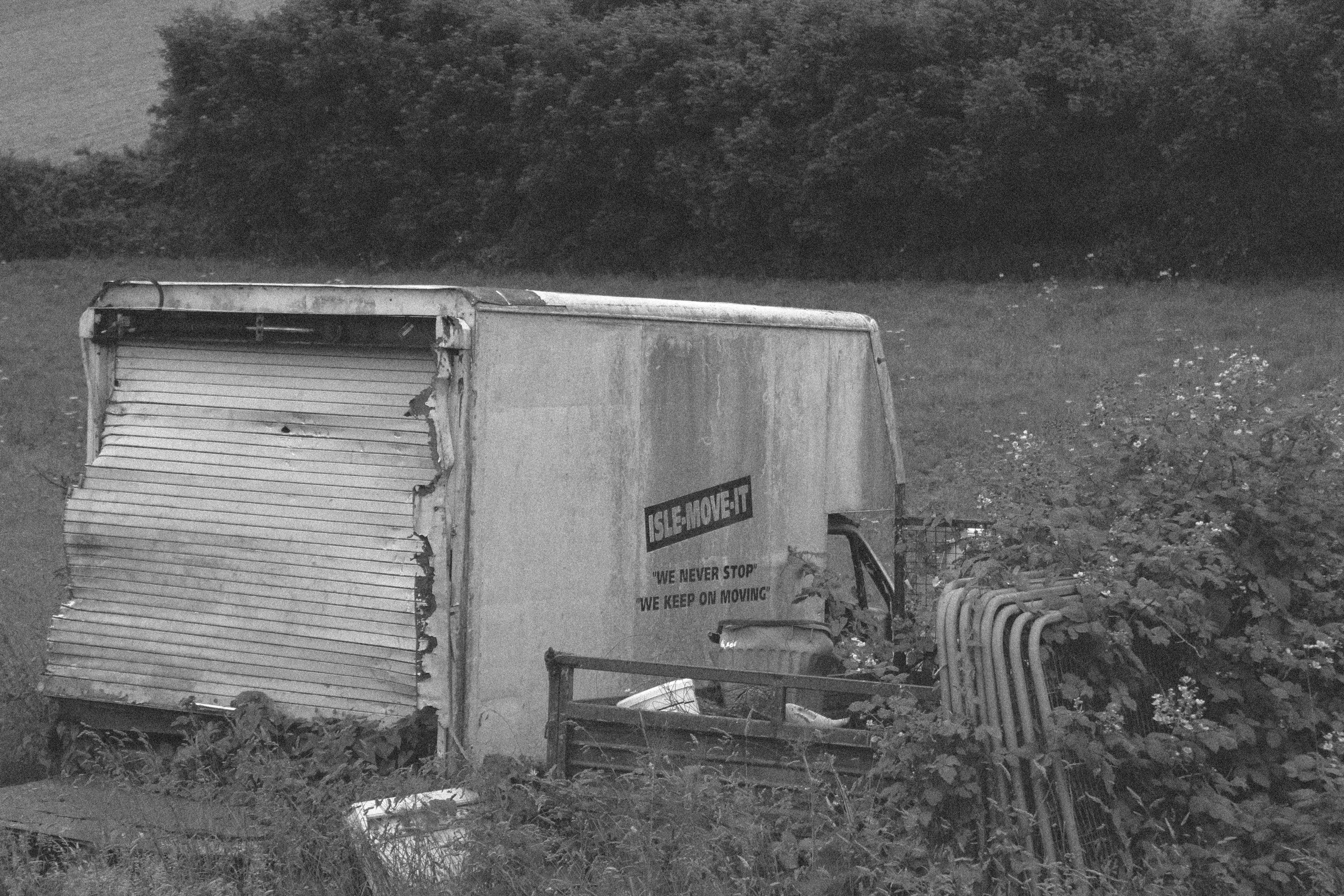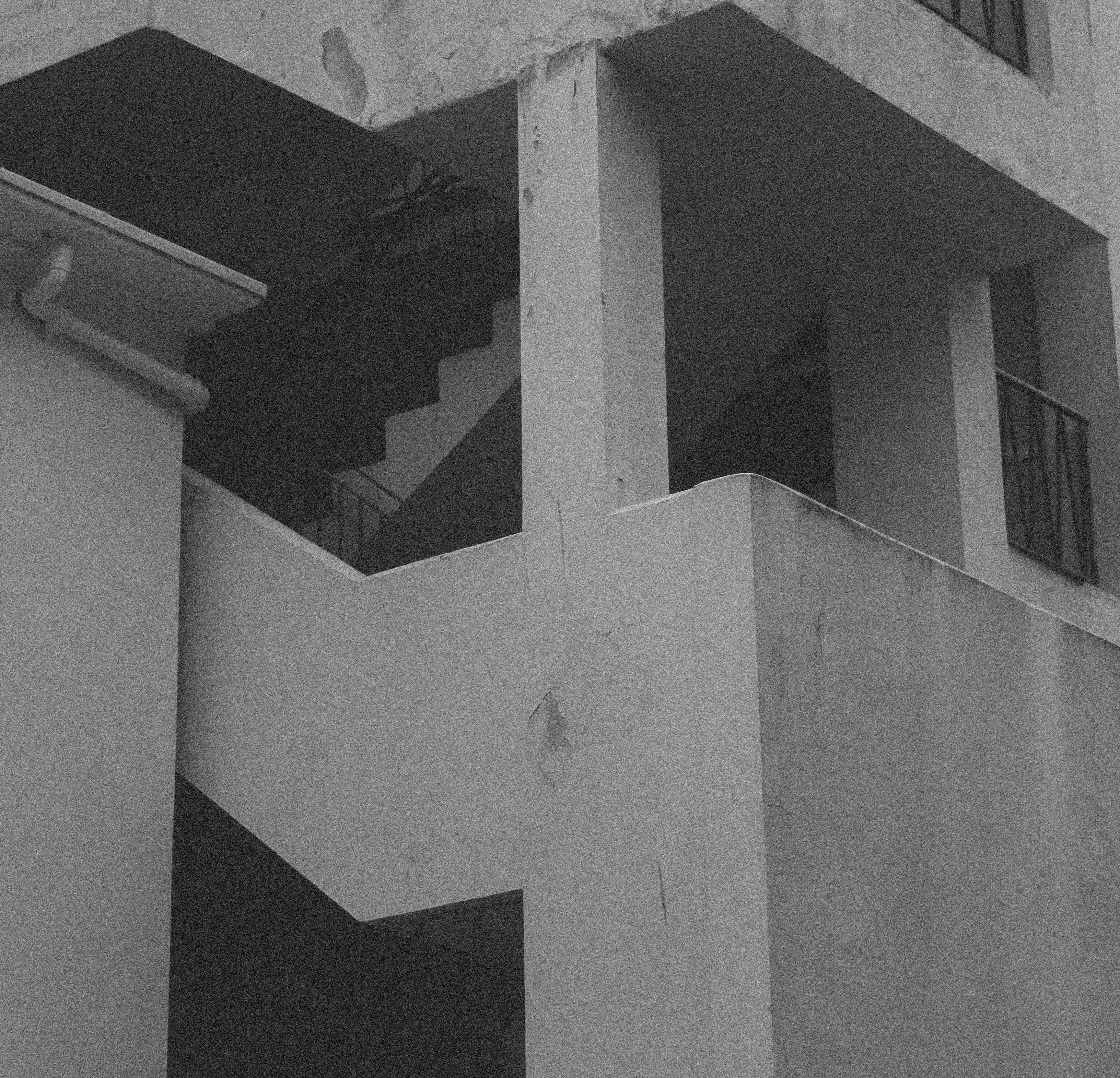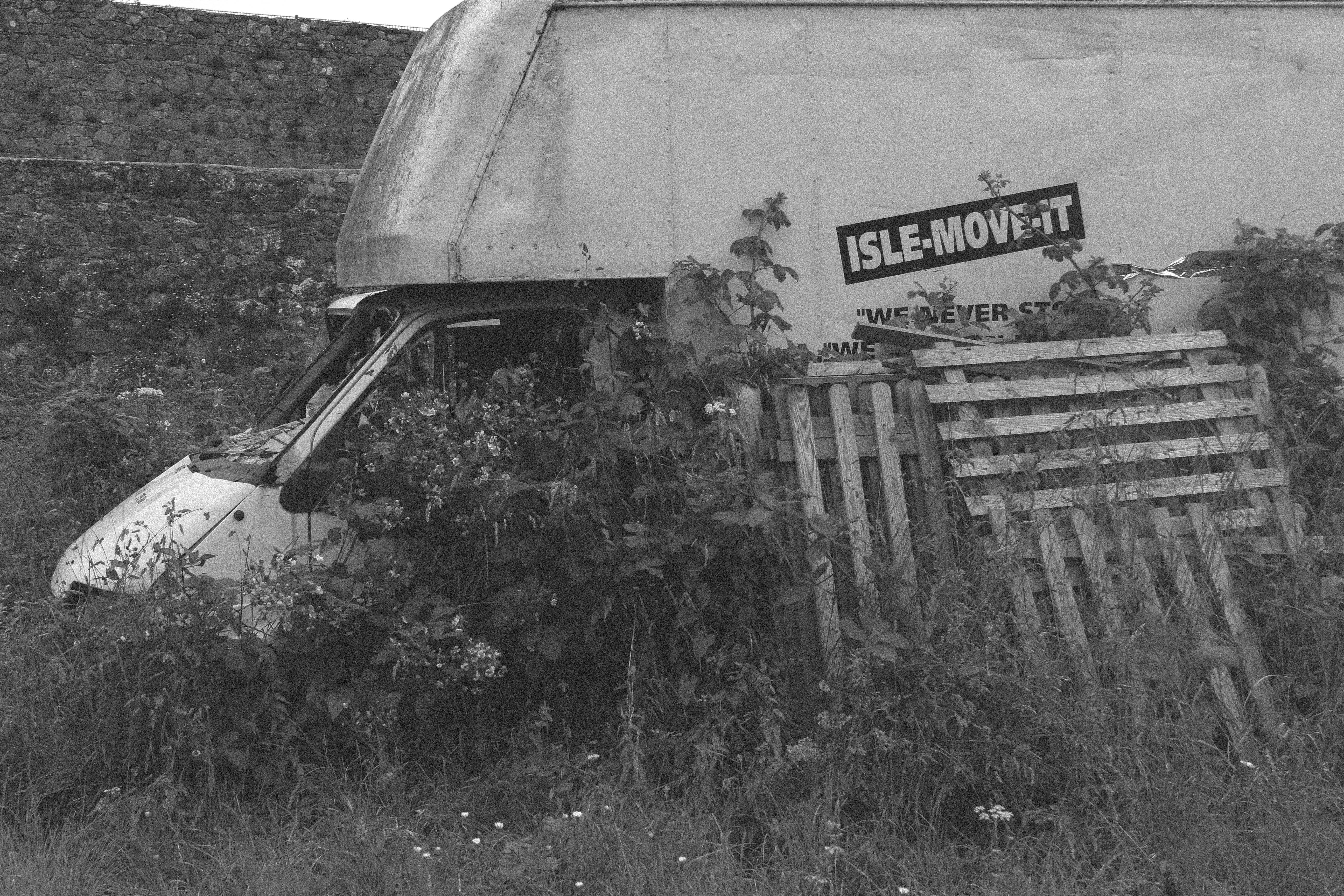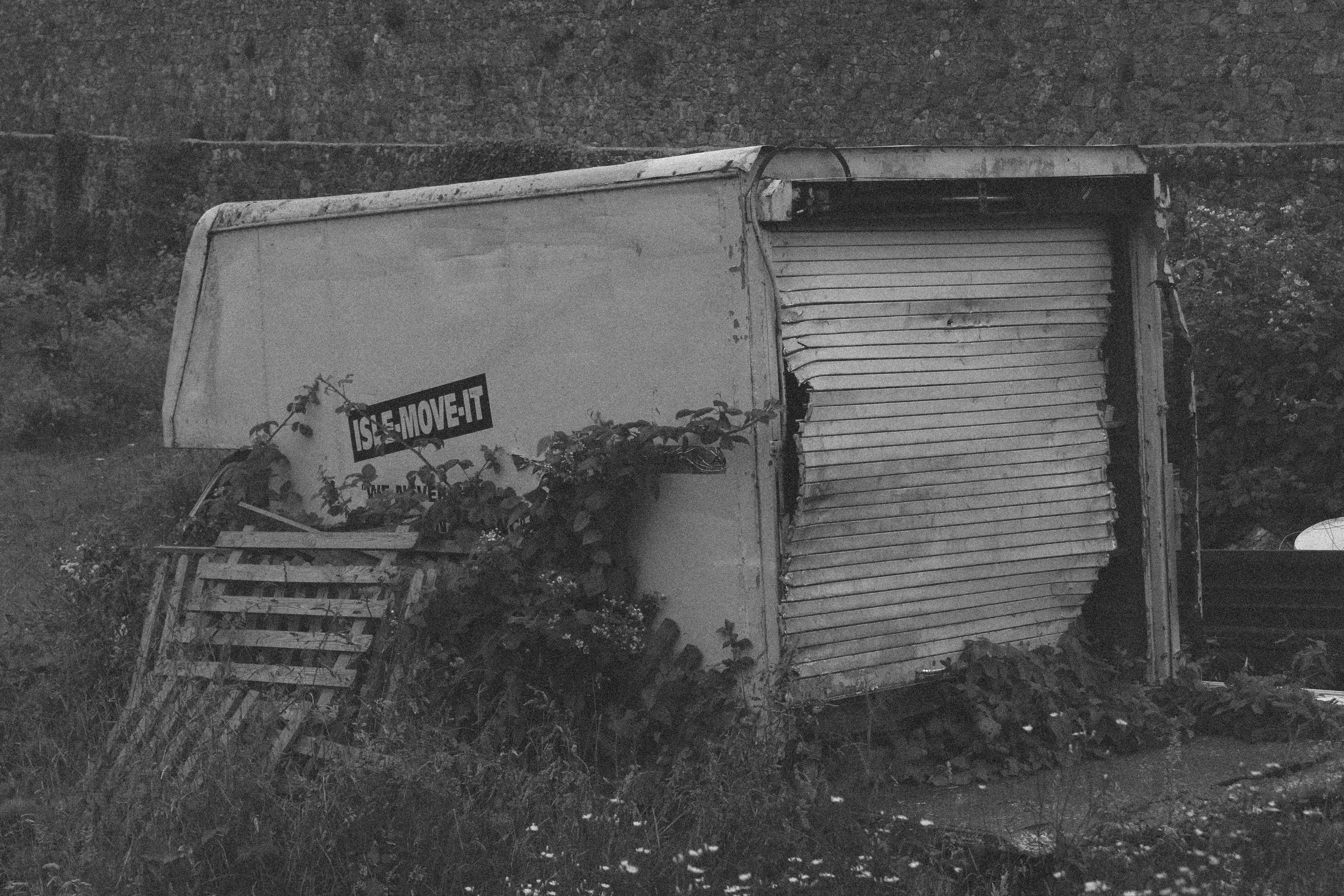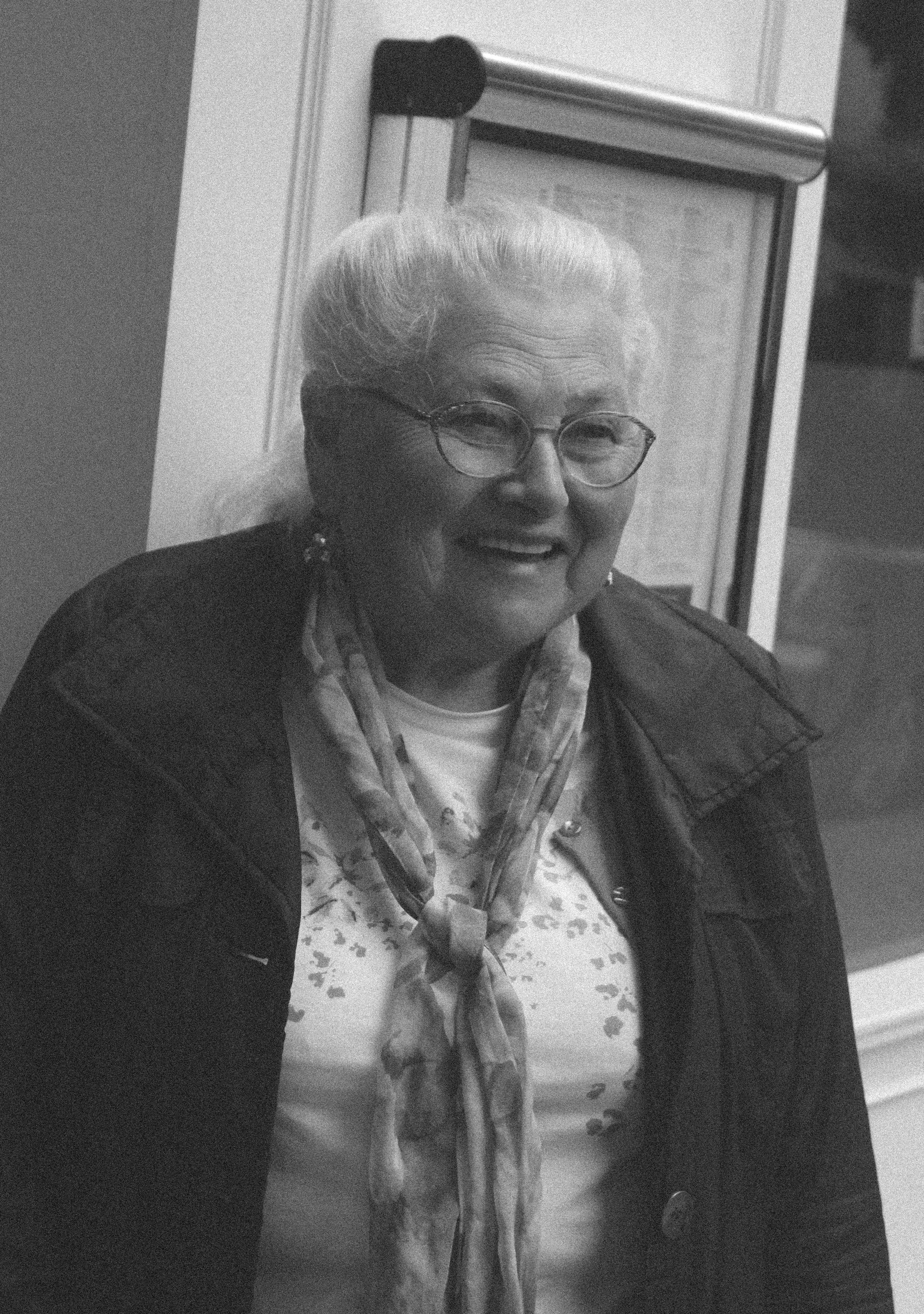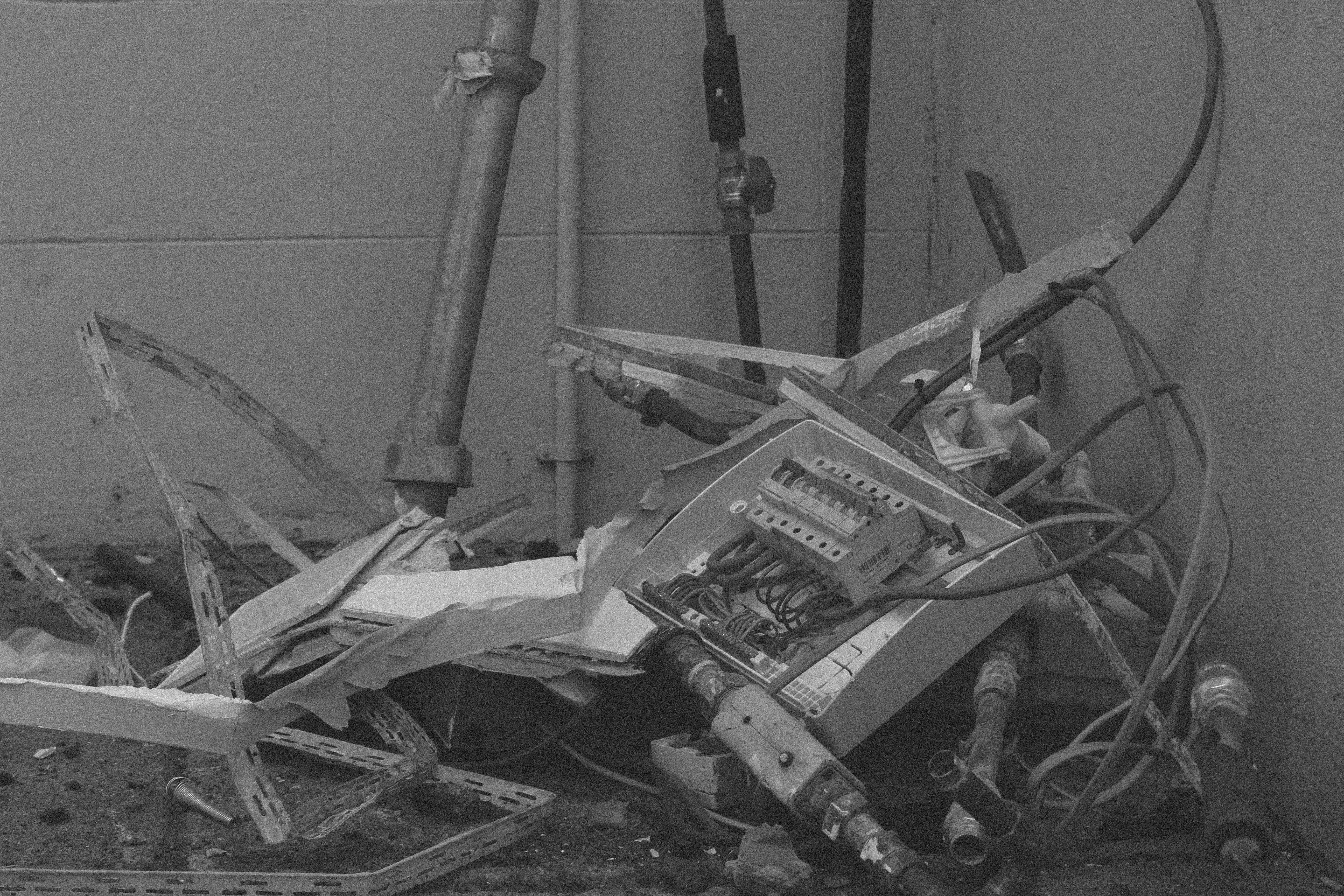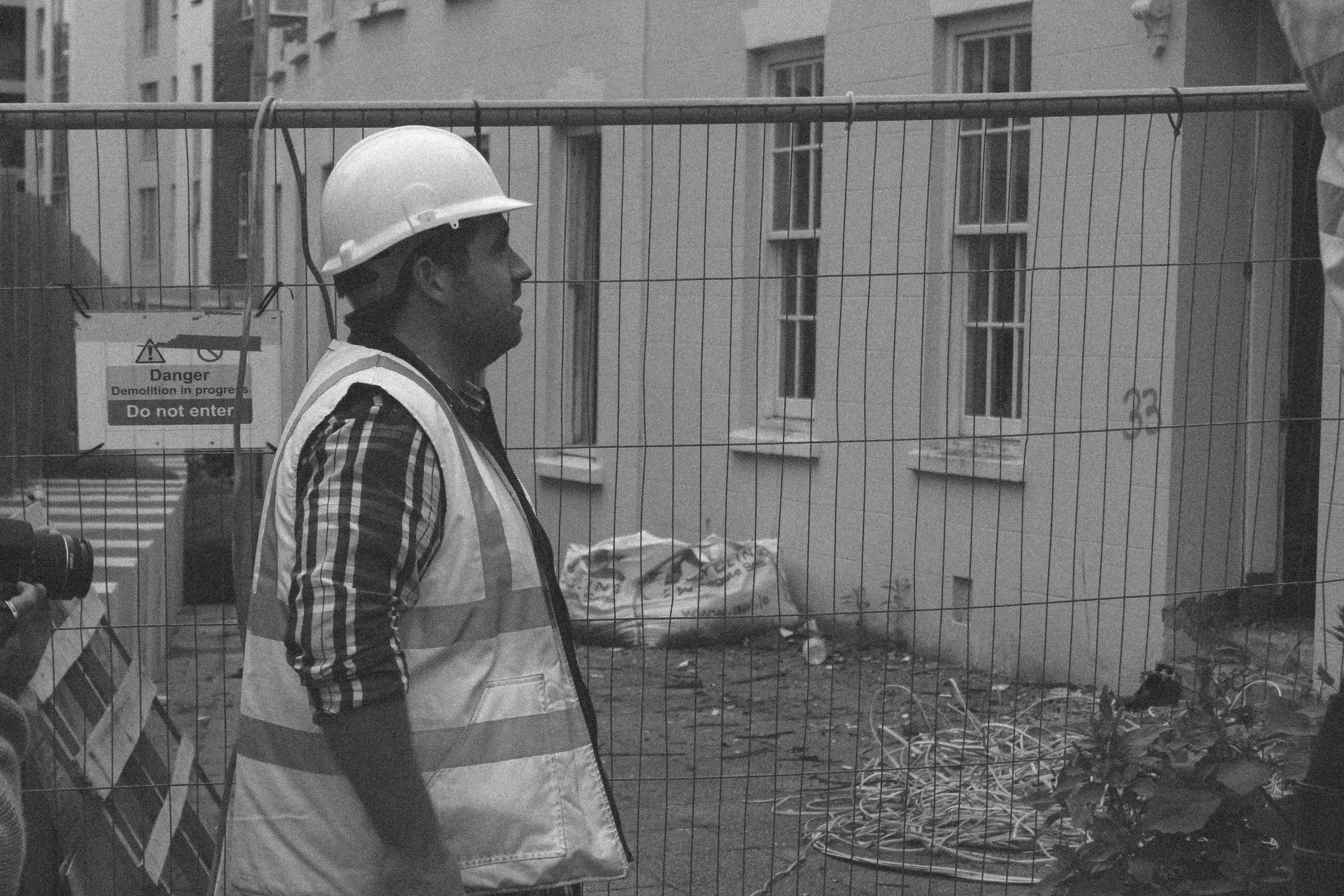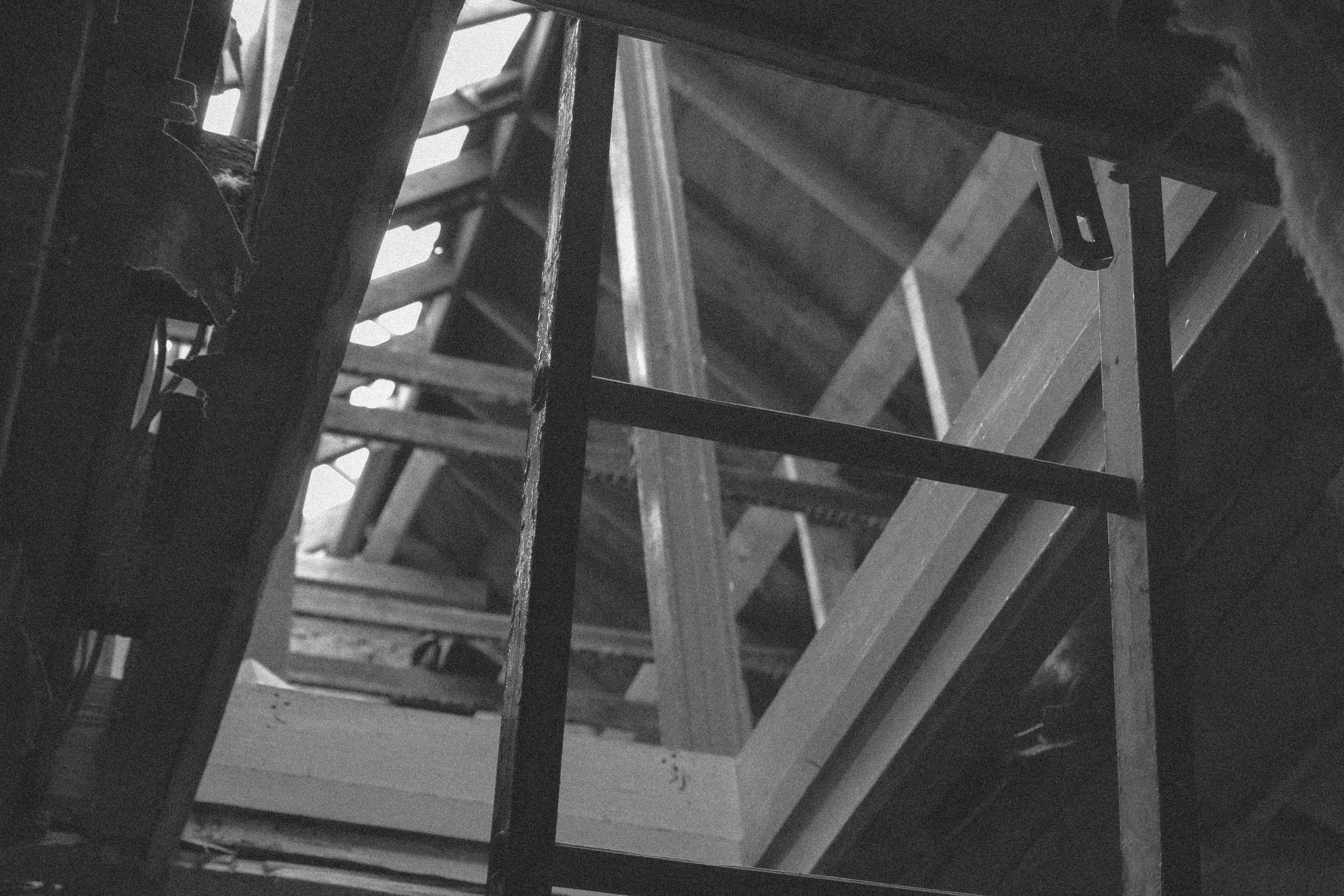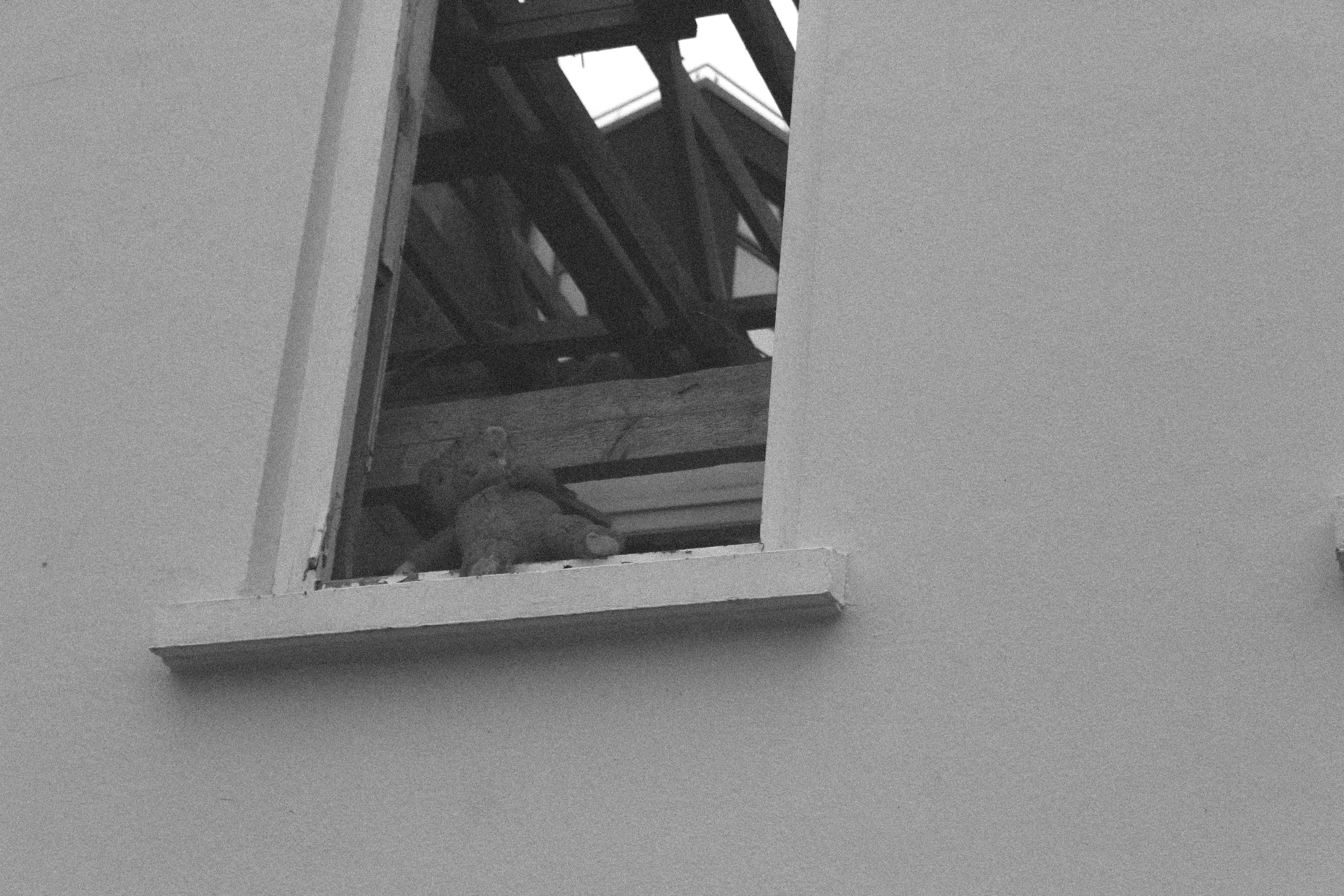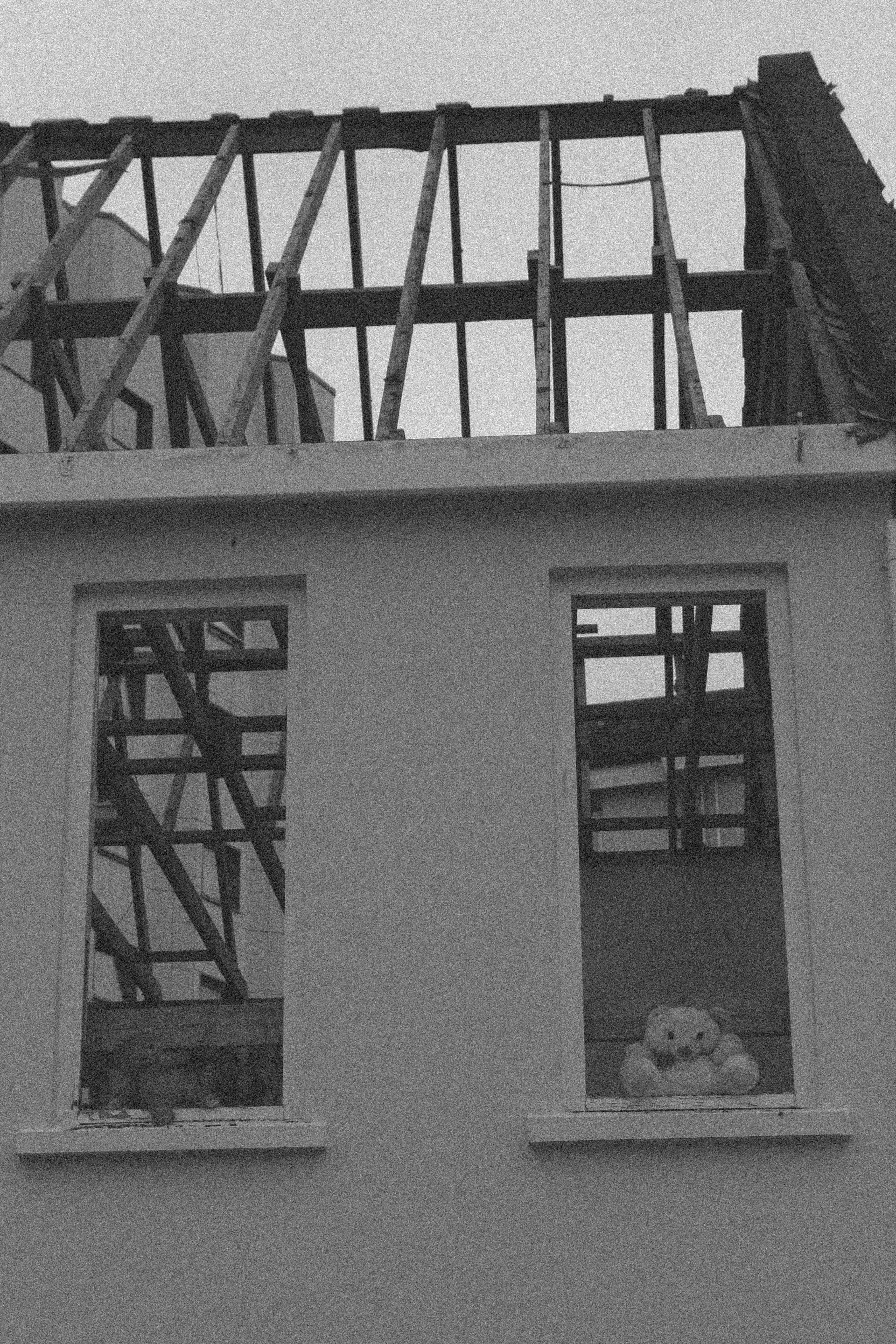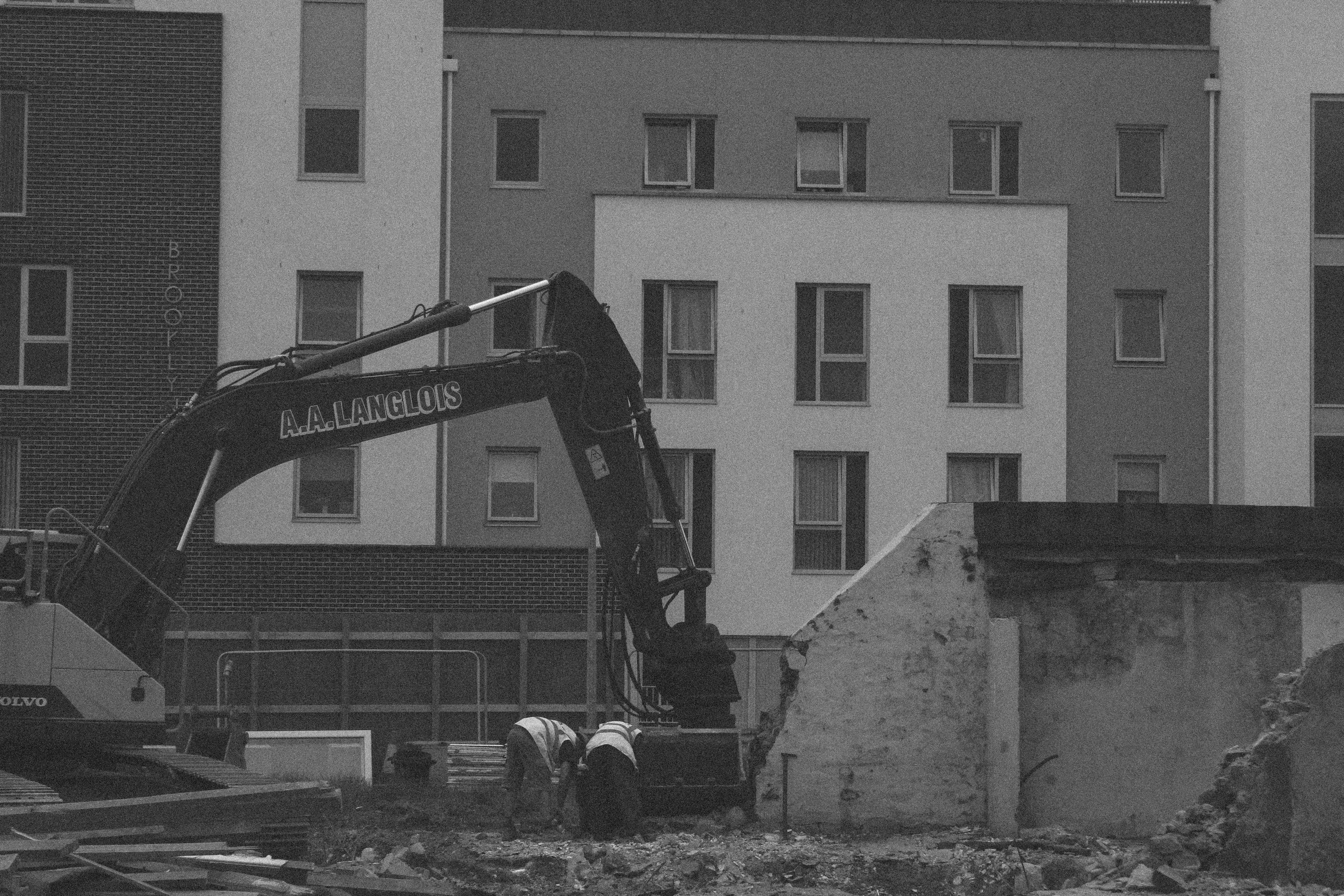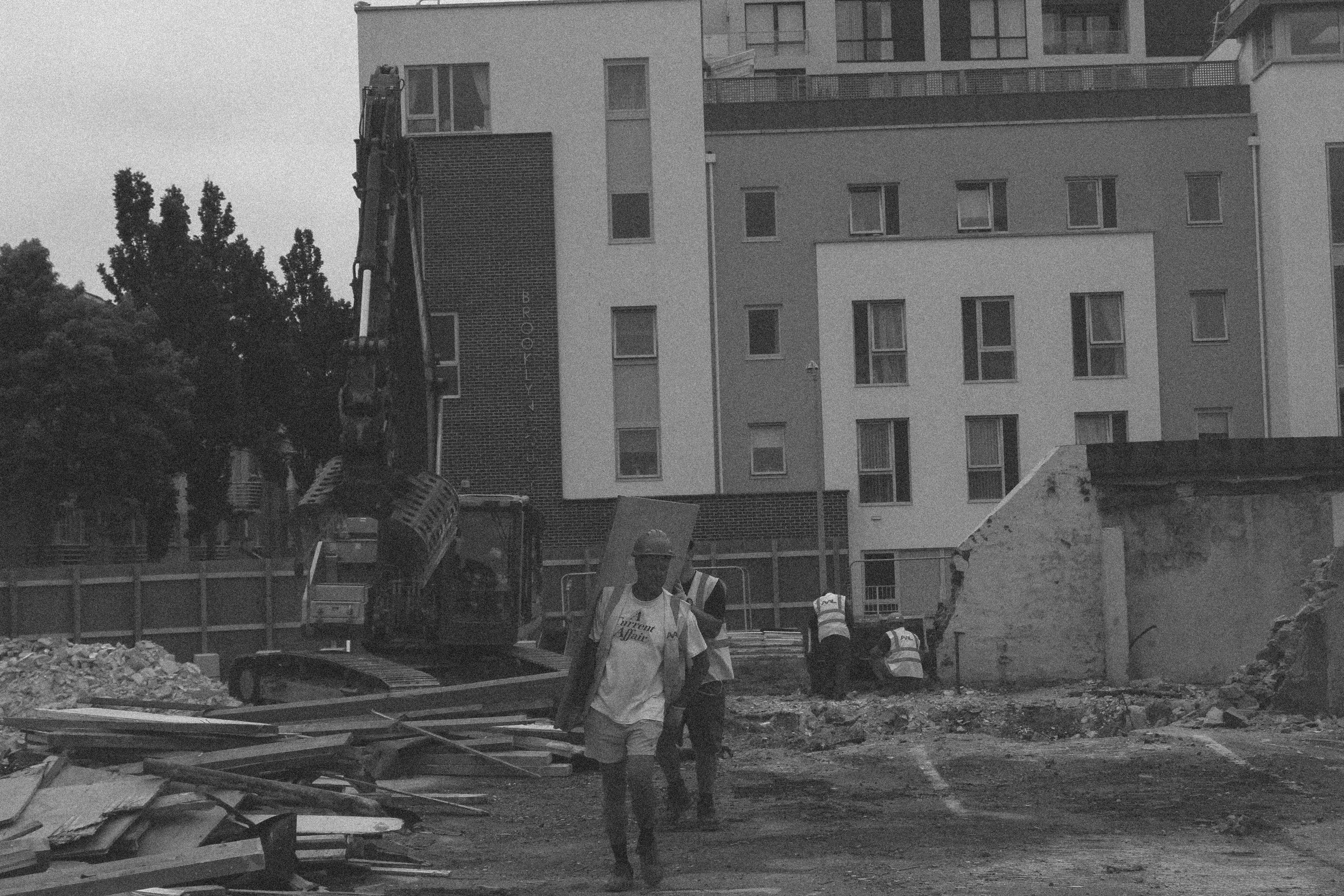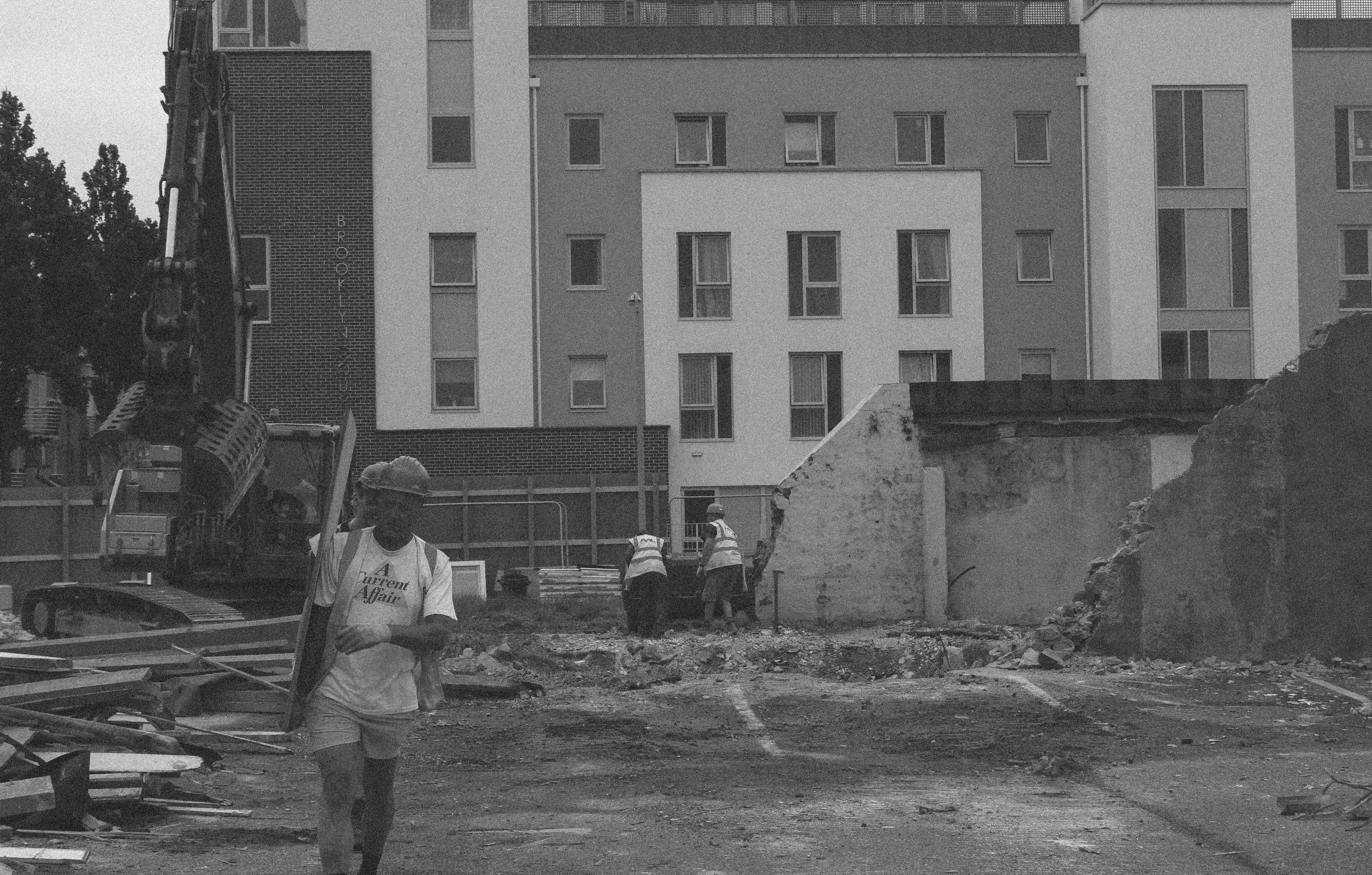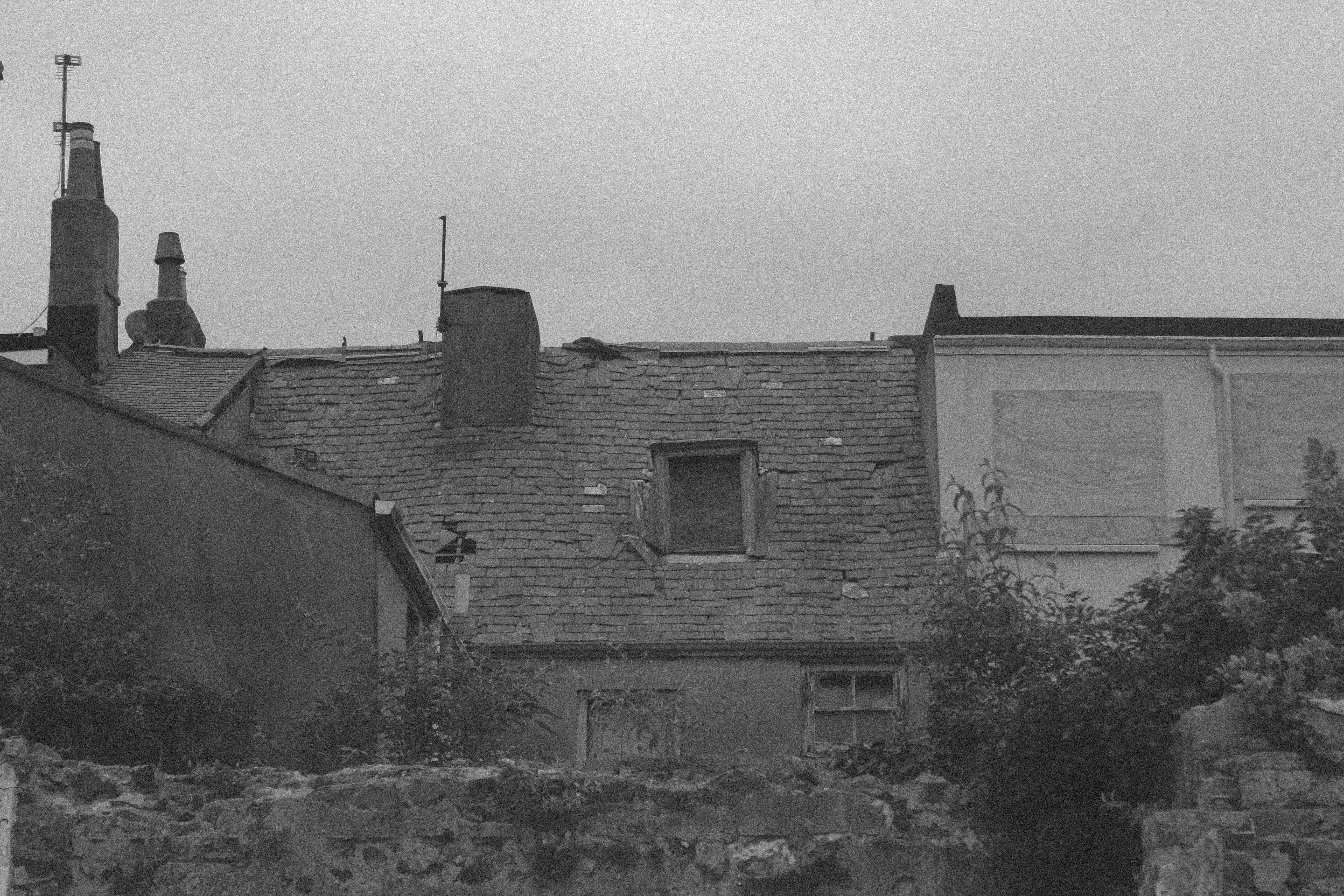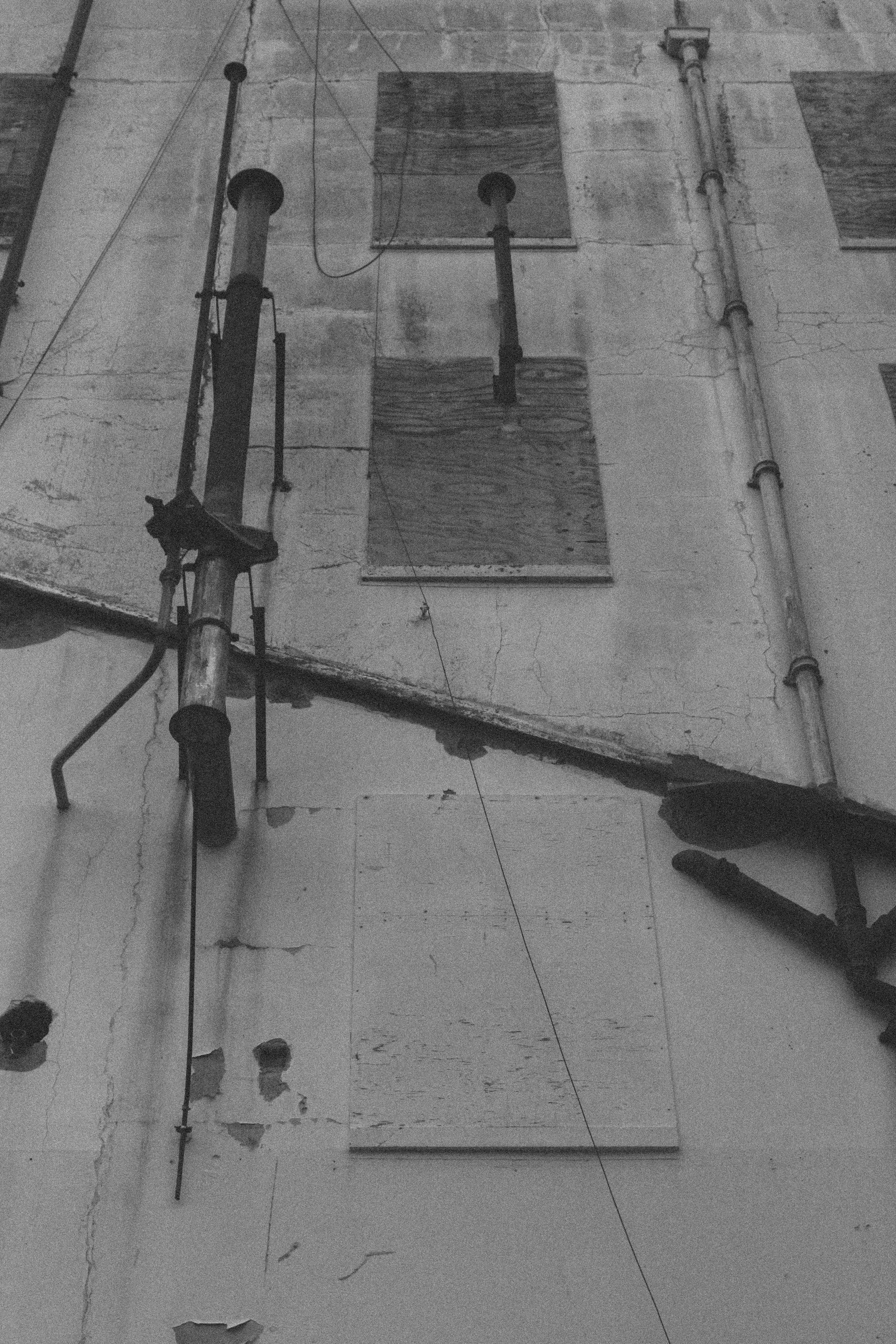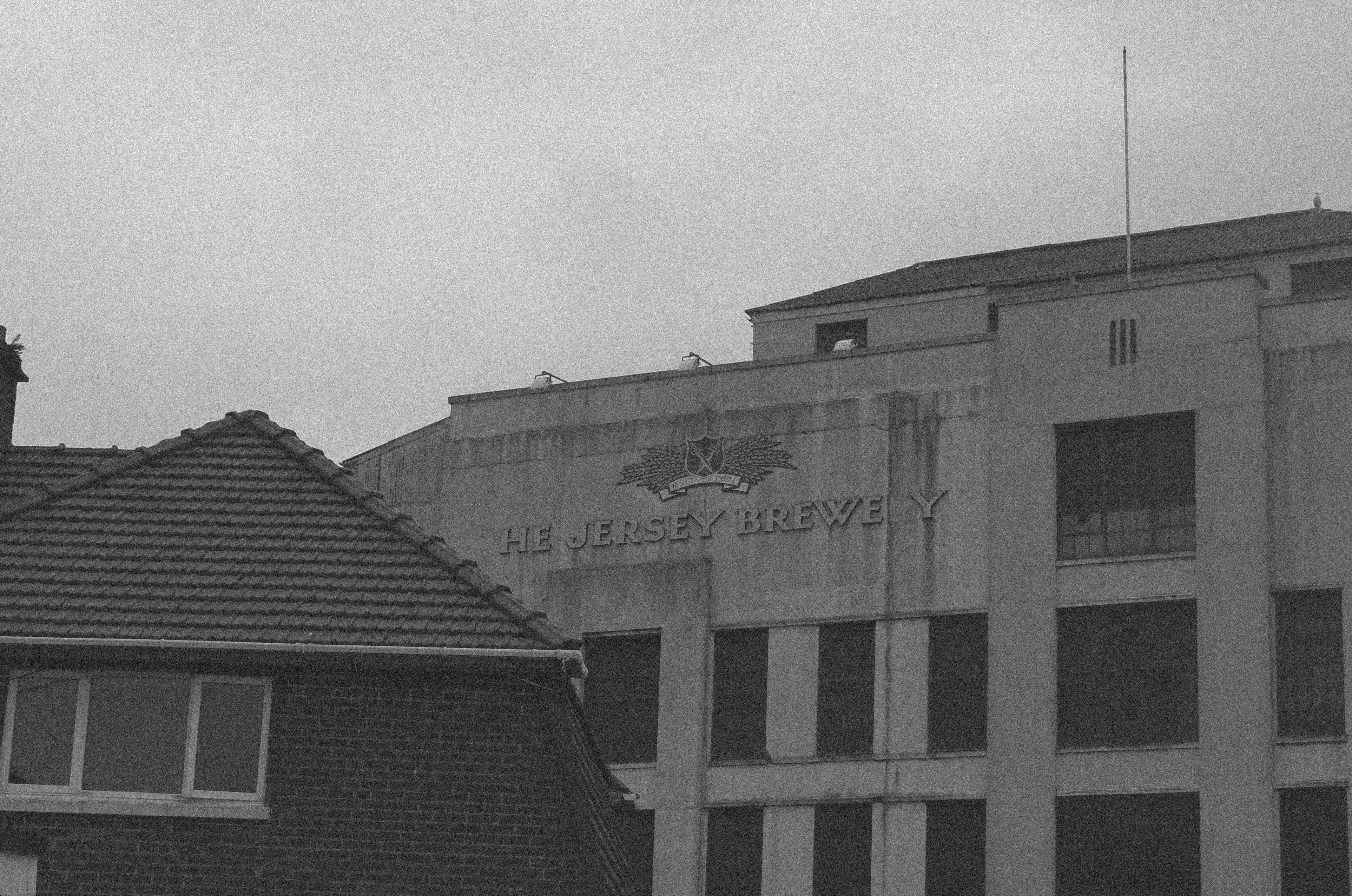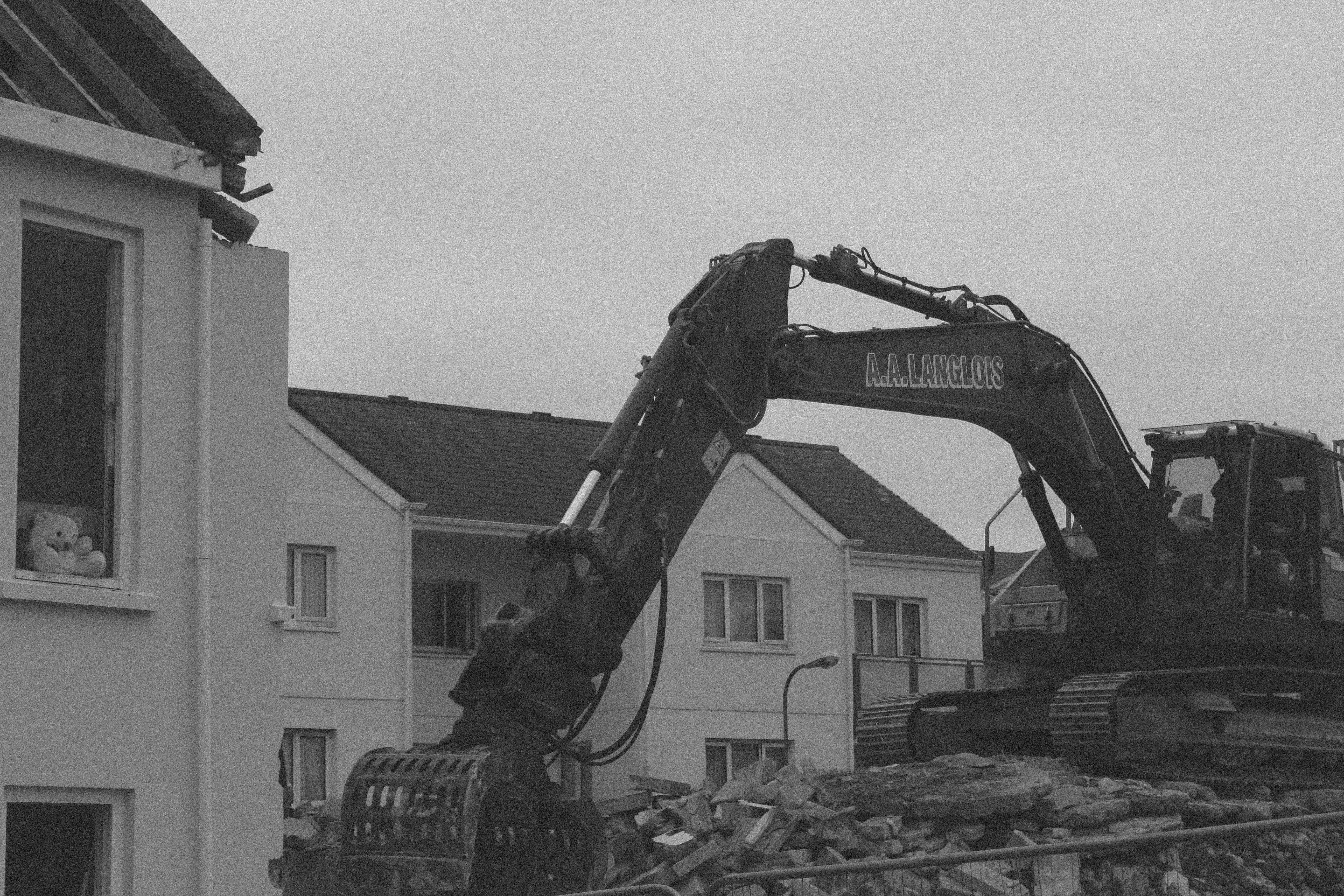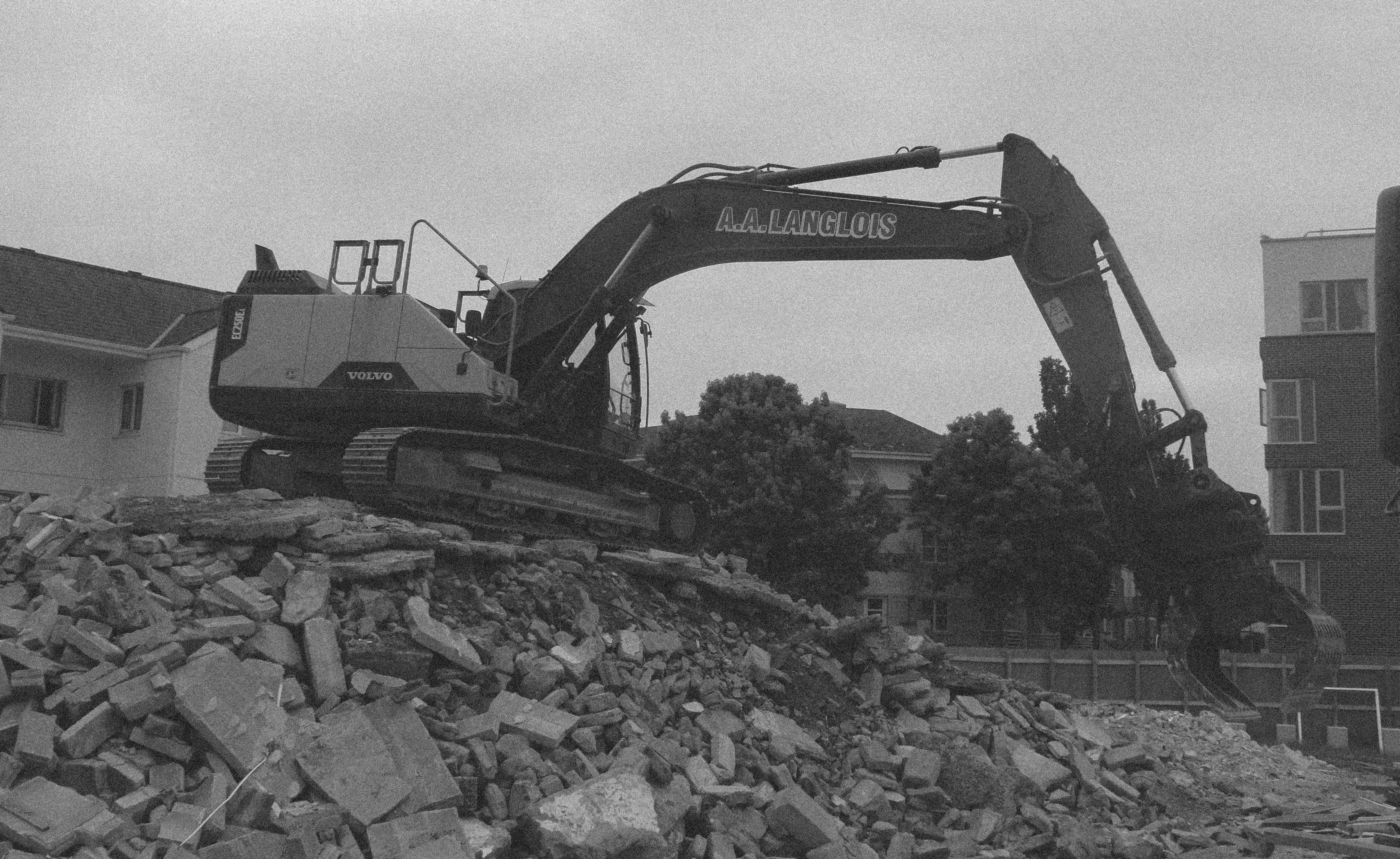Here I have created colour edits of the photographs in my final shortlist in order to experiment and see different possible outcomes for my photographs. When using colour in these photographs it takes away from the old-fashioned documentary photography feeling that the photographs in black and white convey. For this reason I think that I will leave my photographs in their original edits.
Category Archives: AO2 Explore Ideas
Filters
Second Shoot in St. Helier
Contact Sheets
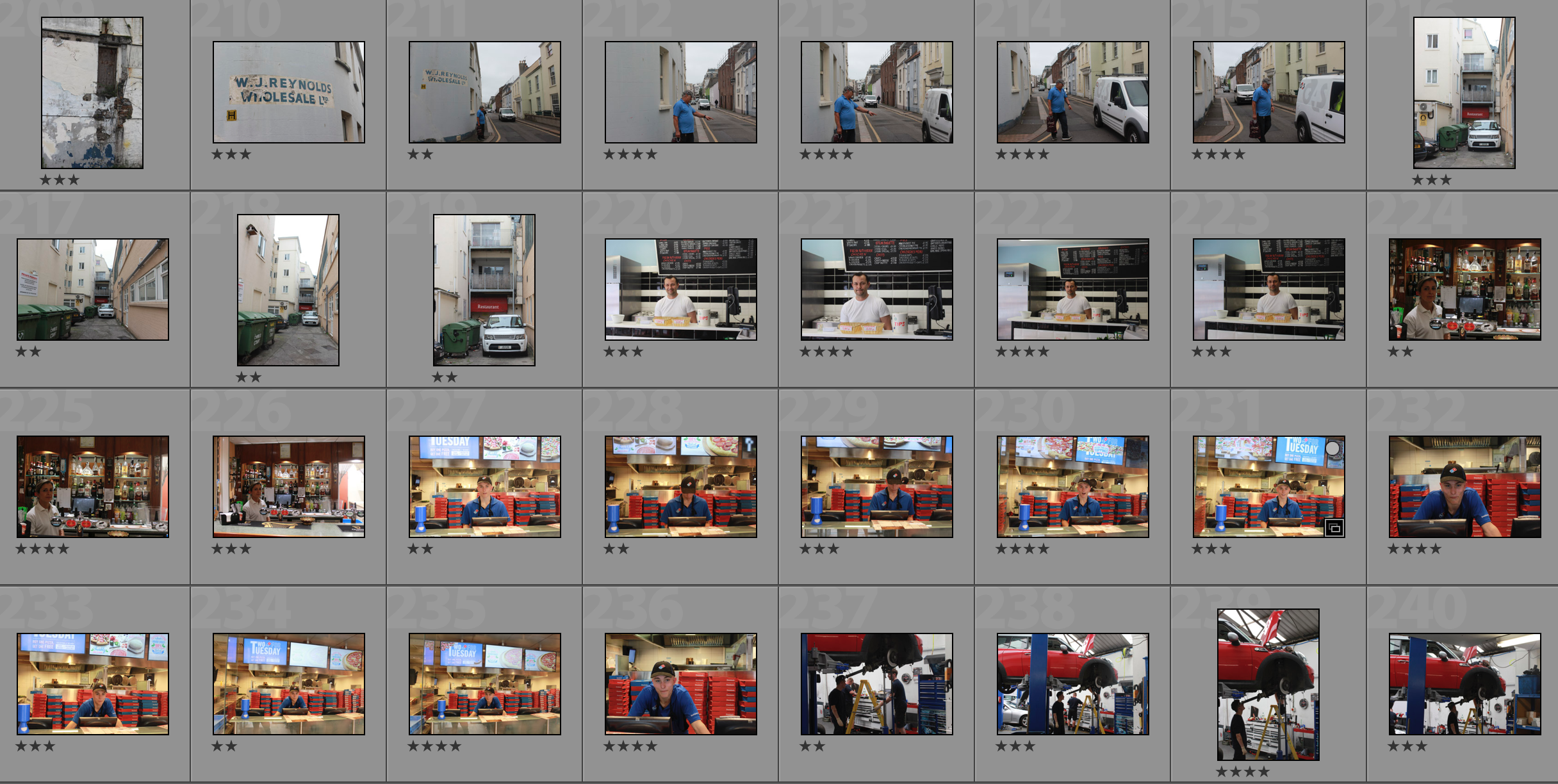
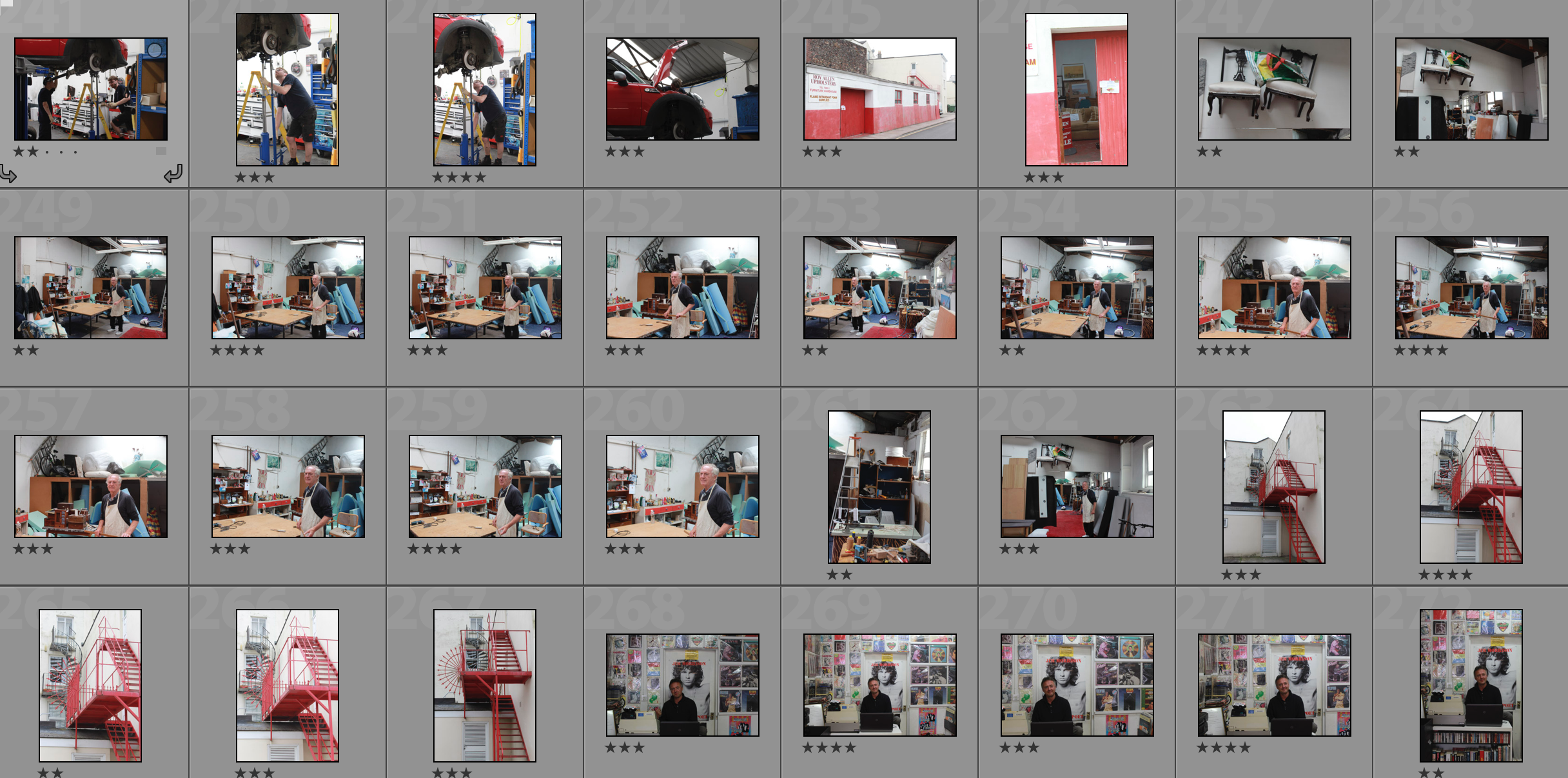
My Shortlist of Photographs
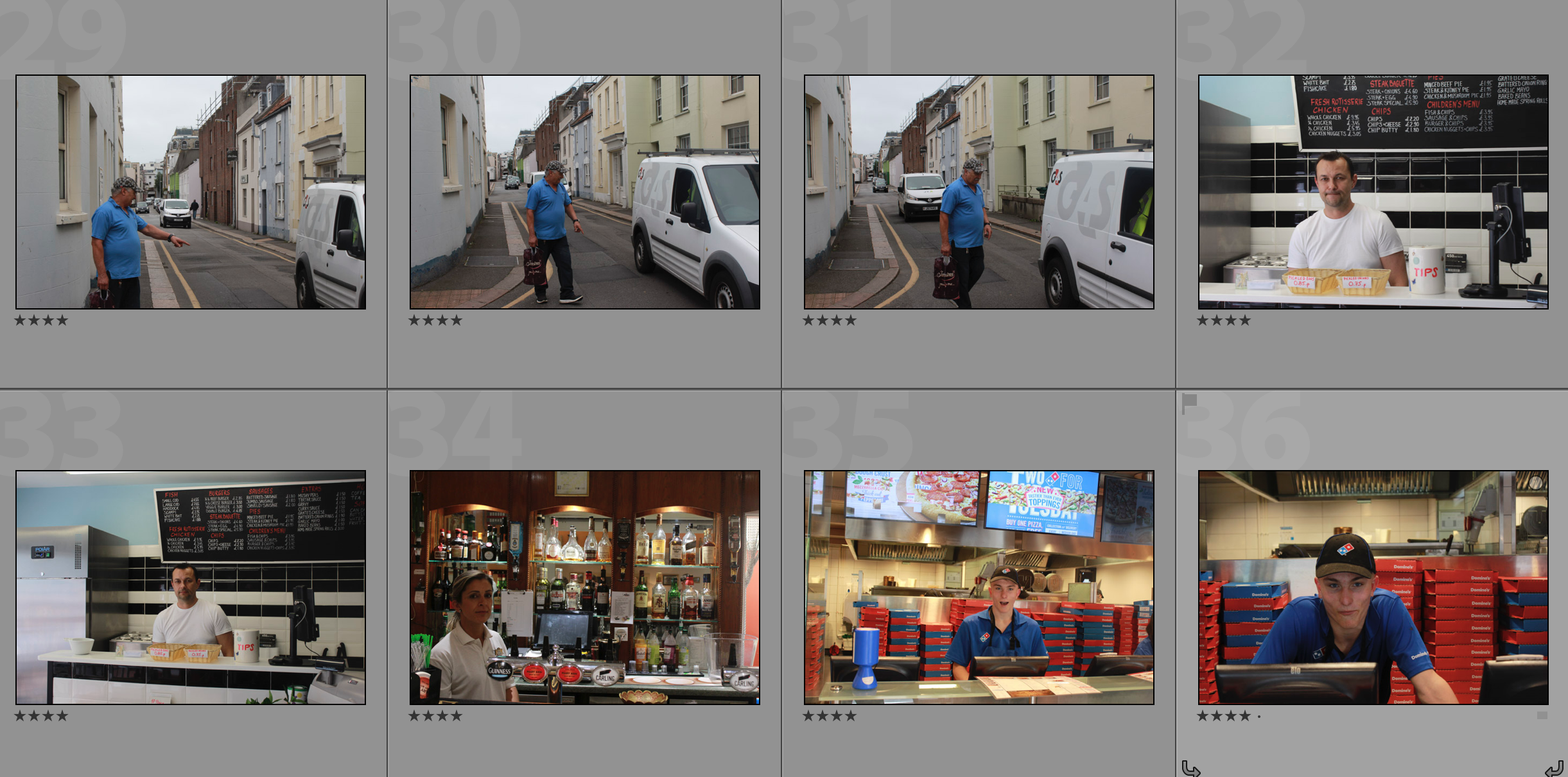
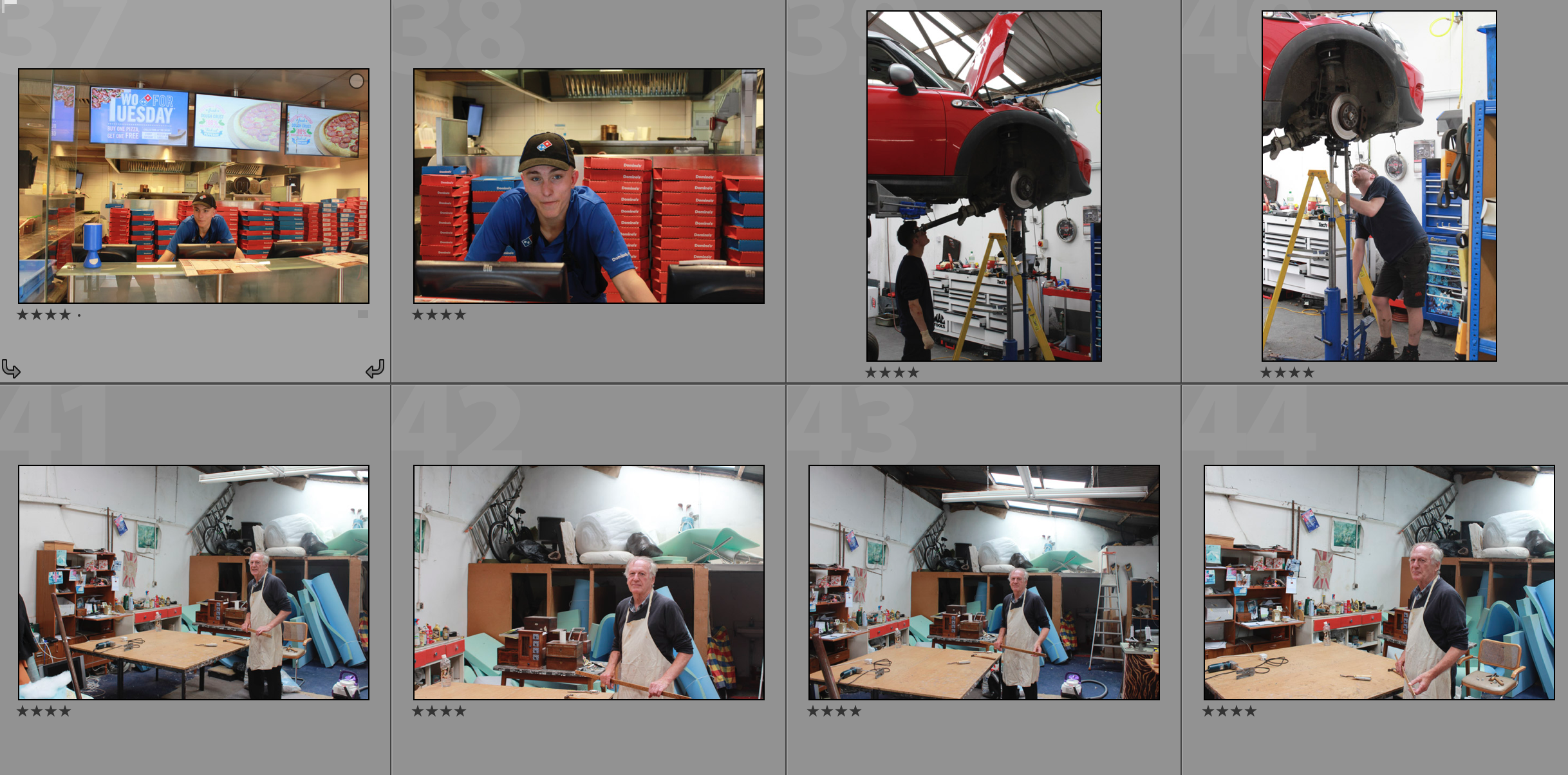

Edits of the Shortlist
First Shoot in St. Helier
Contact Sheets
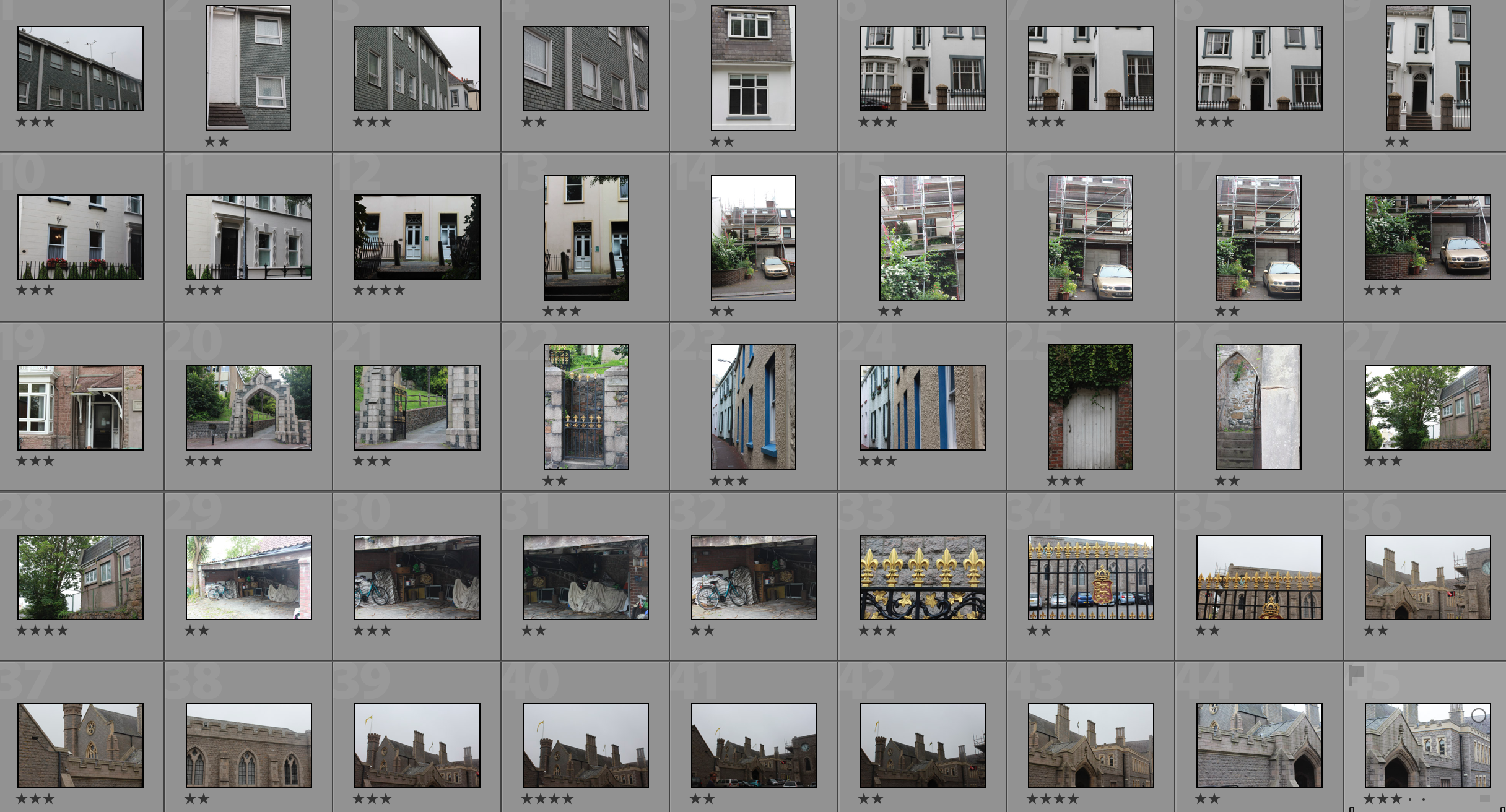

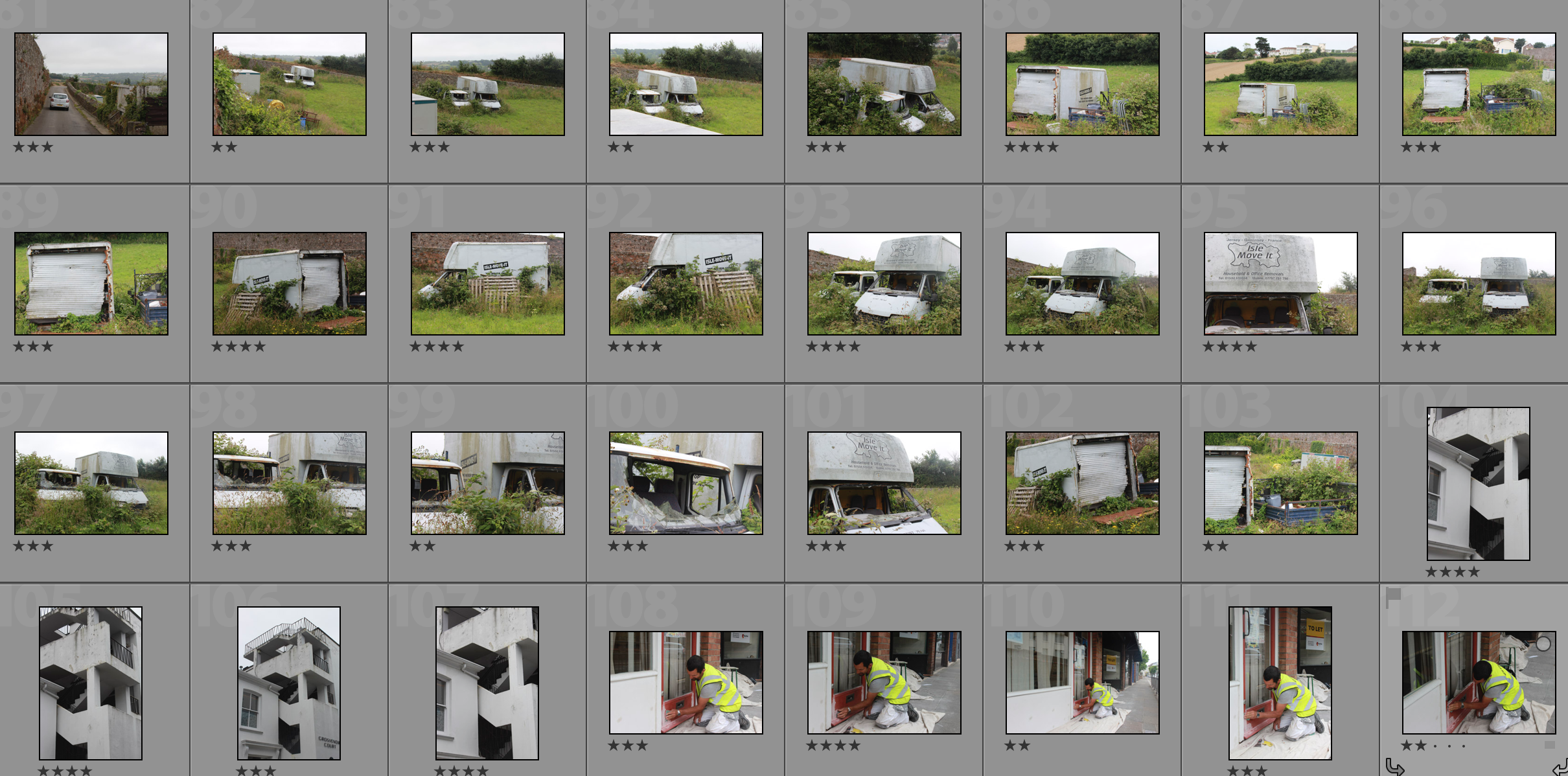
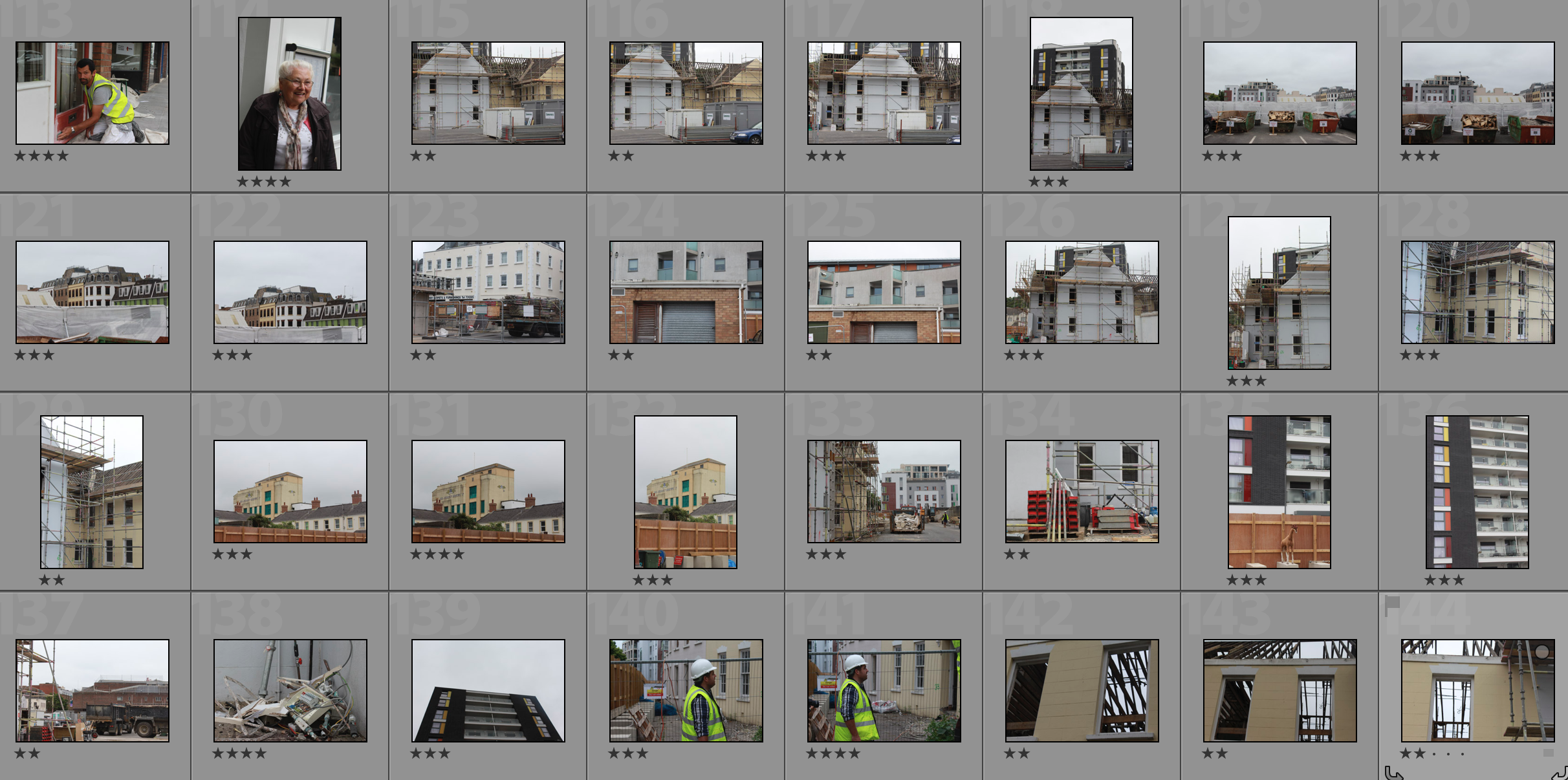
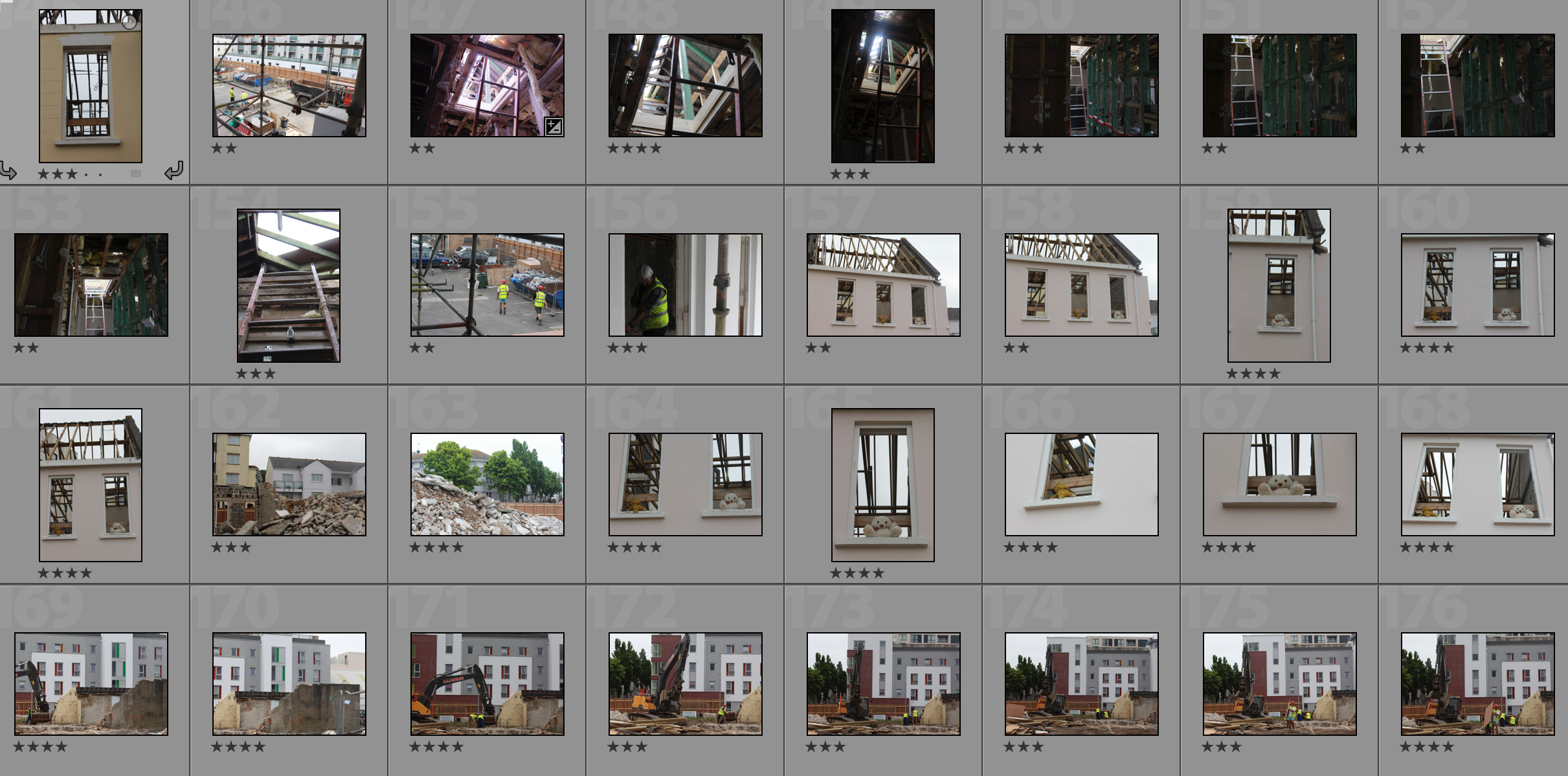

My Shortlist of Photographs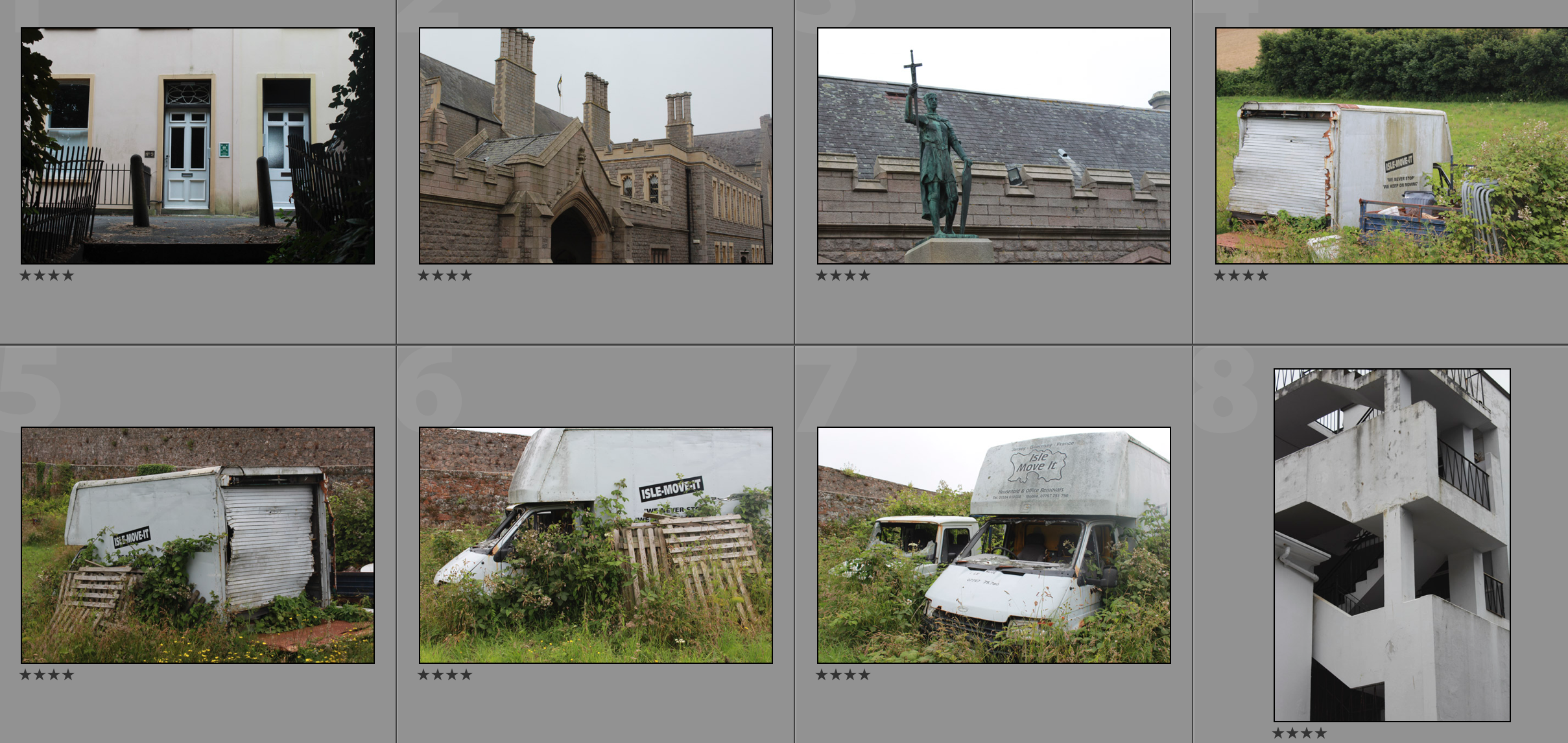
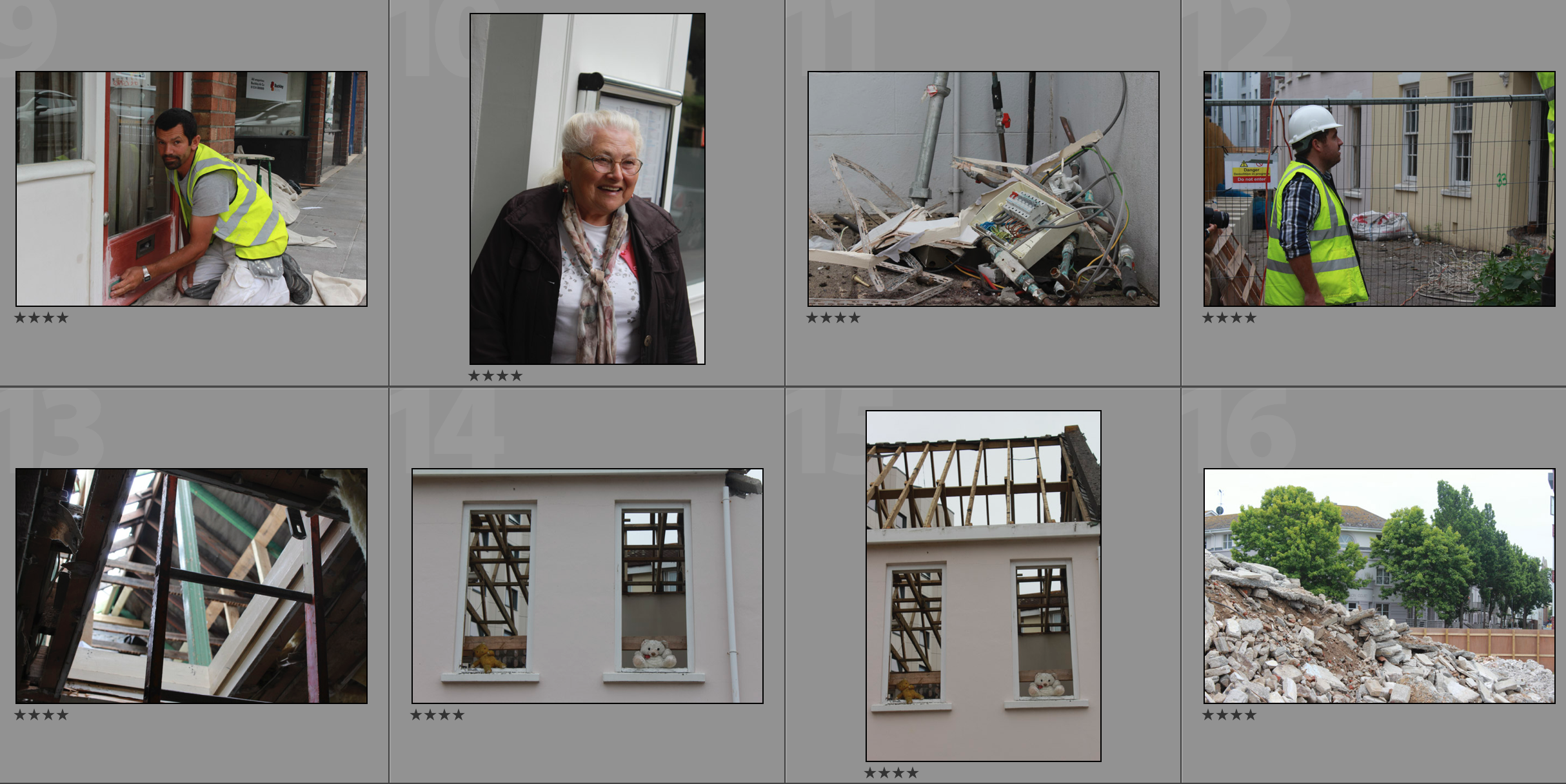


Experimentation
I will be cropping, applying filters and adjusting the properties of the shortlist of my photographs in order to create the images that I desire to.
For example, below shows the editing process; I start off by altering the white balance and then I focus on choosing the correct filter and then editing features such as the brightness and contrast. I then finish off the editing by cropping.
Edits of the Shortlist
Evaluation of Shoot
In this shoot I have successfully looked at multiple subjects whilst exploring the title of “Future of St. Helier”. I have looked at neglected buildings left to rot, new buildings being constructed, man taking over nature, nature taking over man, history of St. Helier and importantly the people of St. Helier. One thing that I believe that I have done well in this shoot is capturing the different aspects and areas of St. Helier to document the ongoings of the renovations and also to document the destruction. One thing that I think I could have improved on is my focus on portraiture and the people of St. Helier. I plan on developing this in my second shoot as I will revisit my given area and focus primarily on portrait photographs in order to widen the variety of photographs taken from this project.
Plan for shoot of St Helier
Future of St Helier,as previously said my shoot is around the red section, from the old police station to around St Thomas church area.I have Previously shown and experimented within ideas and concepts I too want to capture within my work,but additional my inspiration I have had from the jersey archives and Tom pope and to not its four on my themes of old and new and modernization in buildings but also taking images of the poeple and how their lives have changed and expanded due to futuristic development.My main title for the whole of this project is : Modernization reunite with past,futistic revamp of St Helier.i also wnat to photgrphy old builings that have so much potential to build and become morden and create a new st helier.Old route,archive :The areas in which I am going to all used to be hotels,I could show comparisons of the finace areas and the old main attrcation of tourism and the contratsing digffference through justaposition of architecture and the new different audience of who come to jersey beacuse of these new main attrcations.
buildings and people: I originally expressed my main interest within concentrating on architecture of old and modern nuilindg to stress the change and further futuristic advances we need in St Helier in order to benefit everyone. However know i also want to cpature poeple living within the area,and try and tell stories through portrite images and the areas in which theyare aurrounded. although when it does comes to foucousing upin the builings i want to urban esc photography within this area,ads modern builings are not current wihtin this section of town.One of my artists is Tom Pope,he is an artists I have previously spoken about and tucks the jersey archive.i was inspired by his work because he had so many interesting conceptual ideas of presenting a location through the people living within it, and also the movement and light and overall composition of how you bring an environment o life.Additionally I am going back to focusing on modernization,this comes under the comparison and juxtaposition of fiance sector of st Helier and then my given red section and how i can edit and compare these areas and stress the need for a change.
Luke Fowler
Luke Fowler is an artist, filmmaker and musician based in Glasgow. Luke Fowler’s work explores the limits and conventions of biographical and documentary film-making. This has resulted in comparisons with British Free Cinema of the 1950s, which represented a new attitude to film-making that embraced the reality of everyday, contemporary British society. Working with archival footage, photography and sound, Fowler’s filmic montages create portraits of intriguing, counter cultural figures, including Scottish psychiatrist R. D. Laing and English composer Cornelius Cardew.

It is said that there is a fine line between film and photography. In 2006, filmmaker Luke Fowler(1978, Glasgow) borrowed an Olympus Pen F to document his artist residency in Bamburg, Germany. Fowler created the double images by using a half-camera frame, exposing two images in one 35mm frame.
- After developing the first roll, he was struck by the role that chance had played in the resulting diptychs. This signalled the start of a new project, resulting in his book Two-Frame Films: 2006-2012.
- The book addresses the fine line between photography and film, as the photographs, which are reminiscent of film-stills, question the limits of photography as a medium of representation.


- In the introduction Fowler discusses how the idea of ‘in the blink of an eye’ has a different meaning for us as human beings than it does with the camera.
- When we blink and close our eyes, we are blind to the world in that instant.
- By printing two different images alongside one another, he aims to emphasise the momentary nature of a photograph.
The images that are paired together were taken moments apart in some cases, while they were taken at entirely different times in others.
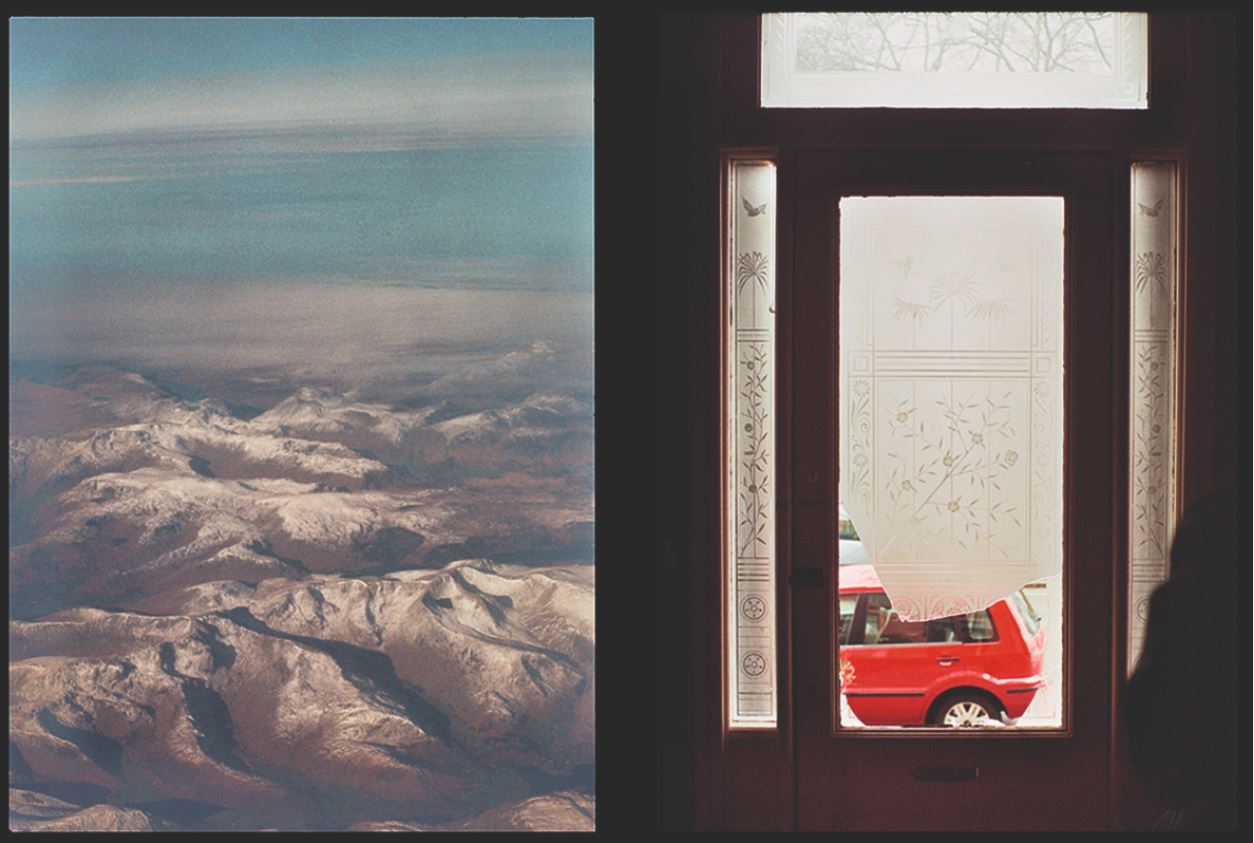
- The way in which he combines the images in Two-Frame Films shows that Fowler is first and foremost a filmmaker, creating a narrative of, and an interaction between, multiple images.
- These new narratives created by the diptychs, question photography’s reliability as a way of documenting ‘real’ life in a single, still frame.
- He shows us how we can create a story, or tell our own story, through combining the chance fragments as exposed by photographs.


What drew me to Luke Fowler was his attention to detail in his photographs and the way he focuses on what others may not notice. In particular his juxtaposition two frame images caught my attention as the two images
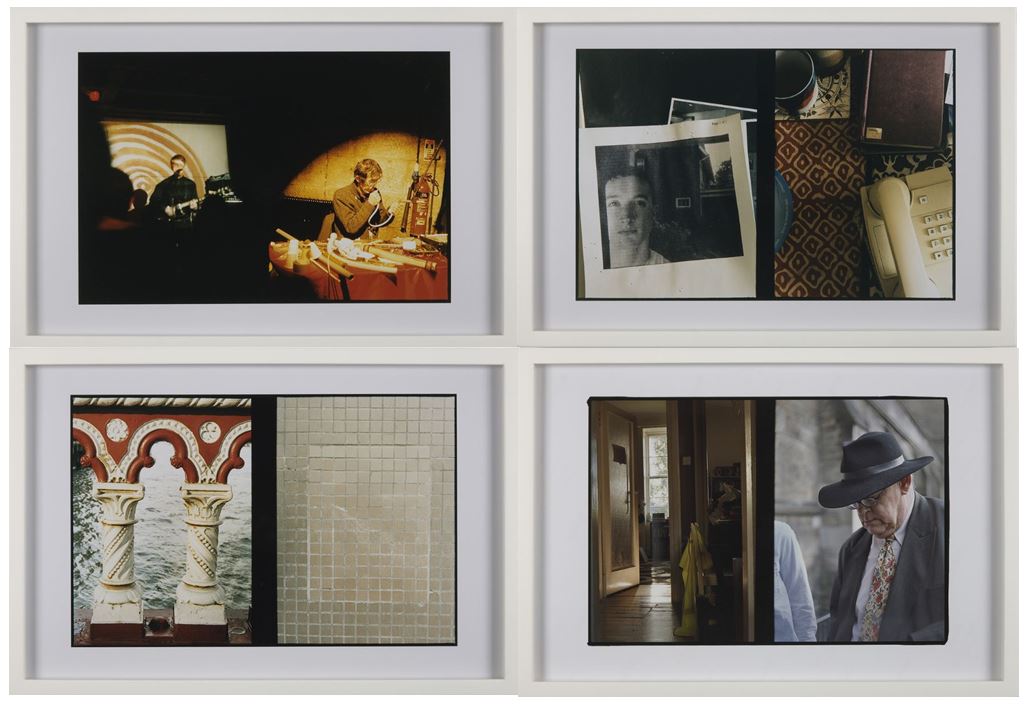
Fowler experimented with different film stocks, subjects and framing, and the images are inextricably linked to his filmmaking as evidenced by the elements of montage, colour and reflectivity that permeate the series. In both still and moving image, Fowler considers how an event might be abstracted by the camera apparatus in a subjective ordering of reality that is emphasised by the dialectic between paired images. The photographs are a means of personally testing the ability of the camera to authentically bear witness to an event, and its fallibility as a medium of representation.
‘Two-Frame Films’:
https://www.themoderninstitute.com/artists/luke-fowler/works/photo-archive-group-1-2006-2009/36/
The link below links to a film, shot on 16mm in Glasgow, shows images of Luke Fowler’s home, studio and neighbourhood along with a commentary in which the Turner Prize nominee describes his working practice.
https://www.tate.org.uk/context-comment/video/turner-prize-2012-luke-fowler
Original ideas and artist 1:Tanja Deman Fernweh
Shoot inspiration:
First idea:This is the conceptual idea of architecture within new and old buildings.This symbolises movement and clutter,and how the secrets within St Helier and the hidden past lives,this is a basement of a building and you cannot tell weather it is older or modern,I’m concentrated to find movement and areas to which creates an interesting composition in an area we generally would not view or something we would not typically want to see within a building.
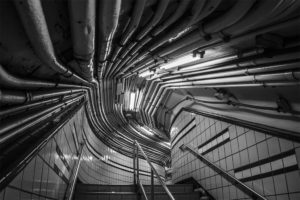 Idea 2:forming old and new buildings collaged into one image,for this I will connect my second photoshoot of modern buildings not in my given section and combine with older more historically significant architecture. This old and new vs development can present the beauty on both sides but also the inner most need for a revamp and mordenistaion on the insides of buildings. I can use collage,reflection or editing techniques in order to successfully accomplish this.
Idea 2:forming old and new buildings collaged into one image,for this I will connect my second photoshoot of modern buildings not in my given section and combine with older more historically significant architecture. This old and new vs development can present the beauty on both sides but also the inner most need for a revamp and mordenistaion on the insides of buildings. I can use collage,reflection or editing techniques in order to successfully accomplish this.
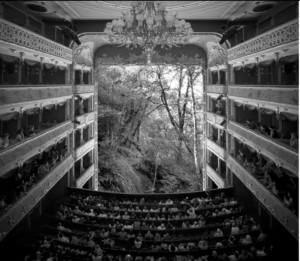
Idea three: capturing modern or iconic buildings in a futuristic light.These alternative abstract visions could be perceived as wrong and dynamic,It shows a movement and a light of the people living wihtin that area that is important for the buildings themselves. To me this is like cpaturing a texture of a place by the radiance it gives.
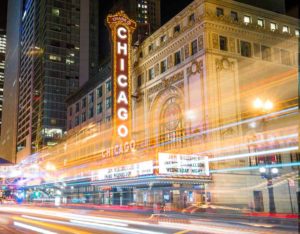
urban landscapes;Although so far I have been focused on showing how St helier’s need to be more modern,in the area I have been given it is very desolet and does not have any futuristic aims surrounding it,because of this is will highlight this decay as an urge for change and also present the theme urban as a type of gentrification and derelication,and how there is a strong juxtapostion and contrast between different areas of st helier itself. I will also try and cpature living situations and poeple and their personalities and persona they have from living wihtin that area.
Artist:Tanja Deman Fernweh
Fernweh has said that “anja Deman’s art is inspired by her interest in the perception of space and her relationship to nature.
Tanja’s works, incorporating photography, collage, video and public art, are evocative meditations on urban space and landscape. Observing recently built legacy or natural sites her work investigates the sociology of space and reflects dynamics hidden under the surface of both the built and natural environment.’
I have a keen interest within her physical and emotional perspectives of a specific location and her own personal perceptions applied to an area,And her views of ,spaces, architectures, geological formations and sites. she also incorporates photography with collage which is an idea that as said previsouly I am highly interested within. Deman’s works spends not just from the camera but also sociological research and human observations wihtin a specific location. Her images are said to ‘reflect upon the dynamics hidden beneath the surface of built and natural environments
Analysis of one of her images:
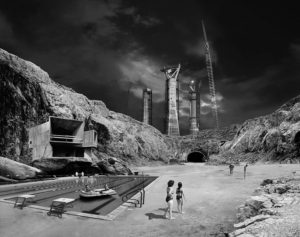
I was inspired by this image due to the way she captured the atmosphere of the location and also the emotion and persona of the people living among the area itself. The colours of the piece are very dark and concentrated on tonal shades, it presents a juxtaposition of dereliction and how the pool is a form of modernisation but does not accomplish a sense of community and the large architectural conceptual states still hold all the attention from the people itself. The more urban nature concentrated area is too unique as this is conceptually done to prensts the human influence people have and ability to change an area that once had nothing there.I want to use all her different themes and aims within my work, of collage, tonal work and the presentations of different circumstances of nature and humans all in one photo.
Shooting Plan for the 19th June

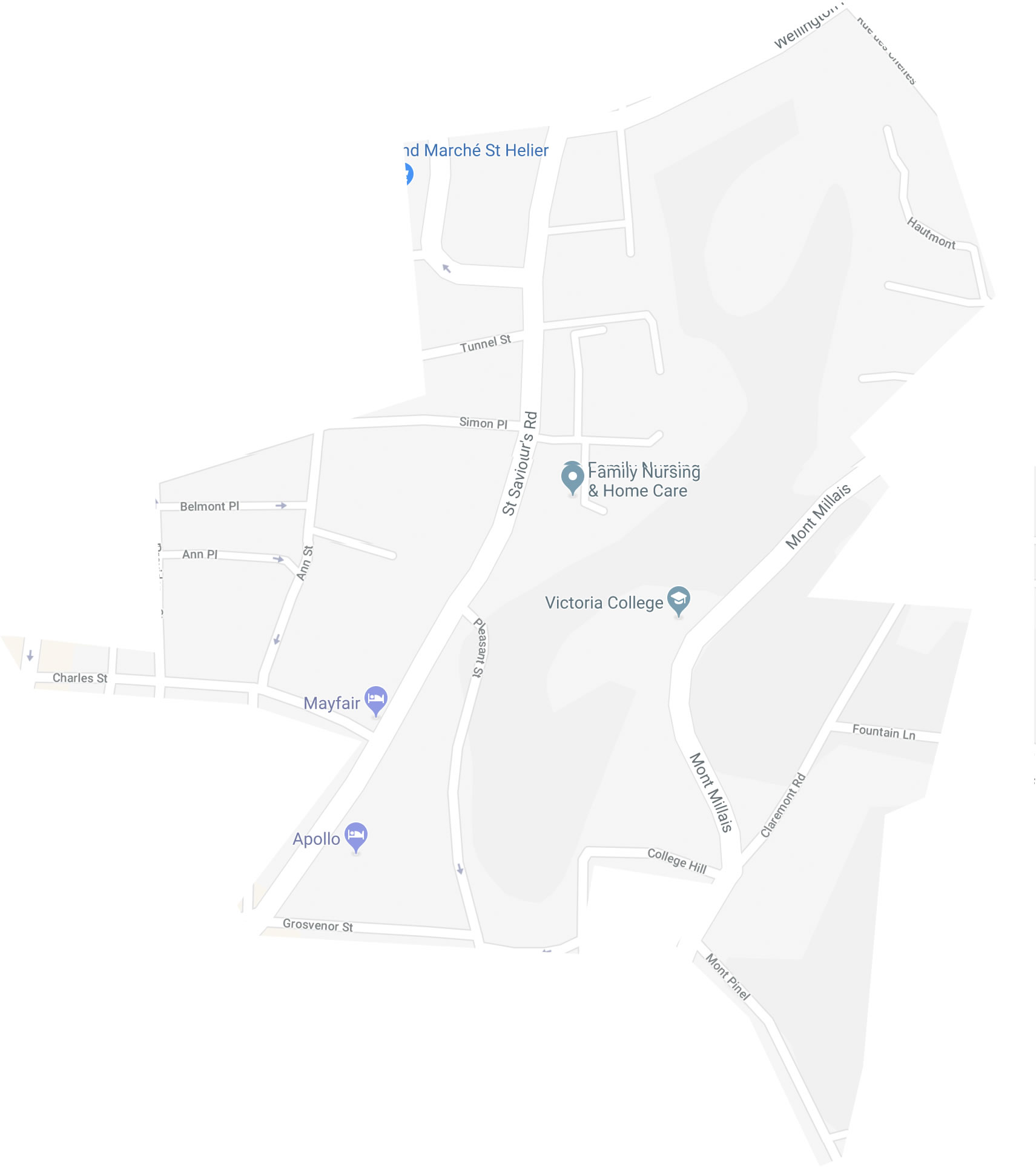
On the 19th of June I will be going into town to photograph the orange area of the above map of St. Helier. This area contains sites such as Victoria College and the Mayfair hotel. I will be taking inspiration from Michelle Sank and Albert Smith in my shoot in the sense that I will be asking residents and workers of this area to pose in their natural environment. I will also be looking at capturing photographs of architecture of places similar to Victoria College as this is something that Albert Smith did. I hope to catch people in their natural environment whilst creating an old-fashioned feel to the photographs through editing and subjects within the photographs. I plan to go into different shops and businesses to photograph subjects as they are without any preparation and hopefully the inspiration from Smith and Sank will come through in my final outcomes.
Points of Interest
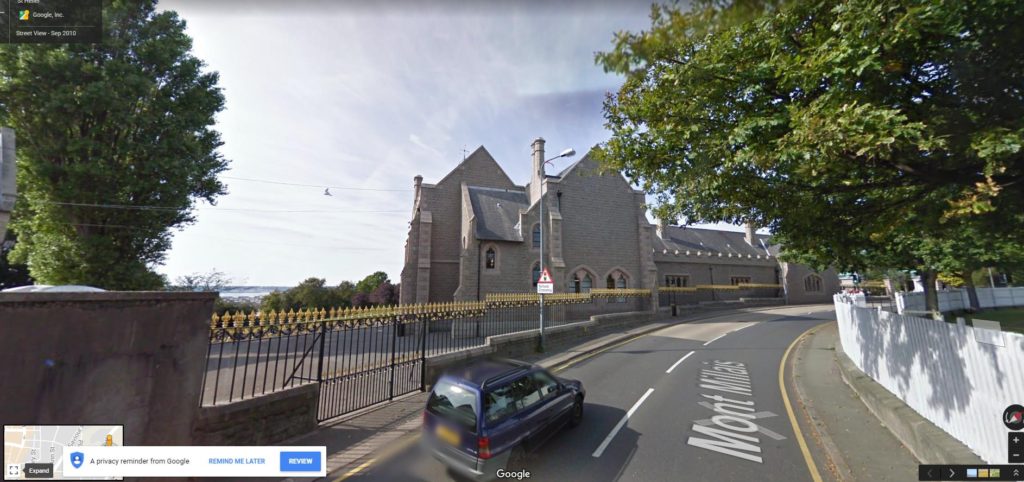

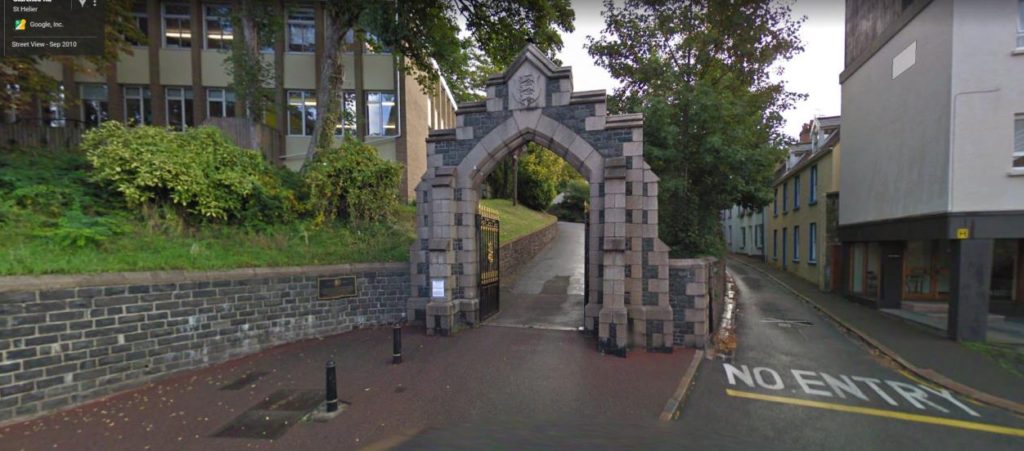
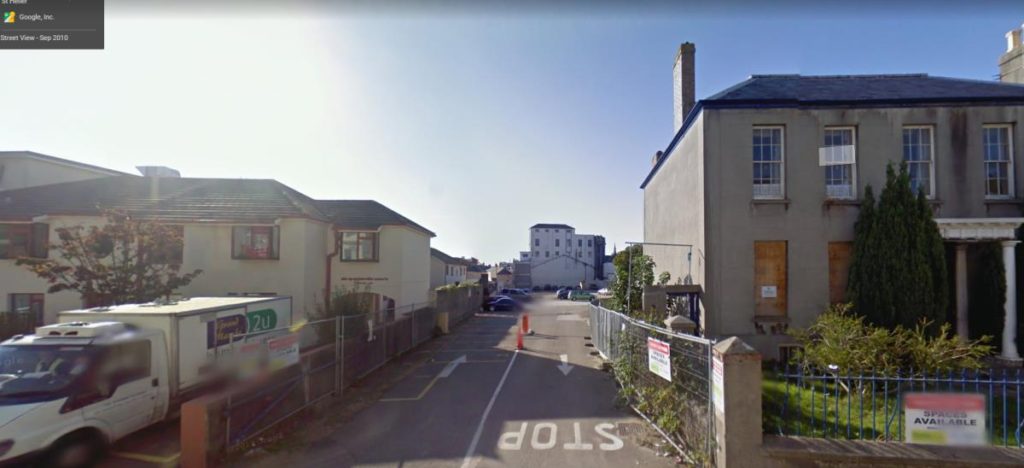
Influences on My Shoot
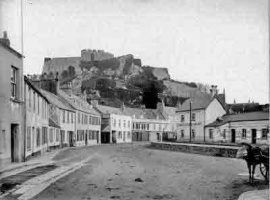




Societe Jersiaise Photographic Archive
The Photographic Archive of the Société Jersiaise contains over 80,000 images dating from the mid-1840s to the present day and is the principal Jersey collection of nineteenth and early twentieth century photography. The archive holds examples of work by important nineteenth century photographers such as William Collie, Charles Hugo, Thomas Sutton and Henry Mullins. The collection incorporates late nineteenth century studio collections of negatives by Jersey based photographers such as Ernest Baudoux, Albert Smith and Clarence Ouless. The archive contains over 15,000 portraits of identified people and views of every bay. Together the collection offers detailed visual record of Jersey and Channel Islands history and an excellent representation of technical and aesthetic developments throughout the photographic era.

Photography arrived in Jersey on 9th May 1840 just nine months after it had been first publicized in the urban centres of England and France. Following technical developments in the 1850s, by the boom period for Victorian photography in the 1860s the number of photographic studios in St Helier peaked at twenty-one. The Société Jersiaise was formed in 1873 but only realised its aim of opening a museum in 1877. In 1992 the Photographic Archive Department was established to implement appropriate collections management policies, to improve storage conditions and to catalogue the collection to increase access so that the public would be able to see their work.

Albert Smith
Albert Smith
Albert Smith is the best known and probably the most prolific of Jersey’s early photographers, although a significant number of pictures credited to Smith, specifically the photographs used for his post cards, were not taken by him, but by employees or by Ernest Baudoux, whose business he acquired when he arrived in Jersey from London.
Smith started in business in Jersey in 1892 from premises at 59 New Street, which he kept until 1931. He also had outlets at 13 Beresford Street and 45 Bath Street from 1899 to 1907, but he closed these and opened an outlet at 3 Broad Street, which also continued to operate until 1931.
Thousands of his images survive as glass plate negatives and subjects include studio portraits and portraits of cattle. Many of his views were sold as postcards. Nearly 2000 of Smith’s photographs can be seen online in the photographic archive of la Societe Jersiase, out of a total of nearly 3,300 of his photographs held in the archive.
His portfolio of photographs shows the extreme diversity of Albert Smith’s work. Even though not all of the photographs may have been taken by him, they are all attributed to his business. Many are commercial, but others show a fascinating documentary of life in Jersey in the late 19th and early 20th century. Smith was not predominantly a portraitist even though lots of his photographs show this, he preferred to work outside photographing groups on carriage and charabanc outings.
Smith published a book in about 1910 named ‘102 Views of Jersey and the Channel Islands‘, which includes pictures of early Battles of Flowers, and a selection of pictures of Guernsey.
I chose to research Albert Smith as in my shoot on Tuesday 19th June, I would like to be able to focus on environmental photographs as Smith does and would also like to take pictures of the architecture such as Victoria College to create an old-fashioned feel. Albert Smith’s diversity in photographs is what mainly appealed to me.




Analysis of an Albert Smith Photograph

In this photograph by Albert Smith, it appears that a natural lighting was used to show the natural shadows and contrast in this environmental portrait. This ensures the photo shows how Jersey really looked in the earlier stages. A deep depth of field will have been used for this photograph as the whole of the photograph is in focus – there is no blurring for effect, it is all kept completely natural. A shutter speed of around 1/60 will have been used along with a fairly low ISO of 200-800. This is because the quick shutter speed ensures no movement blurs in the photograph whilst the ISO ensures that the photograph is bright enough to show the subjects. The photograph has a warm orange tinge to it, reminding the viewer that it is a very old photograph.
There is no colour in this photograph as it was taken between 1892 – 1931, this rustic feel in the photographs creates a natural sense to show that is documentary photography. There is a wide tonal range in this photograph as the bright white sachets on the officers contrast with their black uniforms to create different tones. The image has a 3D setting due to the positioning of the subjects – the officer on the chair is clearly in front of the cannon with the other two officers standing behind him. The old faded effect partly takes away from the 3D effect due to the faded contrast and shadows.
This environmental photograph shows three RJA officers in the work environment posed for a photograph. This documents what St. Helier was like before all of the land reclamation and development and also shows what the people were like through the choice of hair styles and facial hair. Smith would take lots of portrait photographs similar to this showing groups of St. Helier residents in their work environment or natural habitat.
I think that when Smith was taking all of these portraits and landscape photographs he was focusing on experimenting on what he could do photography as it was relatively new at the time. Smith showed us the development of photography and St. Helier along with the residents in it. Whether Smith realised it or not, he documented St. Helier for future use and gave us an insight into early photography with the purpose of showing the different views and areas of Jersey.
Michelle Sank
Michelle Sank
Michelle Sank was the ‘Archisle: The Jersey Contemporary Photography Programme Photographer in Residence 2013’. Her project, ‘Insula’ presents a series of photographs by Sank responding to Jersey culture, community and landscape.
Michelle Sank was born in Cape Town, South Africa and currently lives in the U.K. She describes herself as a ‘social demographic’ photographer – she says ‘My Practice is concerned with the notion of encountering, collecting, and re-telling. I am interested in creating sociological landscapes, interplays of human form and location that are significant in their visual, cultural and psychological nuances. I see my work as a celebration of the constantly changing moments and phases in life.’ Her work encompasses issues around social and cultural diversity.
In 2009 Sank undertook a three month residency in Aberystwyth, South Wales where she produced work that formed the exhibition and book called ‘The Submerged’ in 2011. The project took its title from parts of an ancient forest buried under the sands of Cardigan Bay which surface after stormy weather. These fragmentary boughs
symbolise occasions when people or places seize Sank’s attention to be photographed.
I chose to study Michelle Sank as her photographs contrast but also relate with Albert Smith’s in the sense that they document people but they are different styles of portraiture. This will allow me to produce a diverse set of photographs when I have a shoot in town.


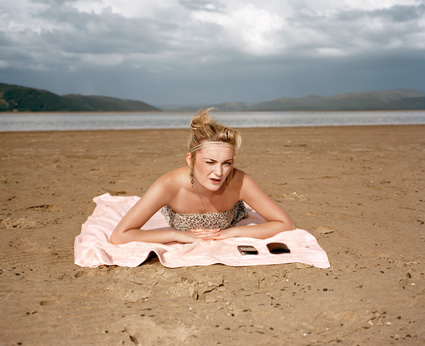
Analysis of a Michelle Sank Photograph

In this Michelle Sank photograph, natural lighting was used to allow a natural environmental feel to the photograph due to the natural shadows and contrast. A deep depth of field appears to have been used as the whole of the photograph is in focus which helps to convey the idea that this is more of a documentary photograph than a commercial one. A shutter speed of 1/40-1/100 will have been used to capture this photograph along with a low ISO of 100 or 200 in order to allow enough light to enter the camera lens whilst keeping the quality as high as possible. There is contrast in the photograph between the feel of a warm day and the cold blue of the models’ outfits.
There are very vibrant colours in this photograph that contrast with eachother, such as the bright orange hair of the subjects and their deep blue jackets. There is not a massive range of tones within the photograph as it is generally a fairly light and summery photograph. The light reflecting off of the leather jackets creates a texture within the photograph, creating a more interesting subject. This use of texture and shadows helps to create a more 3D and realistic feel. The two subjects have been placed side by side to show the differences and similarities between the two.
This photograph is from a Michelle Sank project about Young Carers, children under the age of 18 who are often the main carers for a sick parent or sibling. In addition to performing daily household tasks like washing, bathing, cooking and shopping, they also have to manage the additional pressure of school. Because they are different, they are often exposed to bullying from schoolmates and lack a sense of identity as an individual in their own right.
Due to Michelle Sank choosing this subject, I think that with these portraits she is trying to empower the young people with a sense of their own identity and normality. It shows the subjects dressed in their own choice of clothing and being themselves, in a situation where they could be free.

